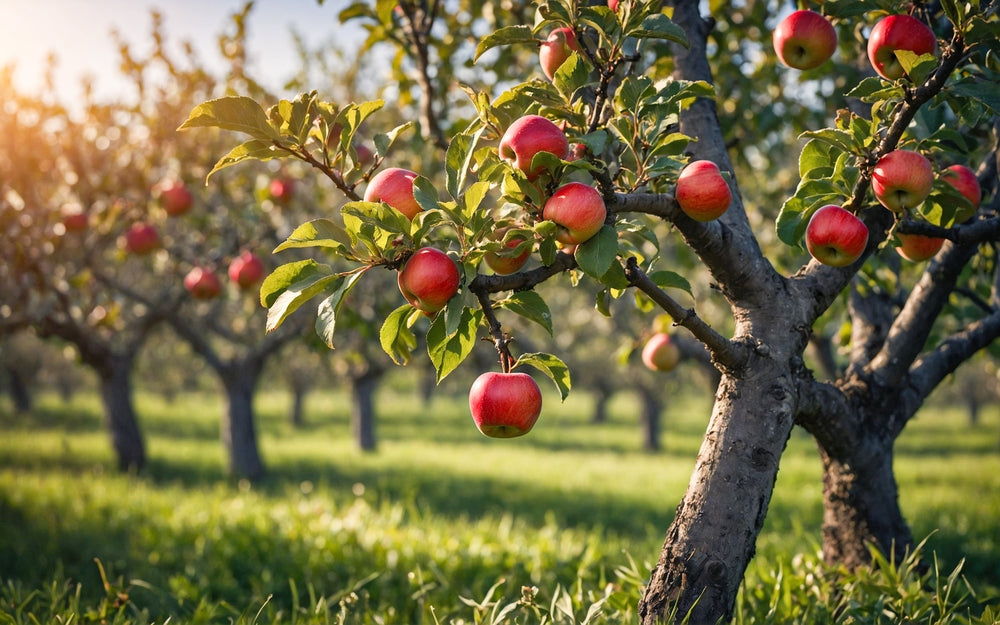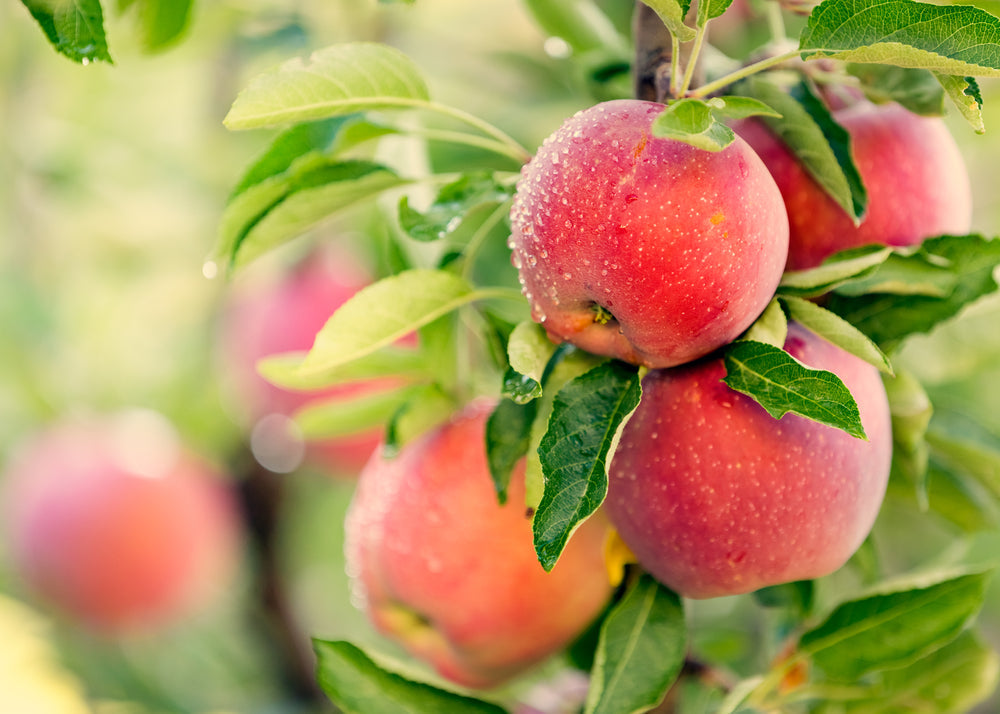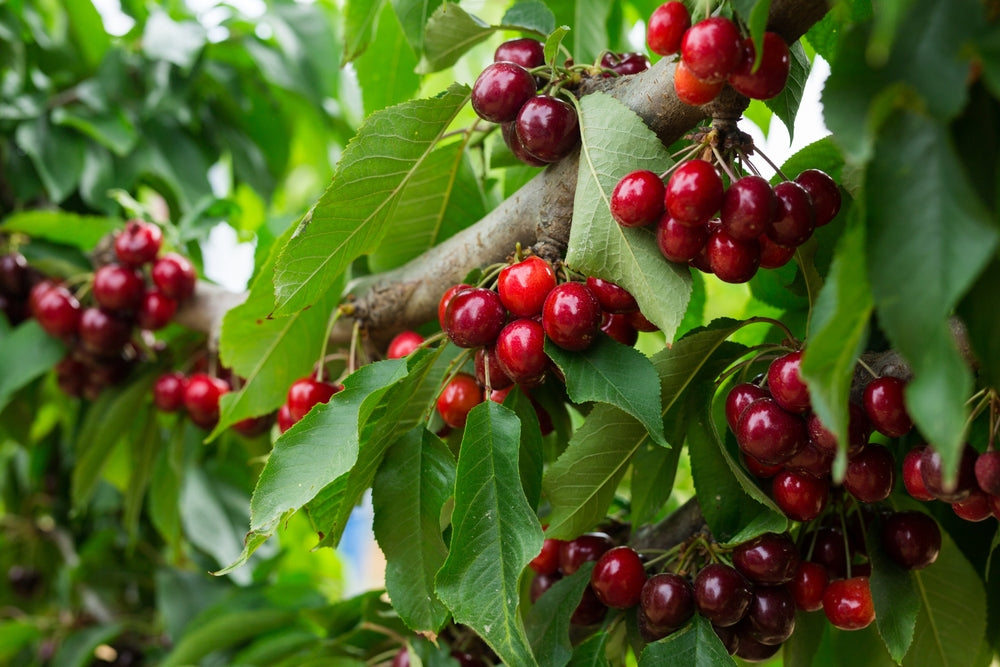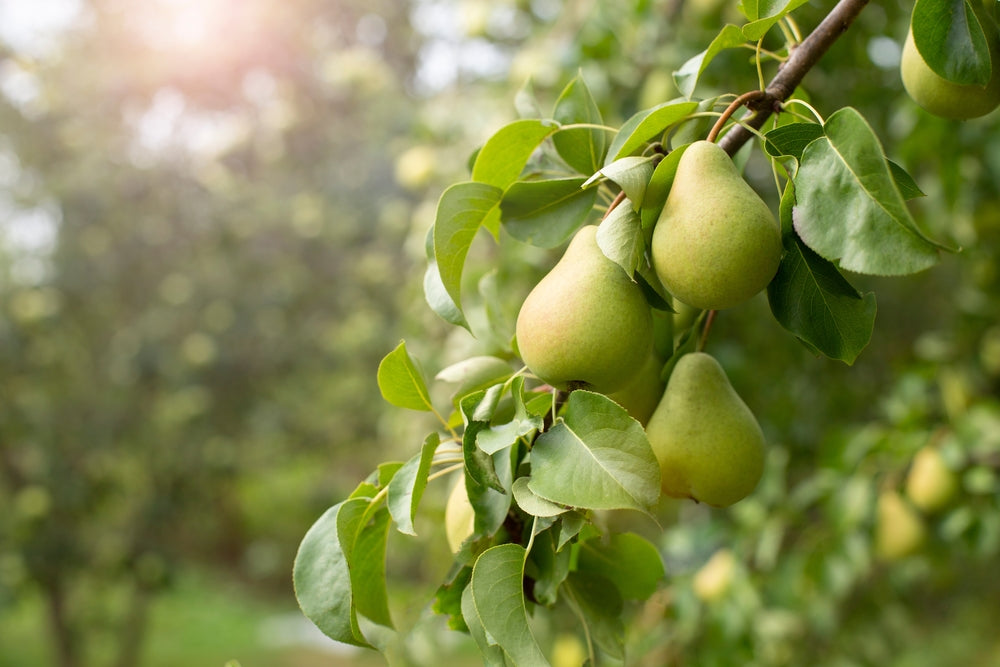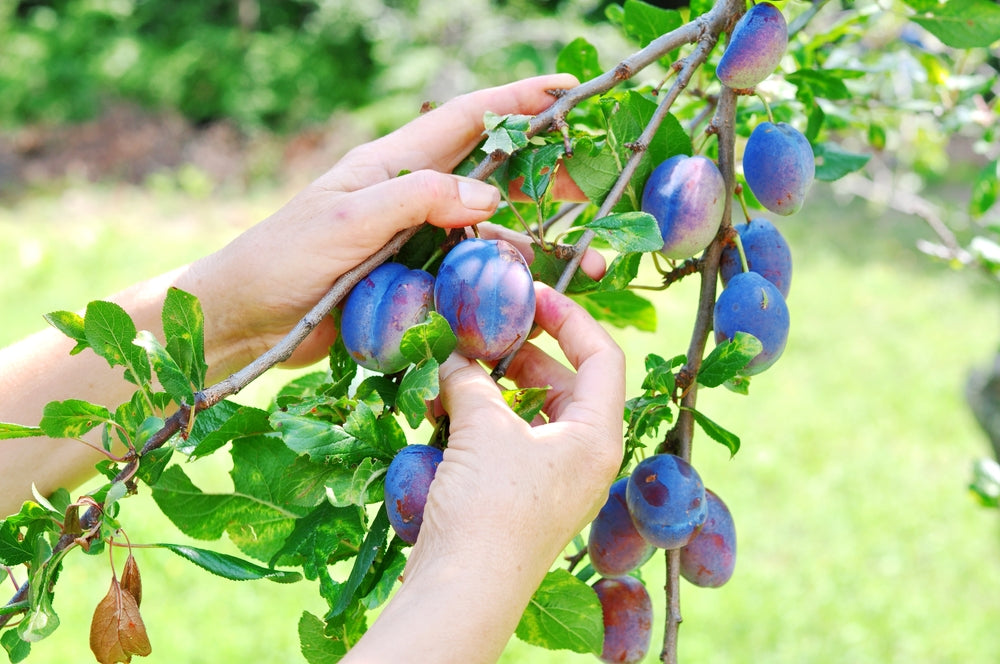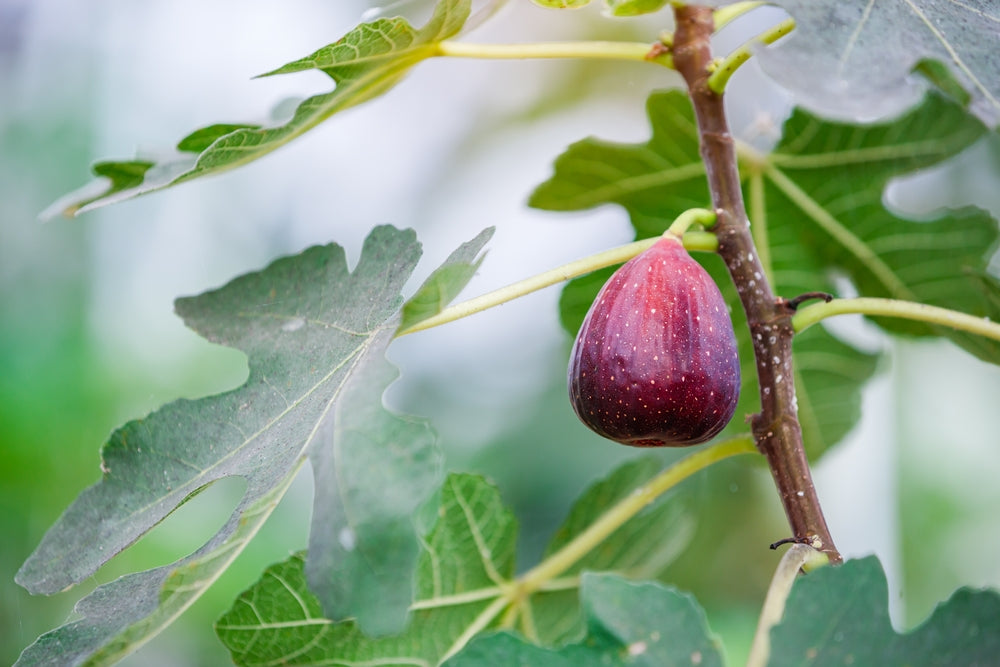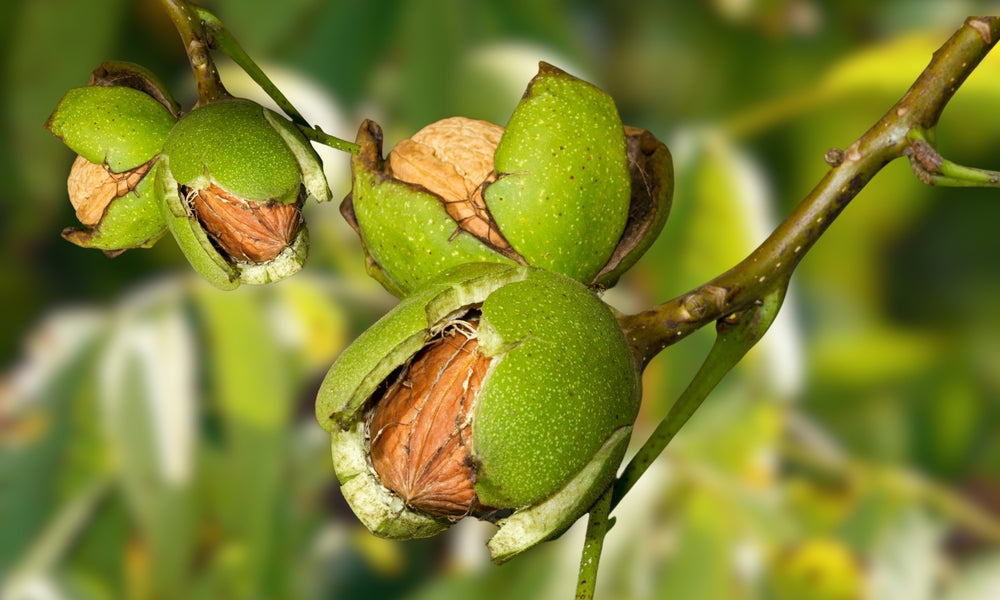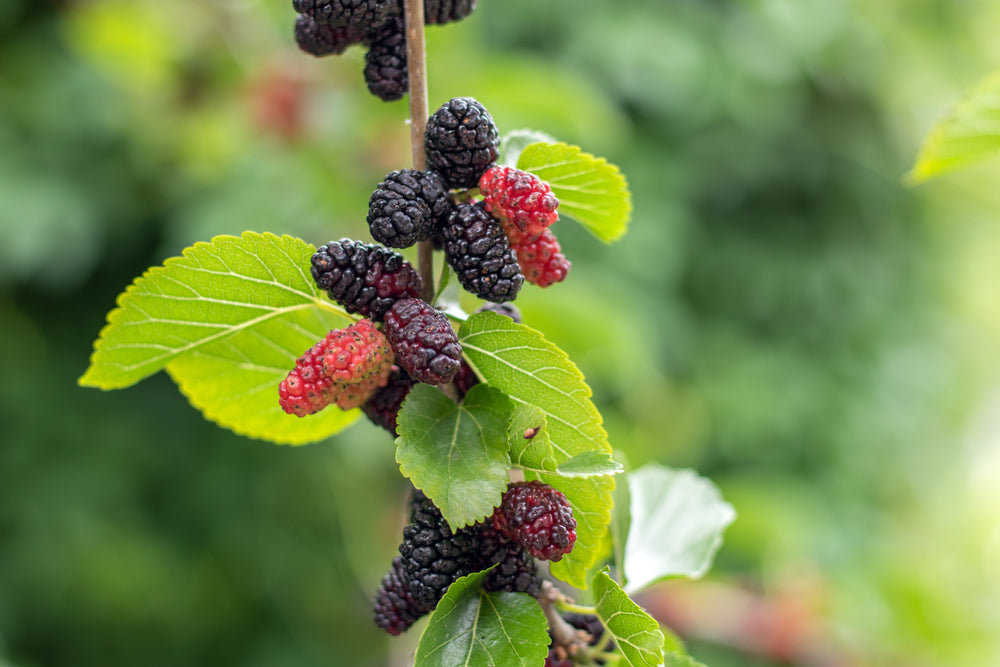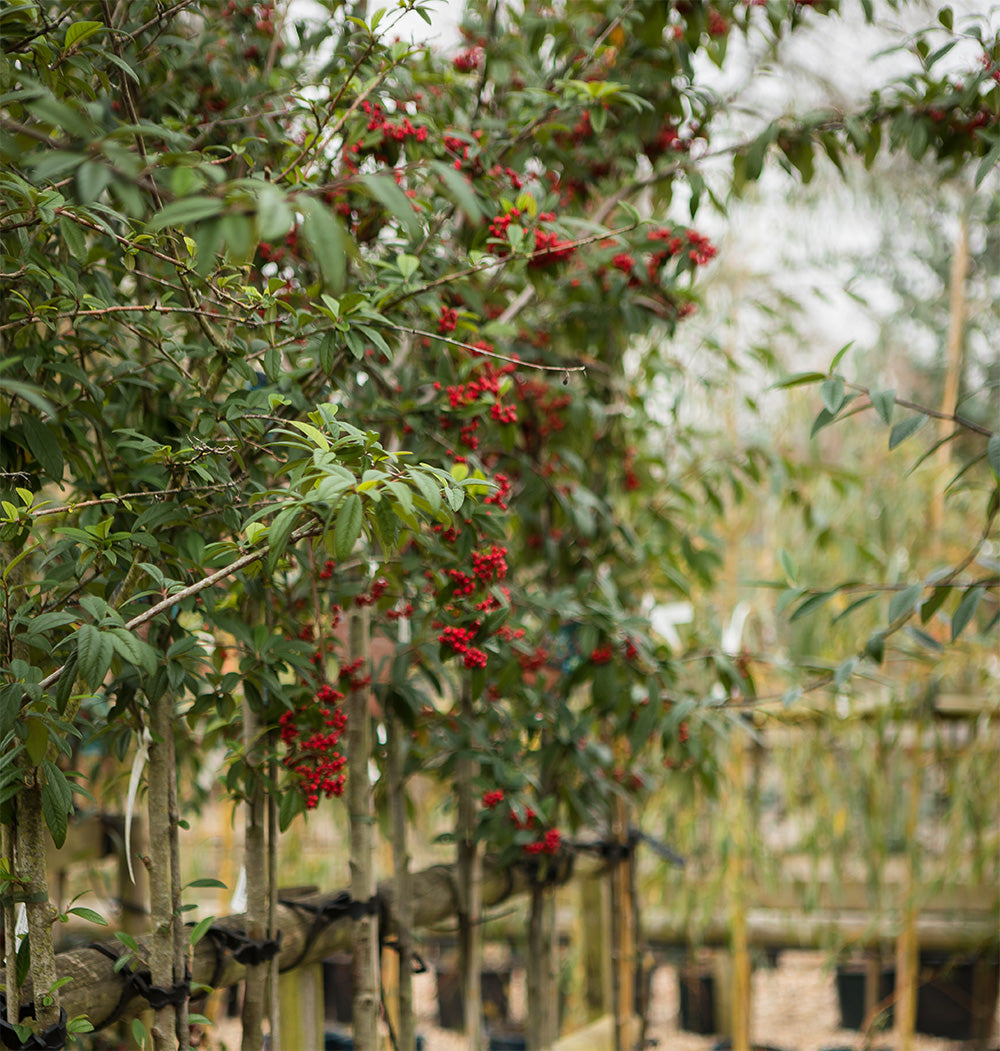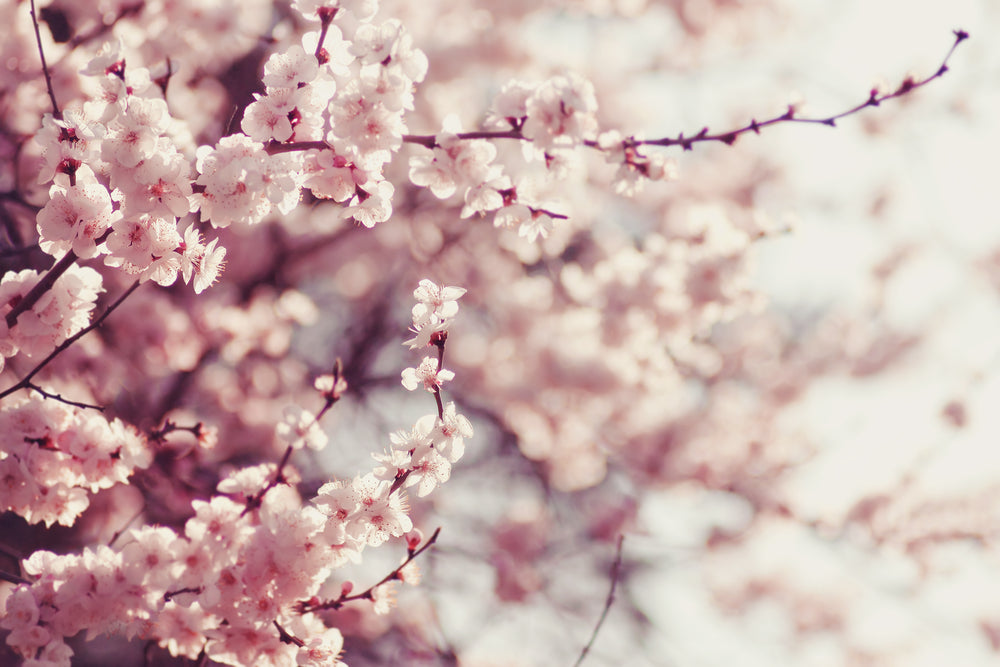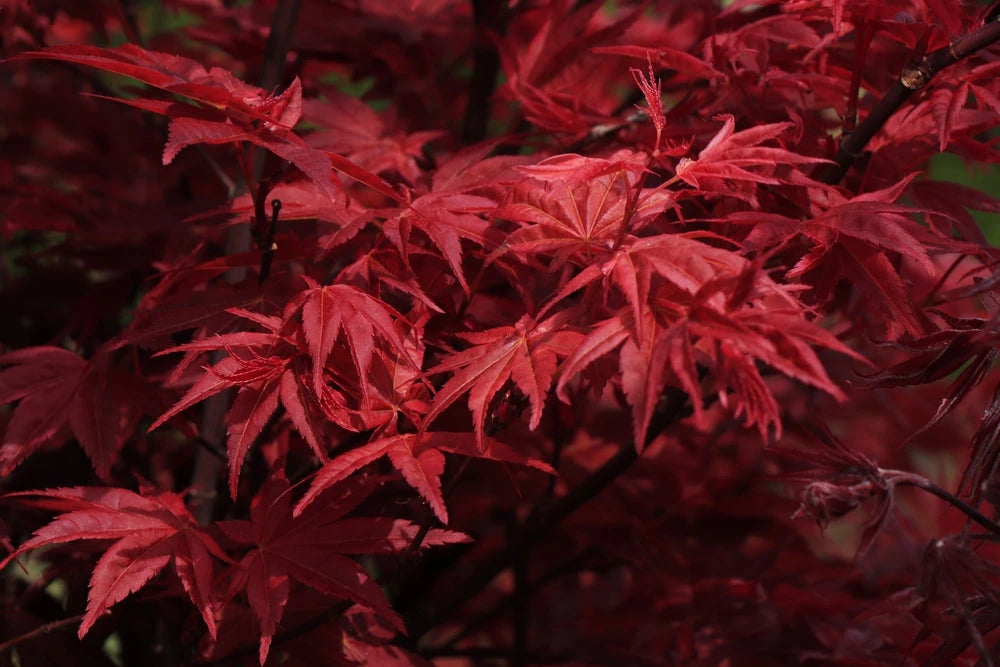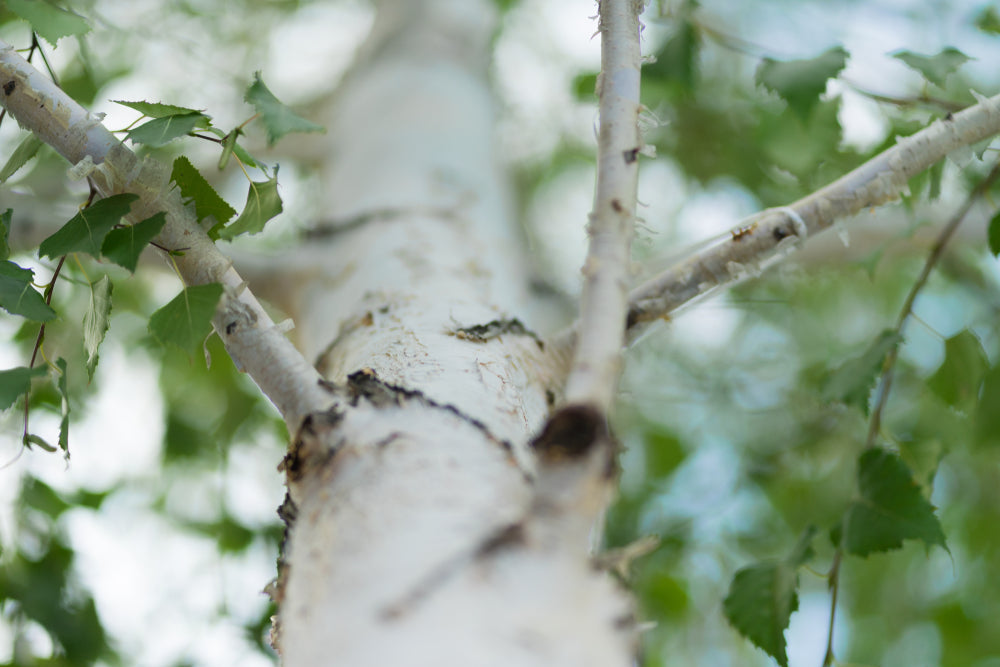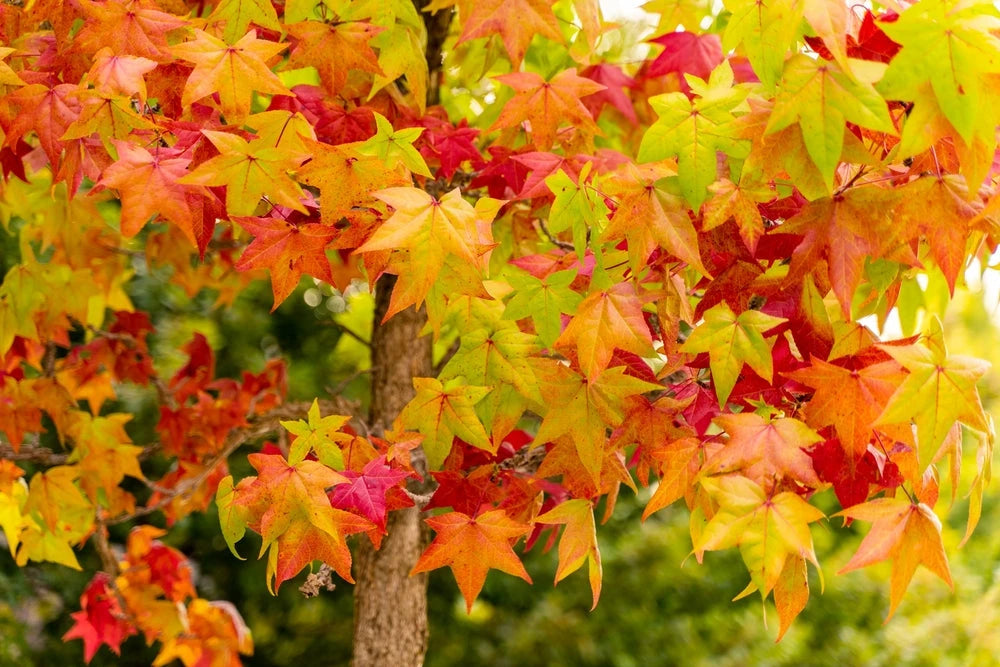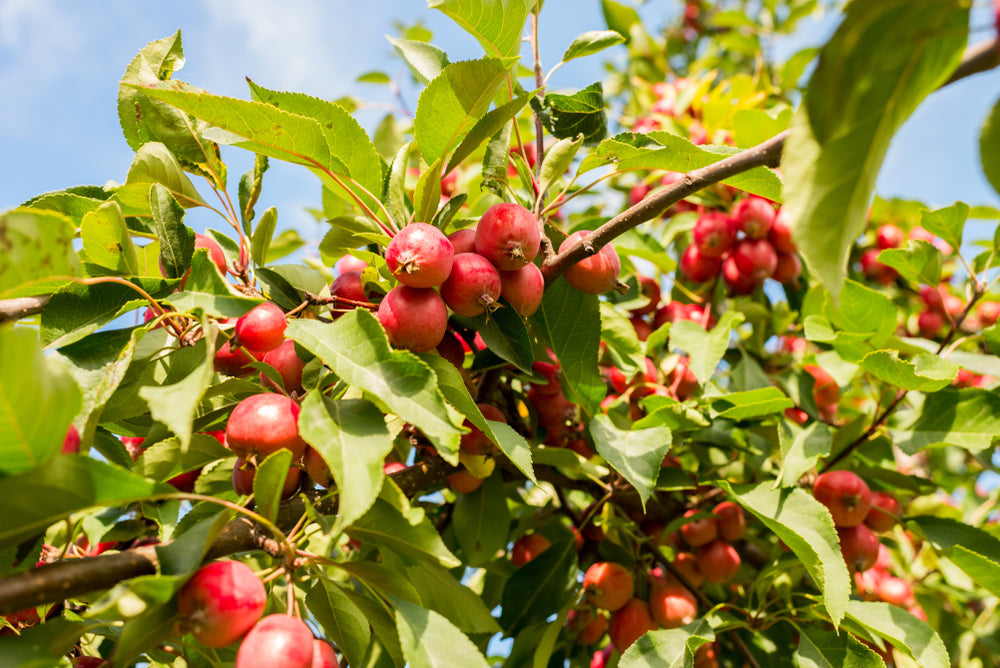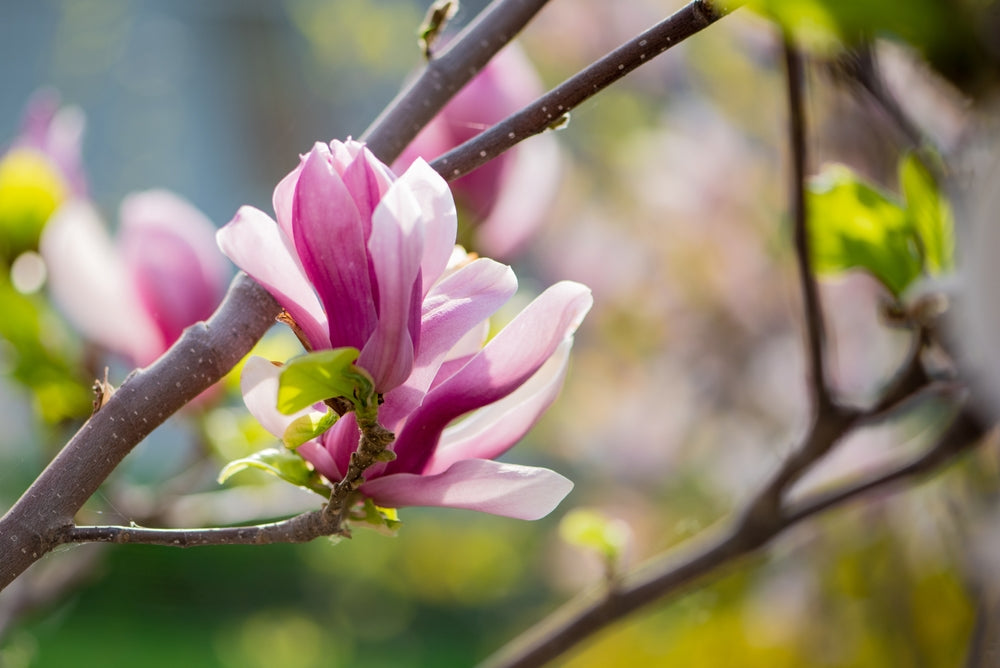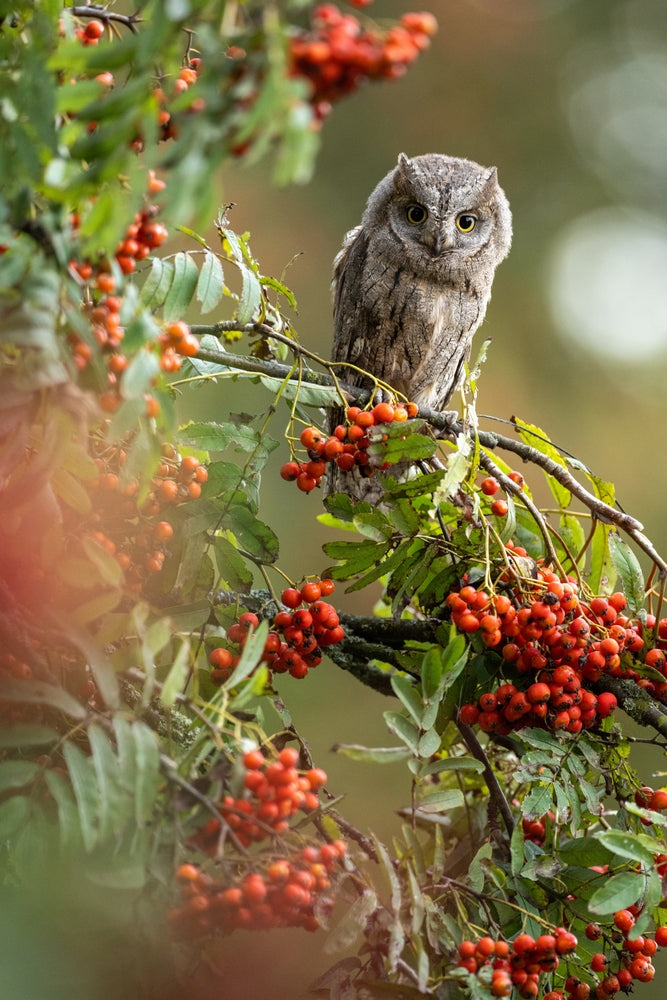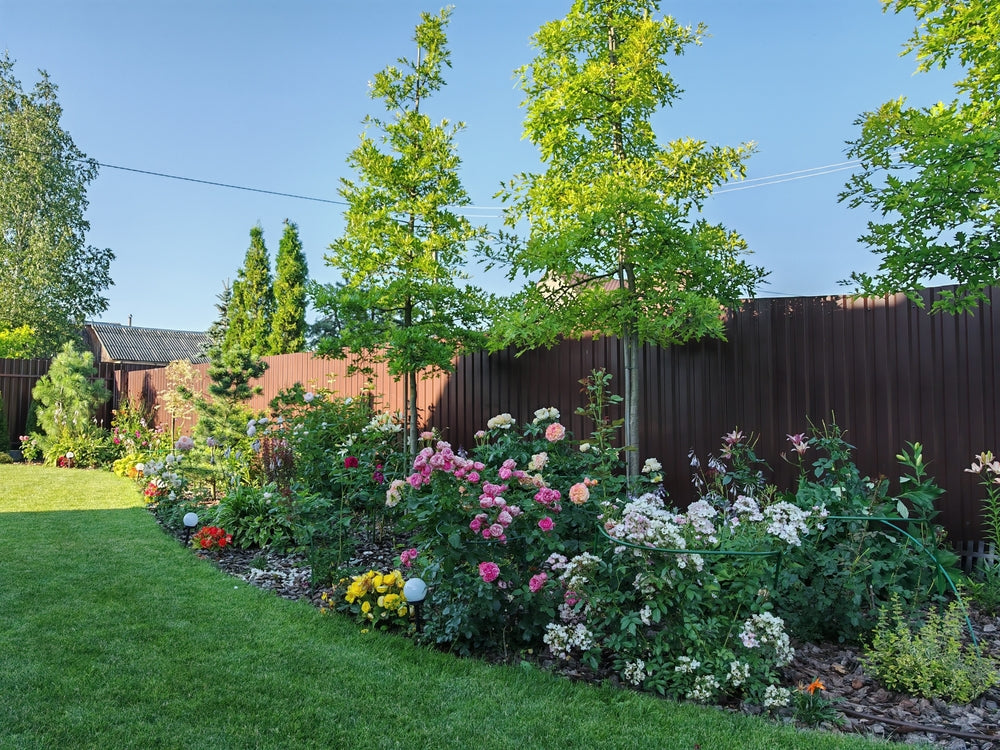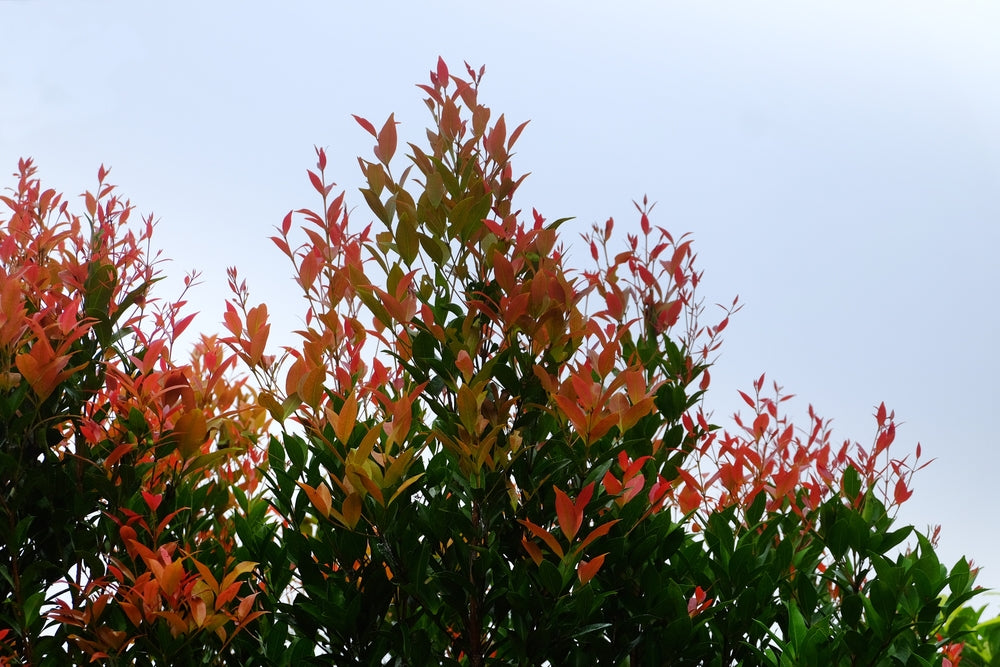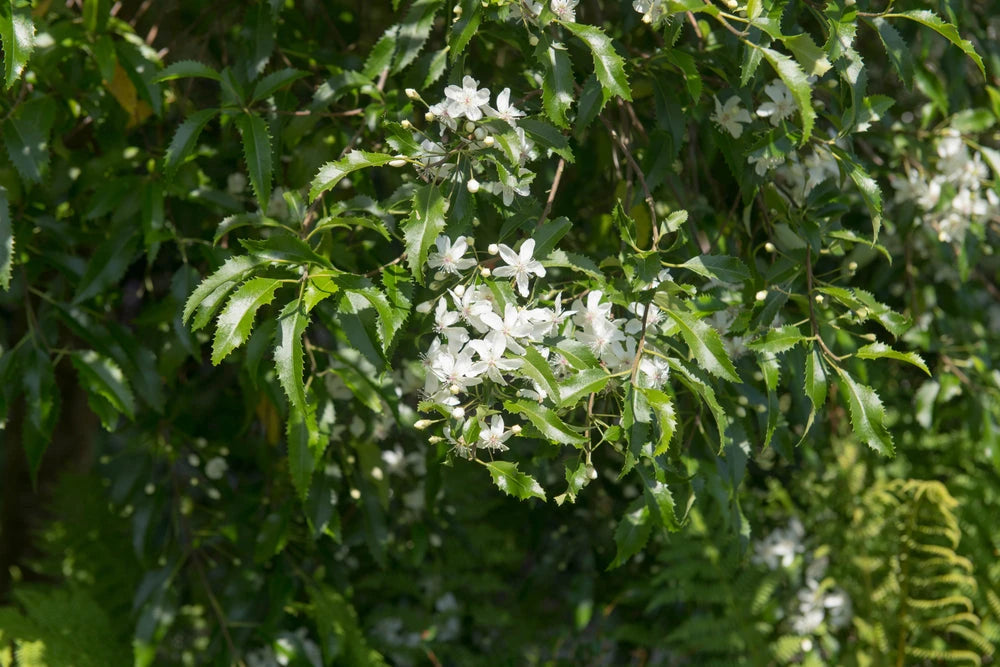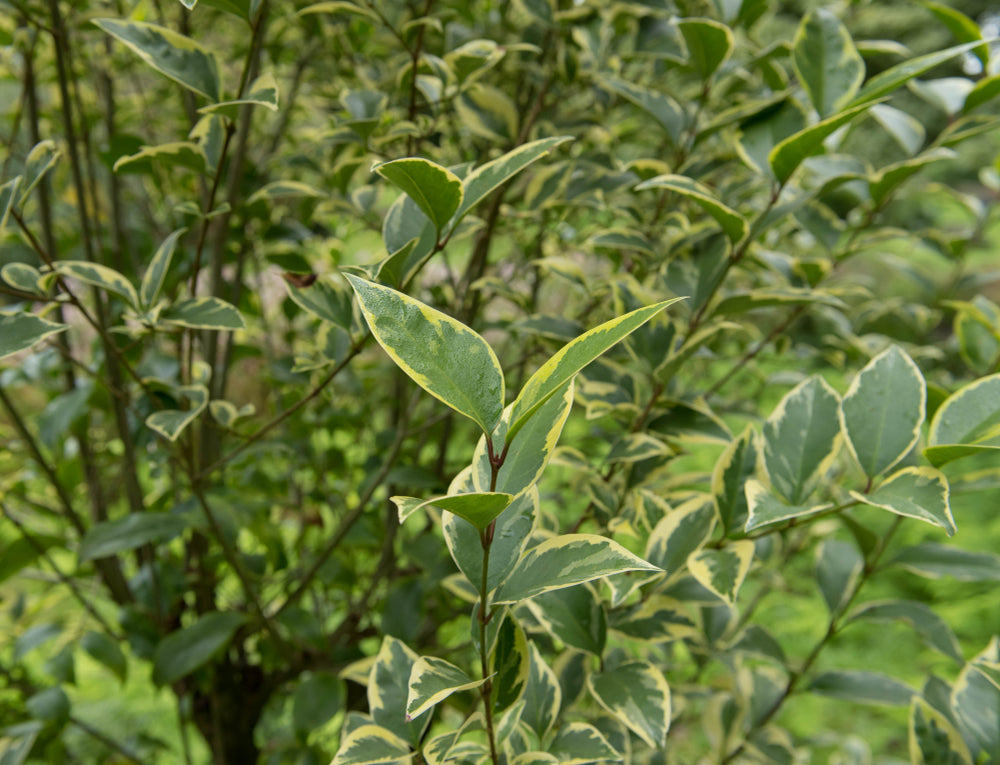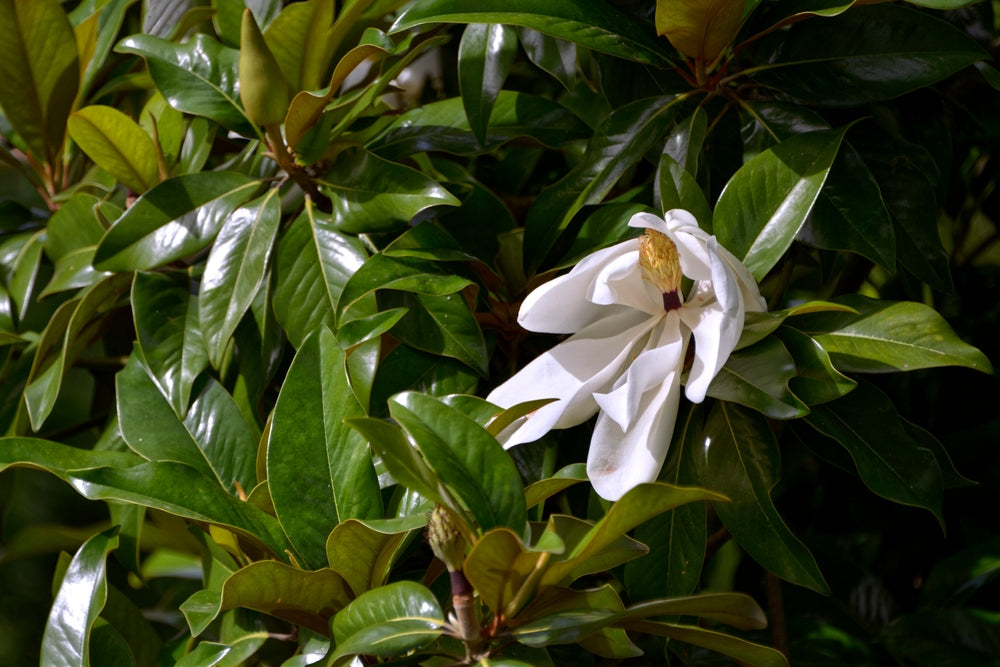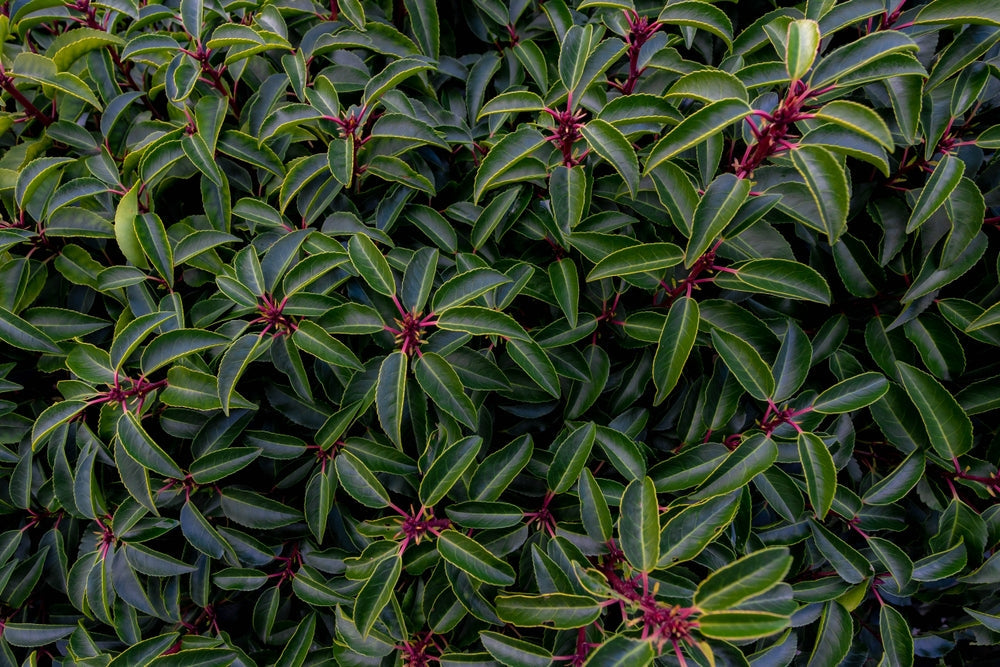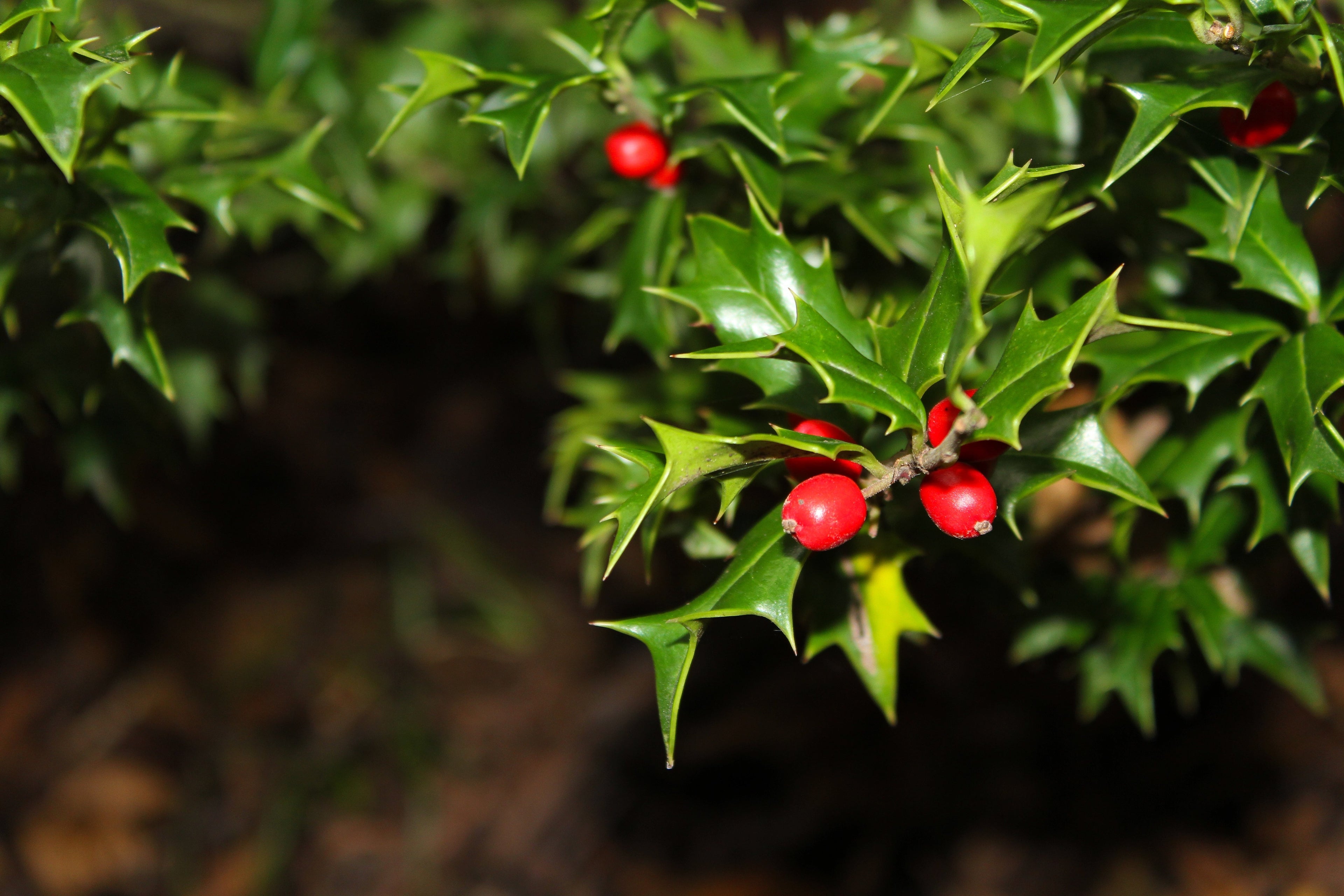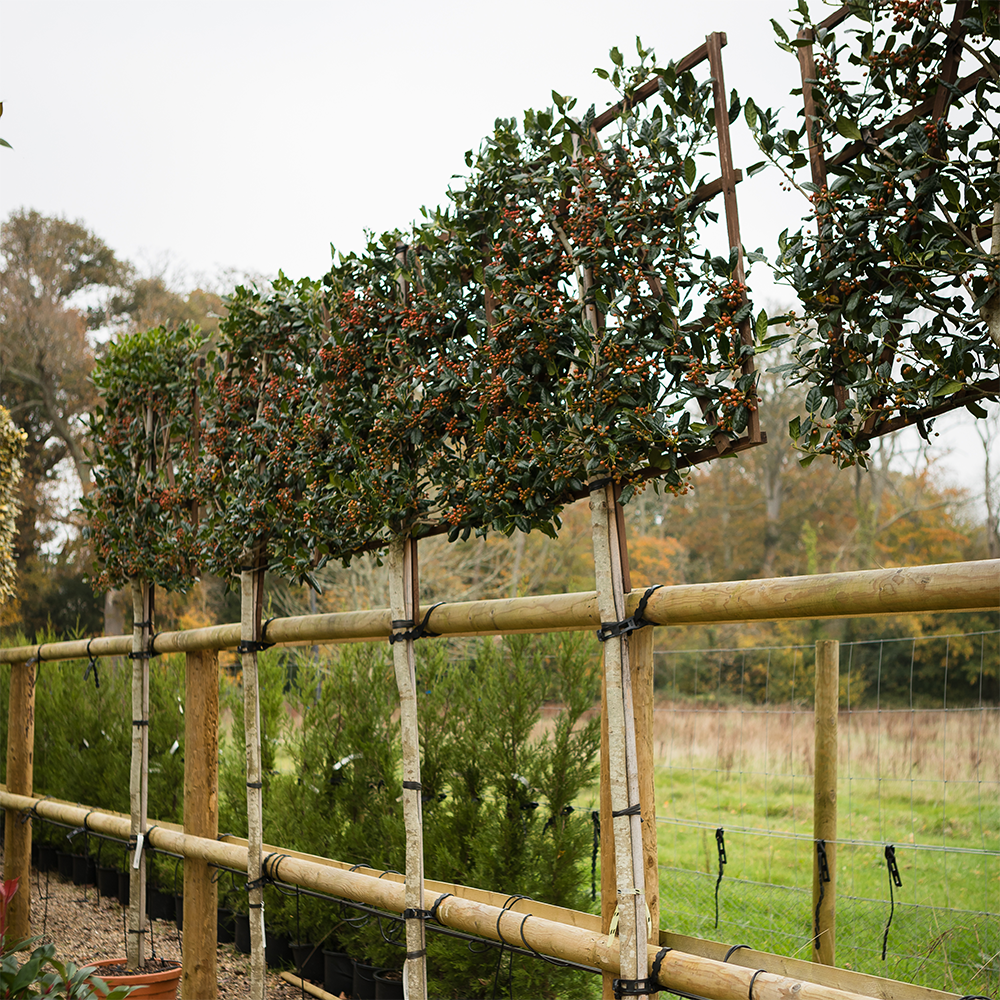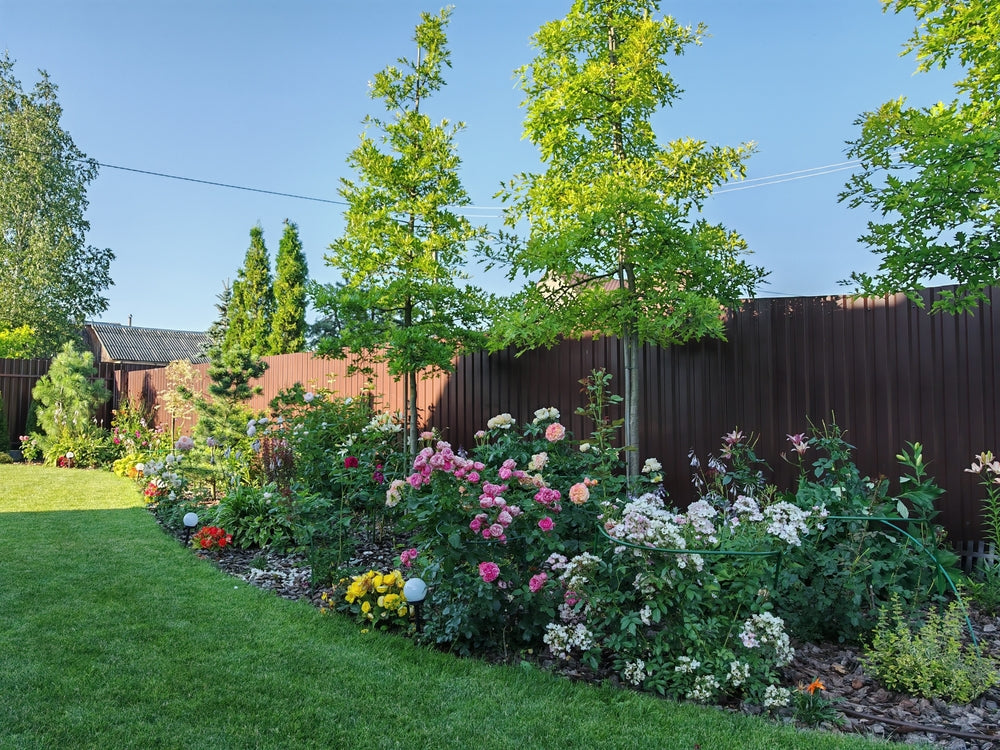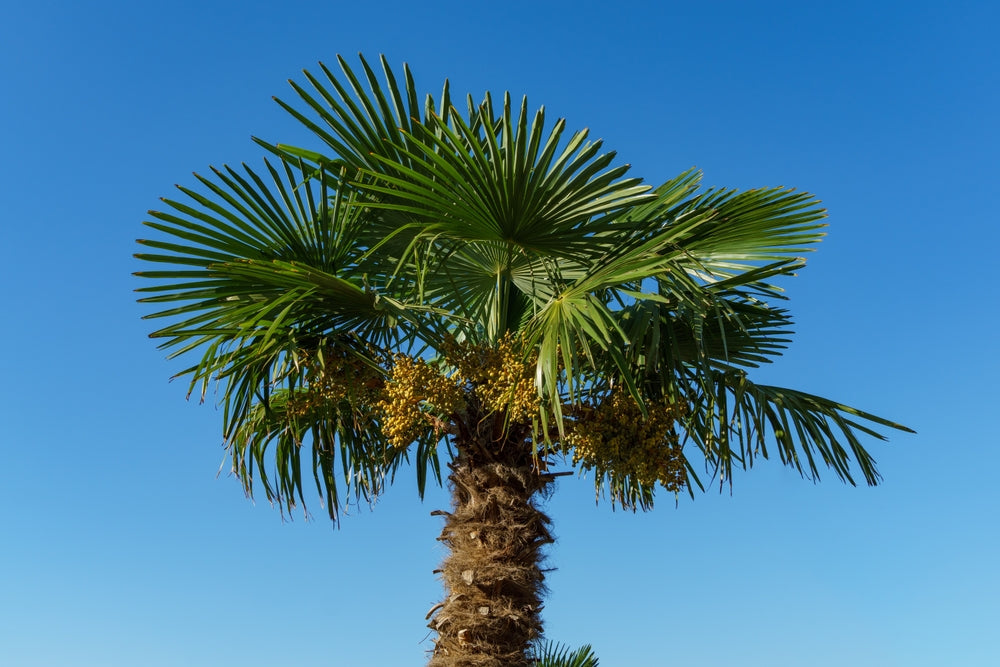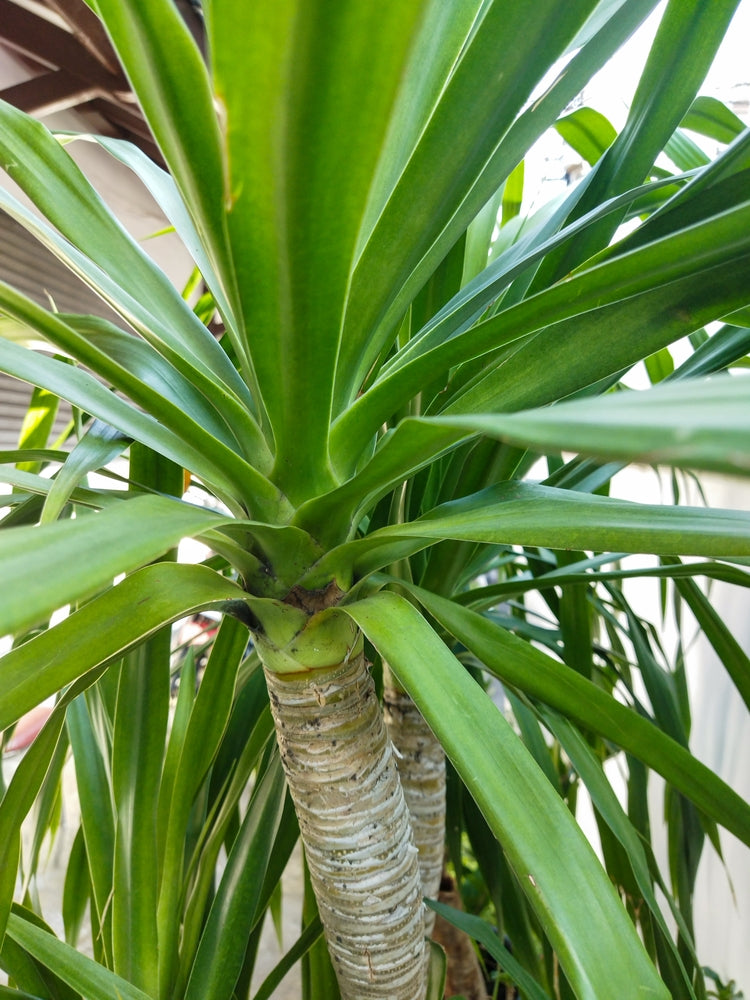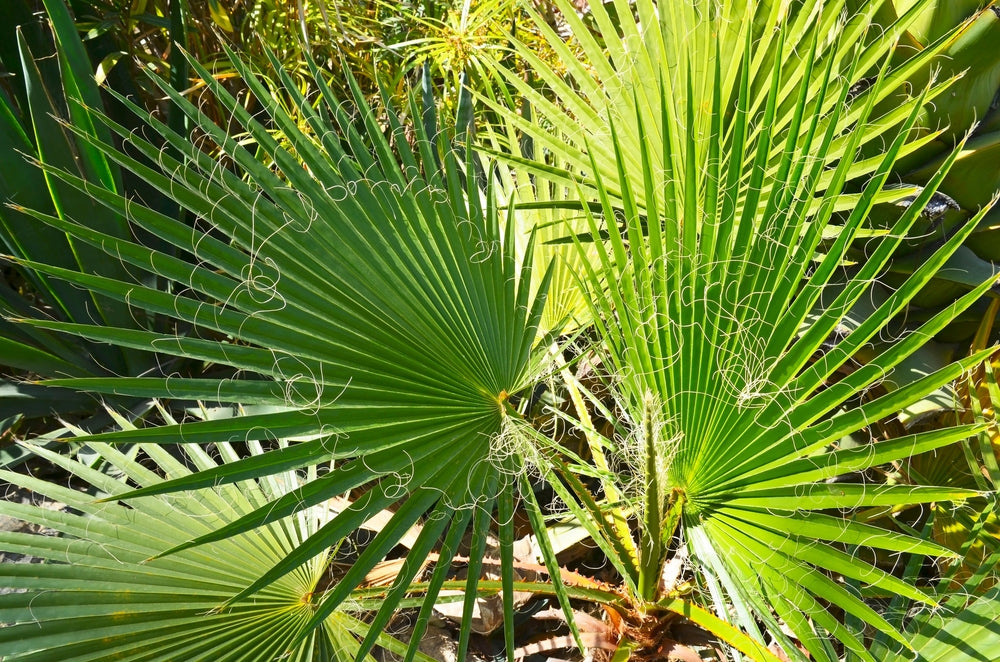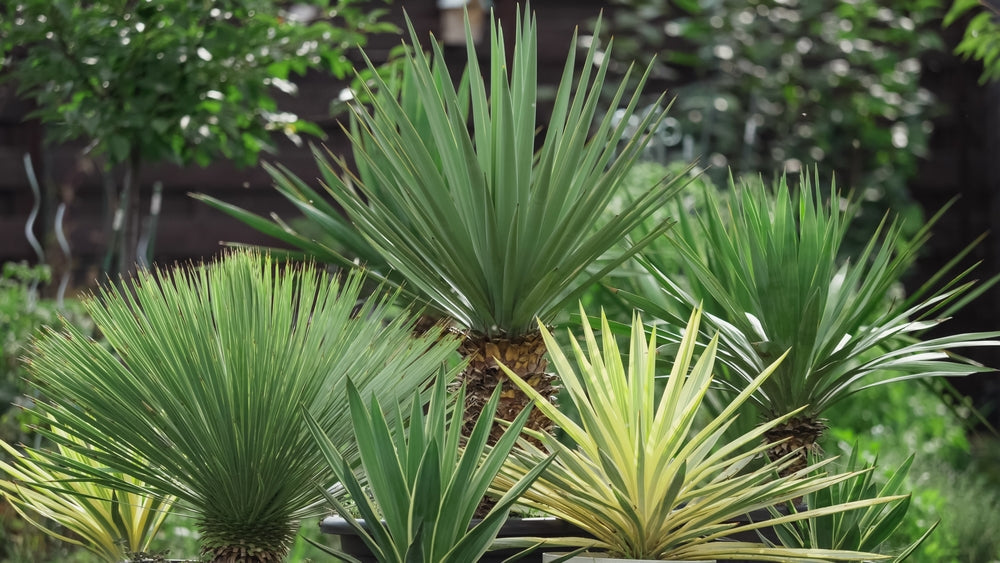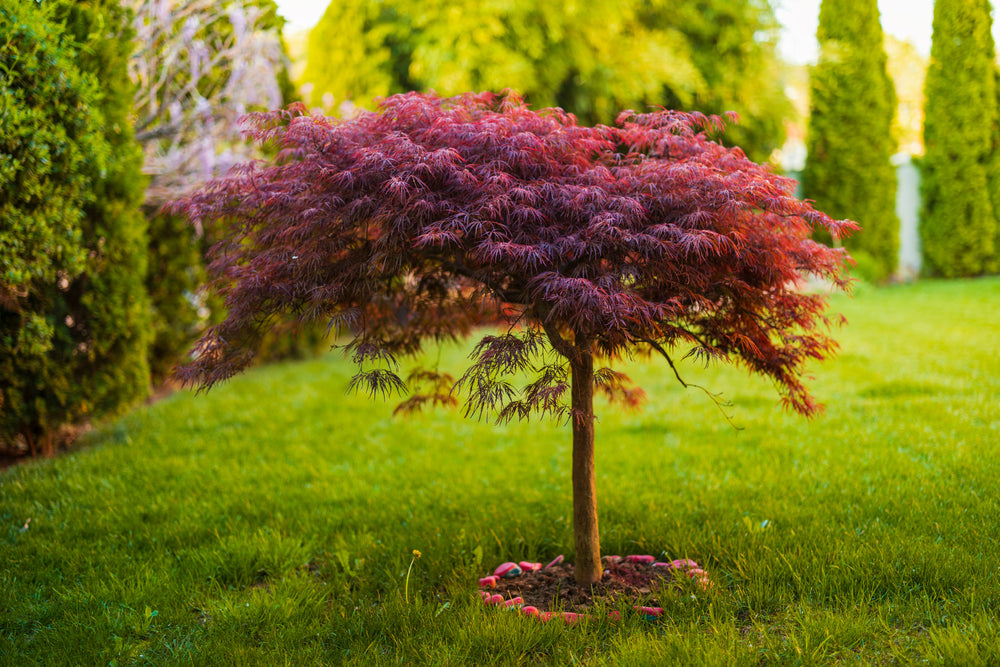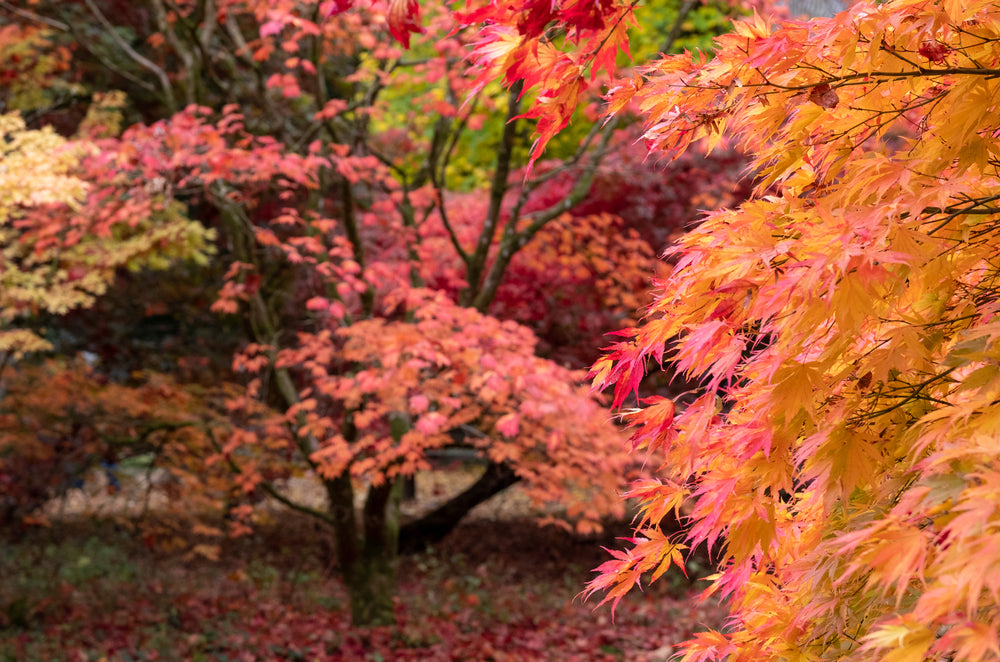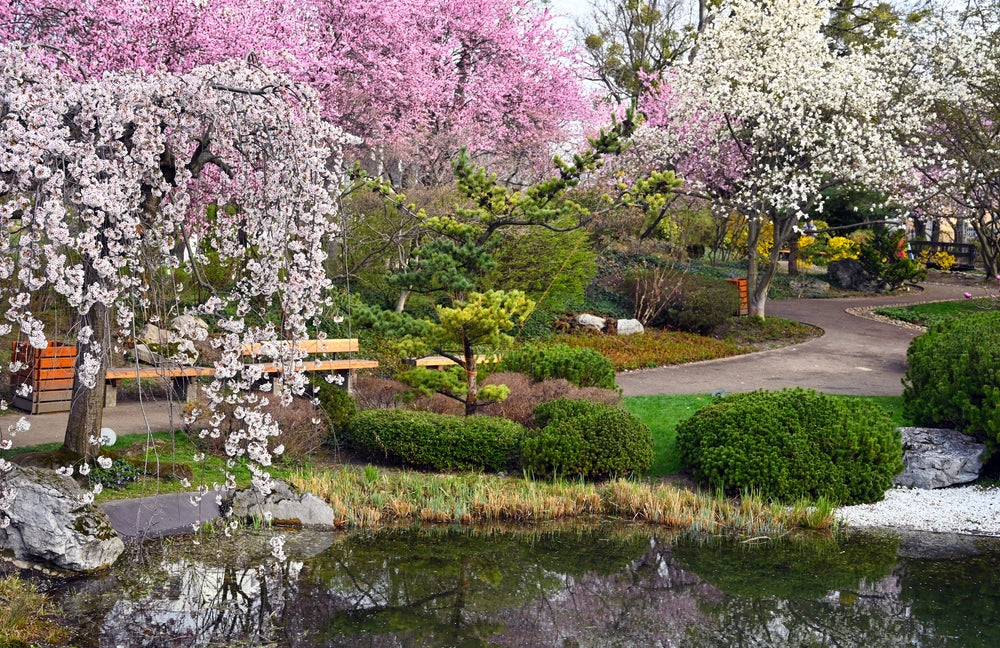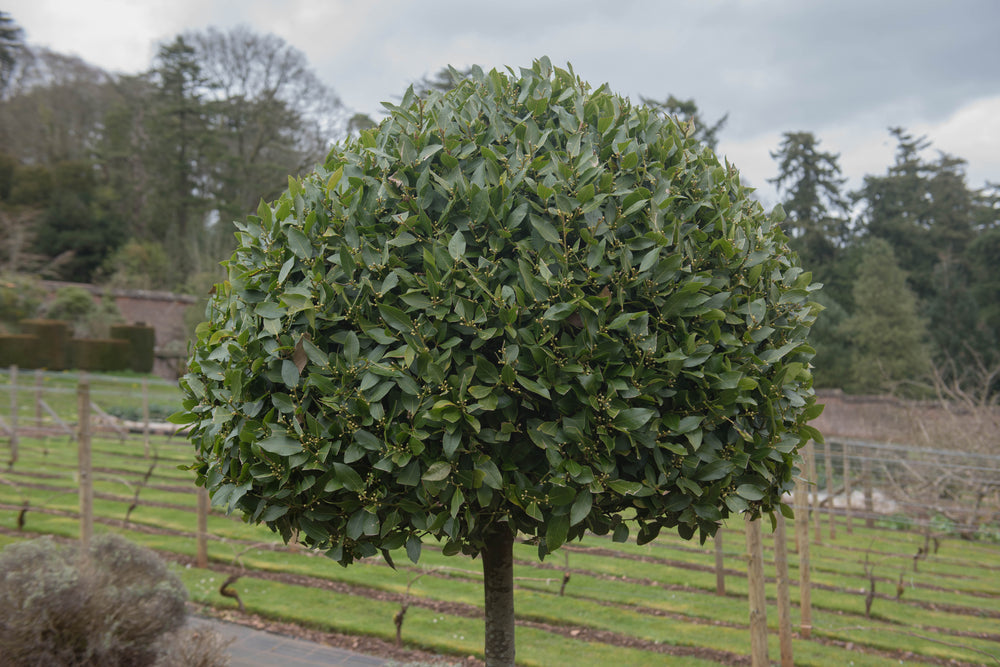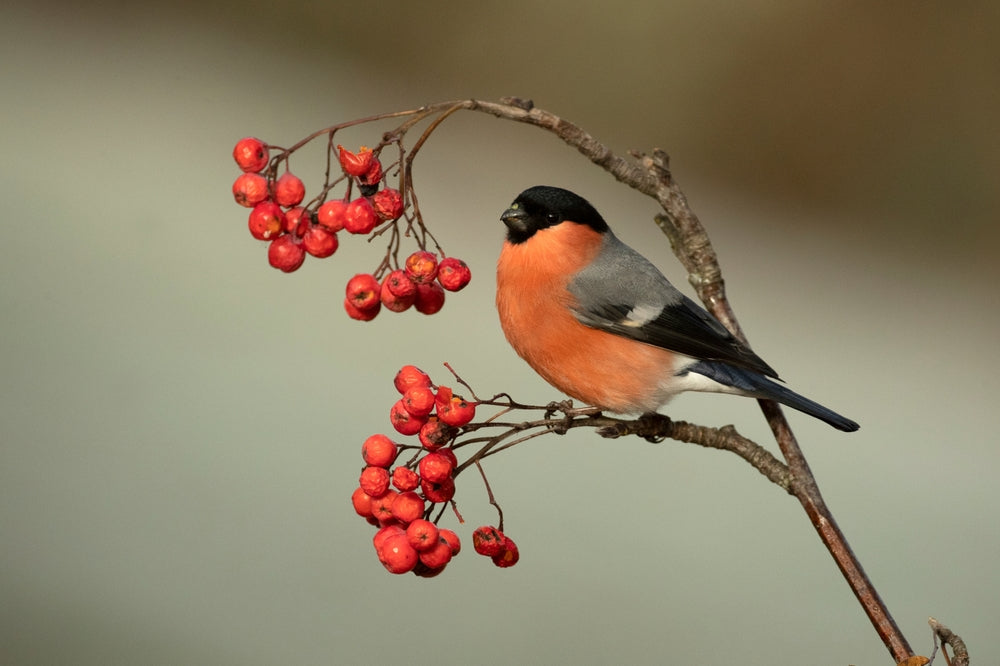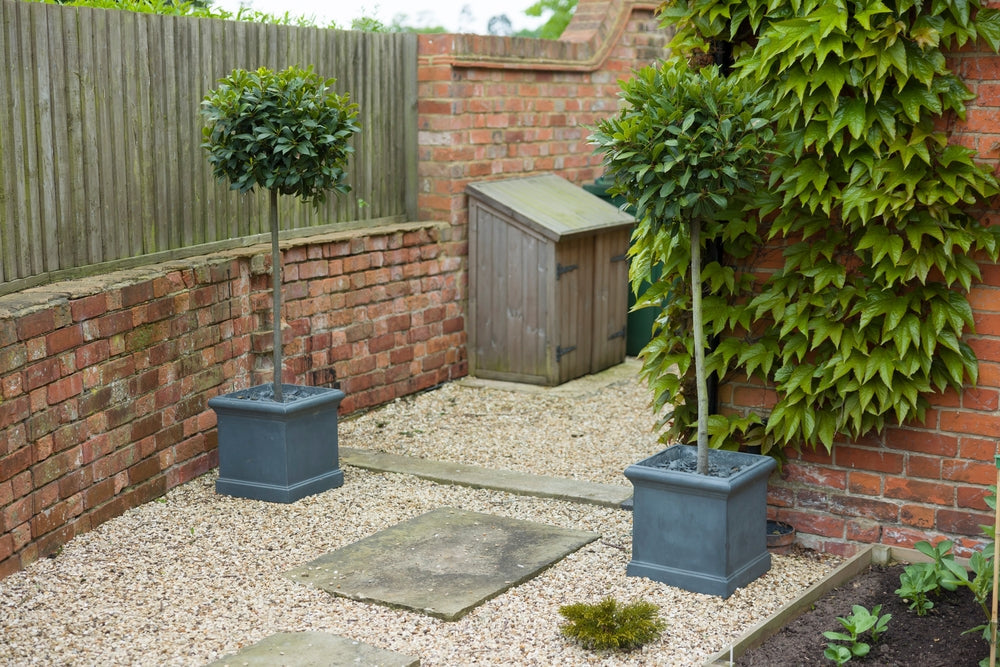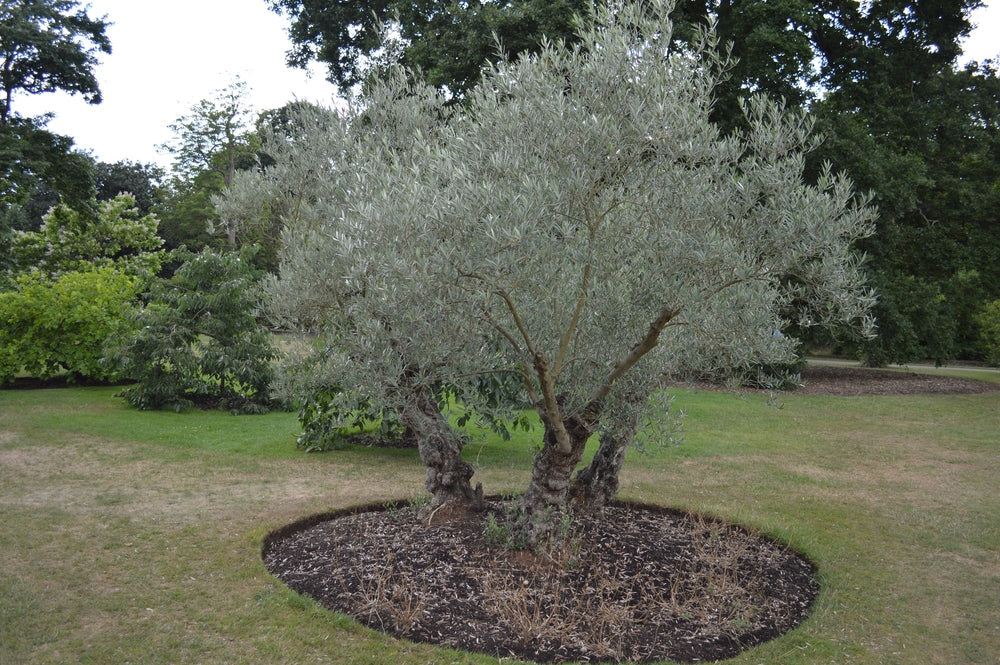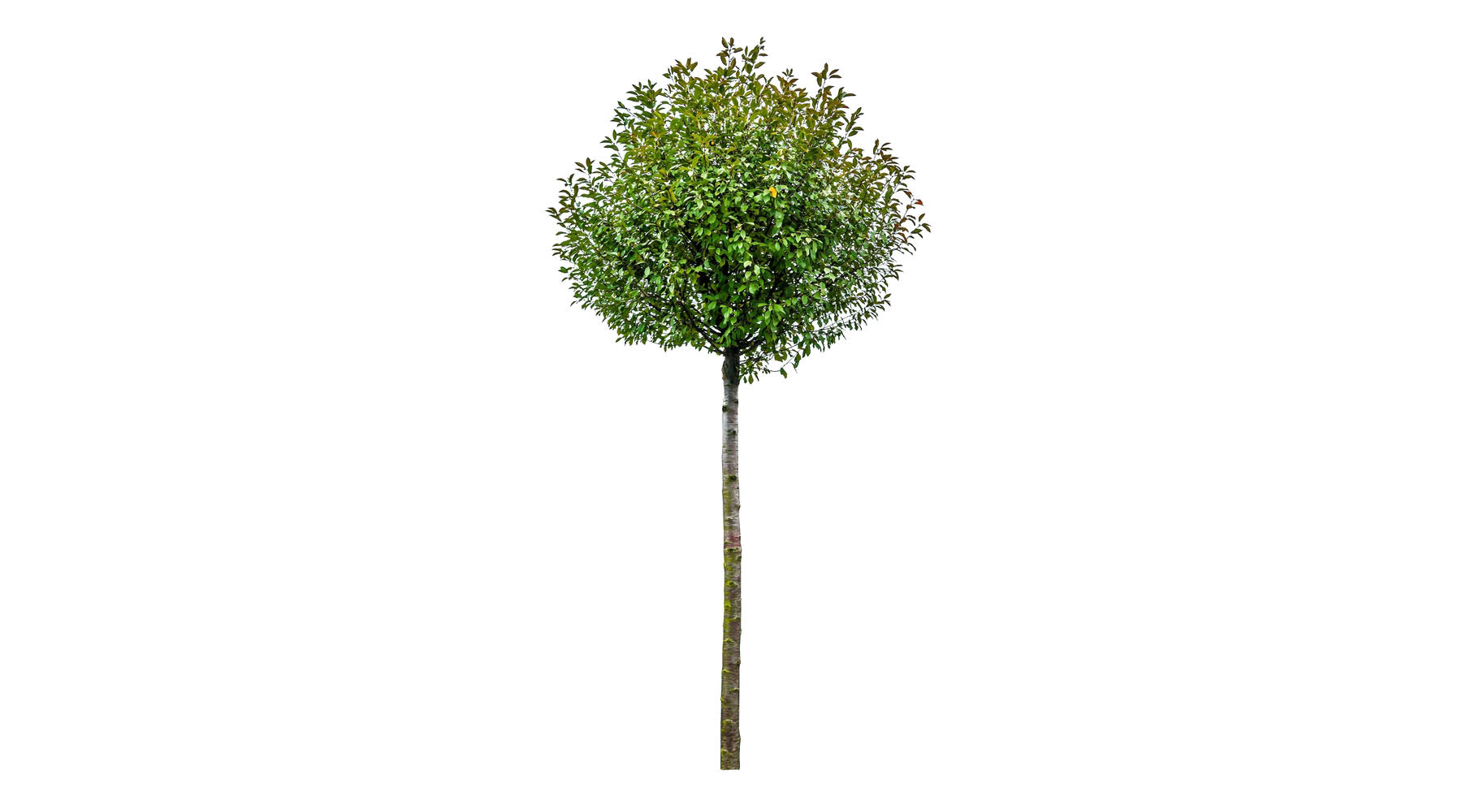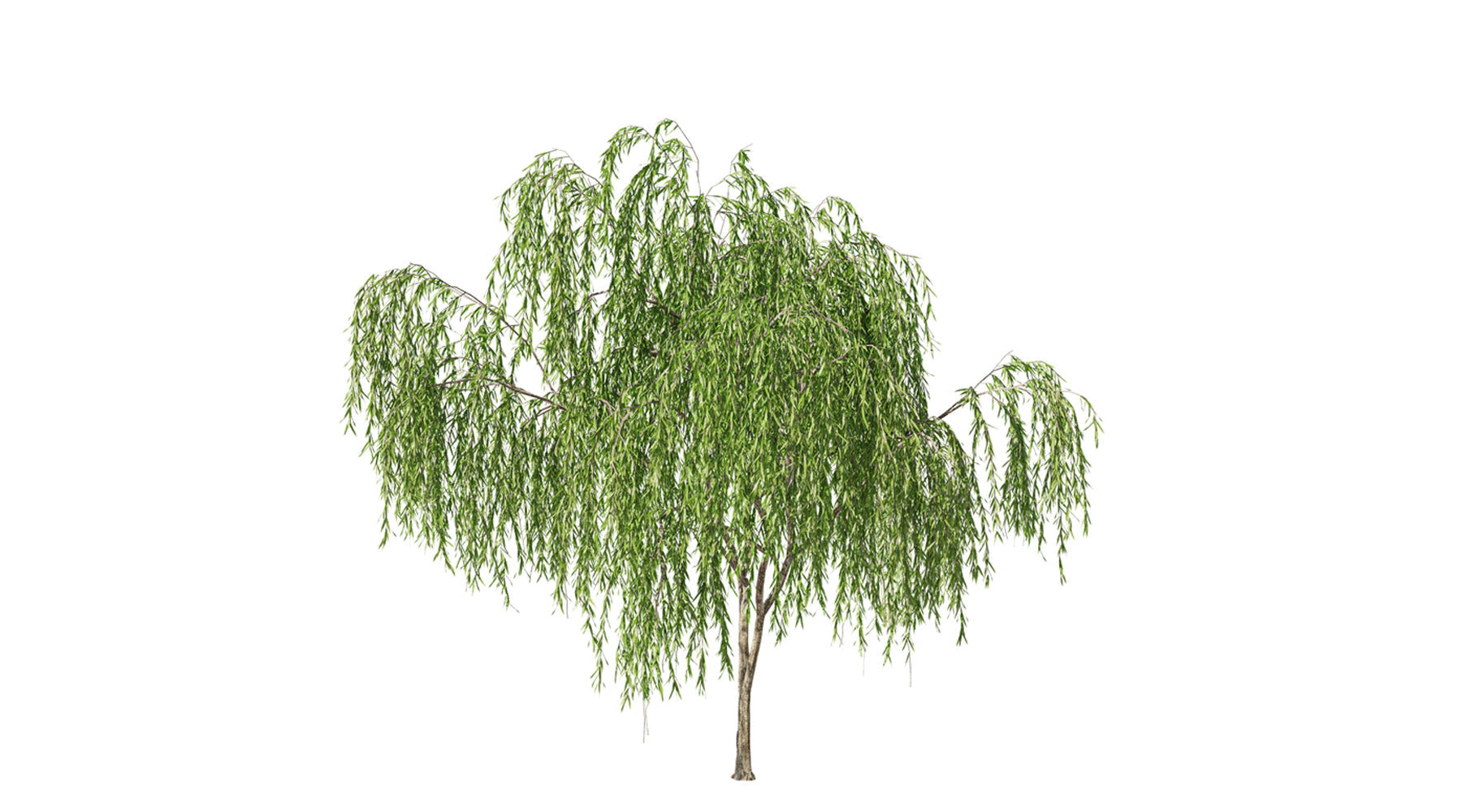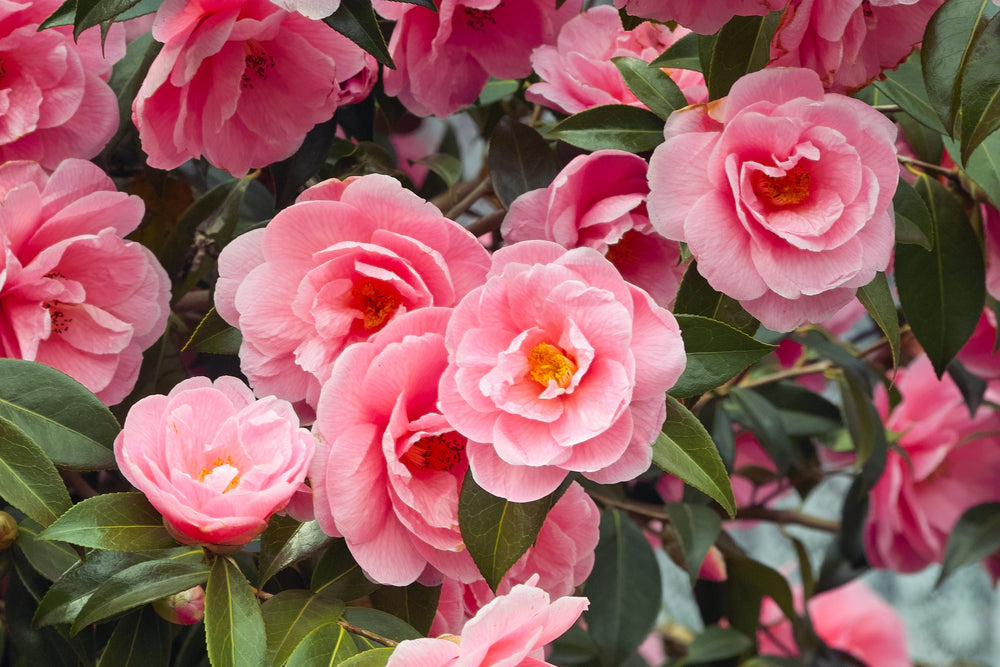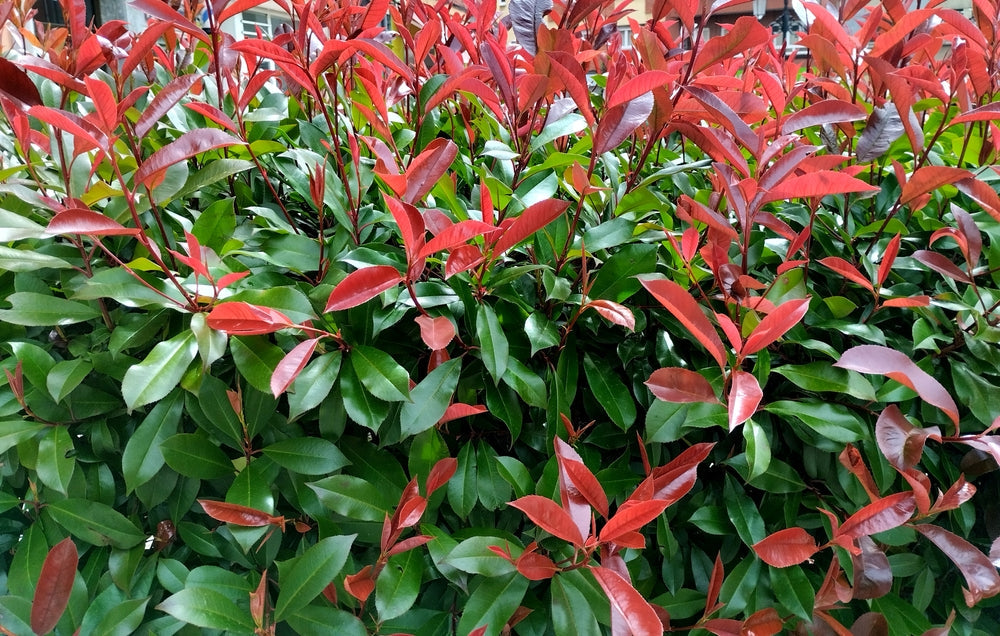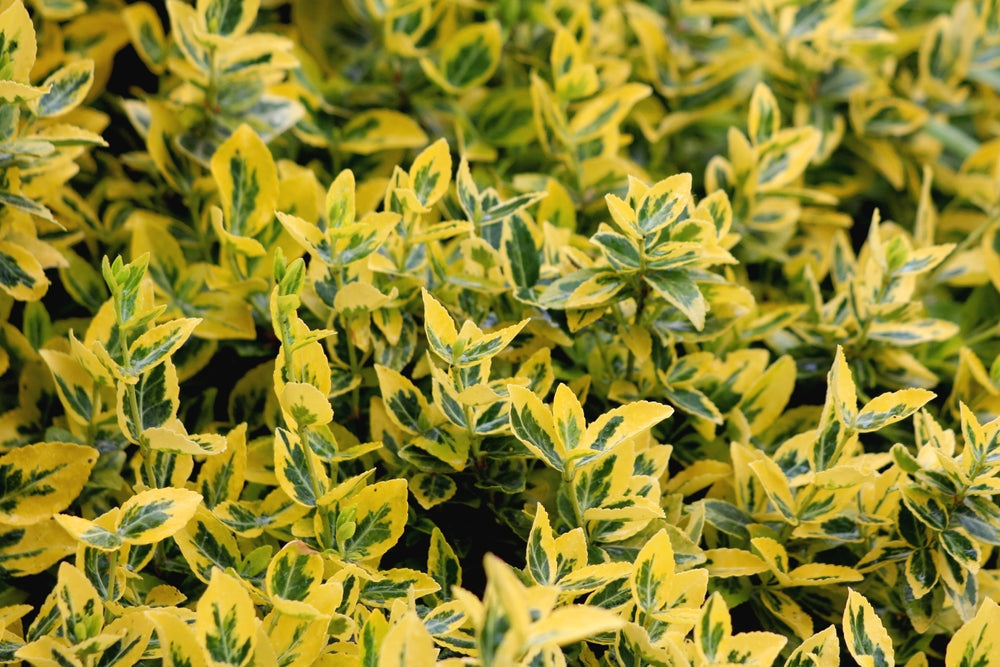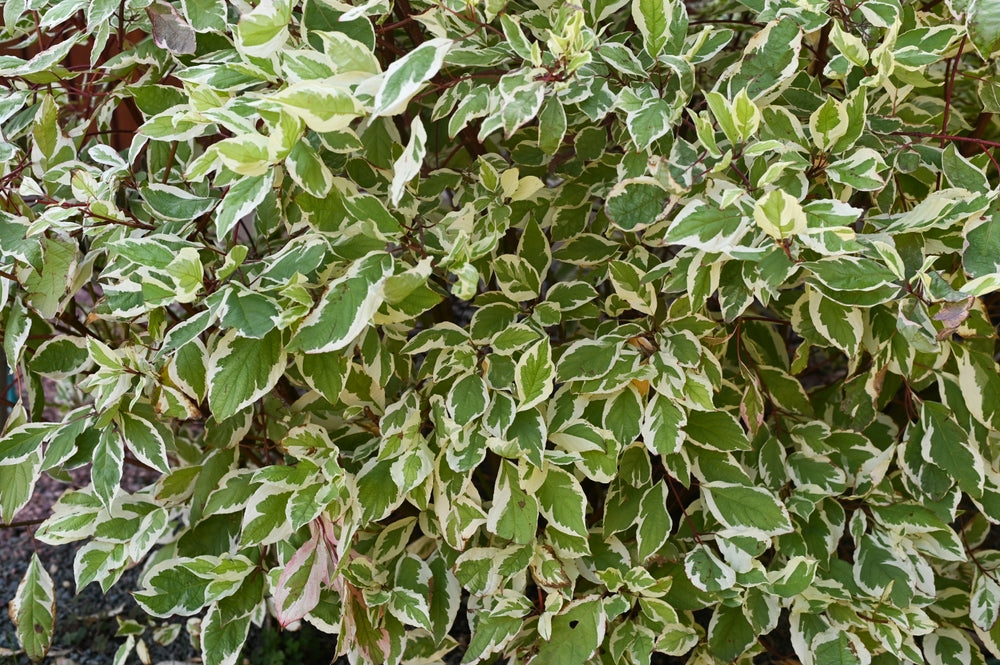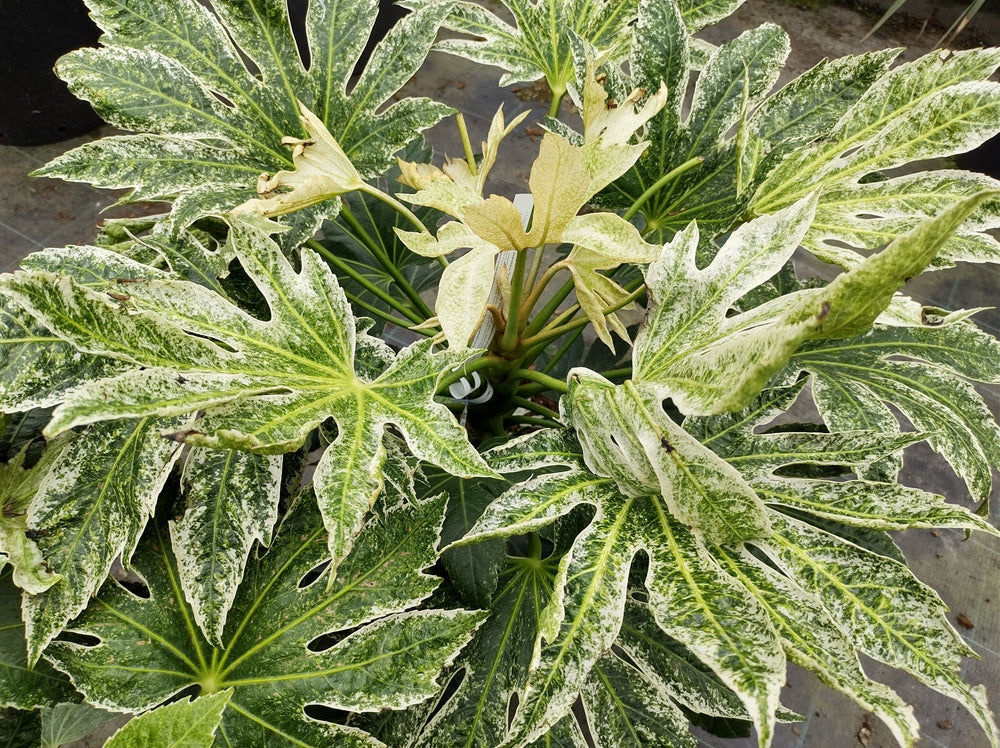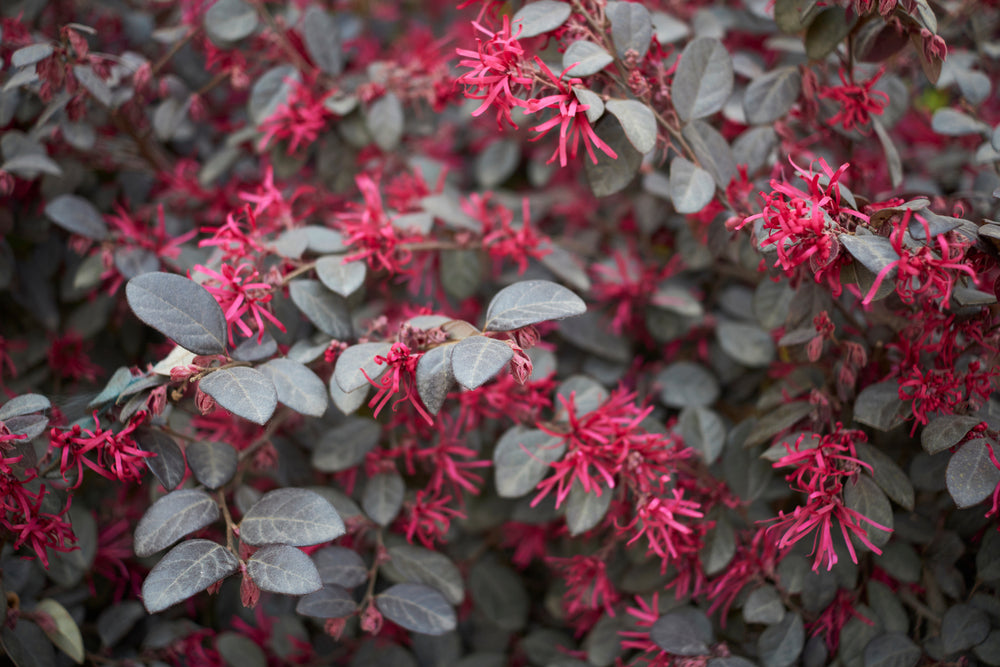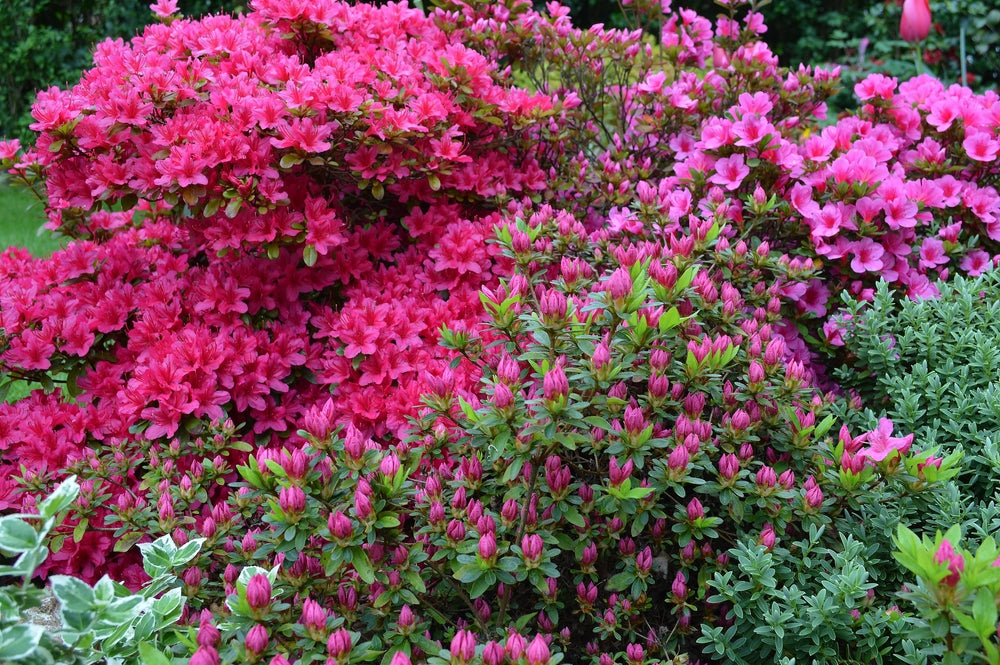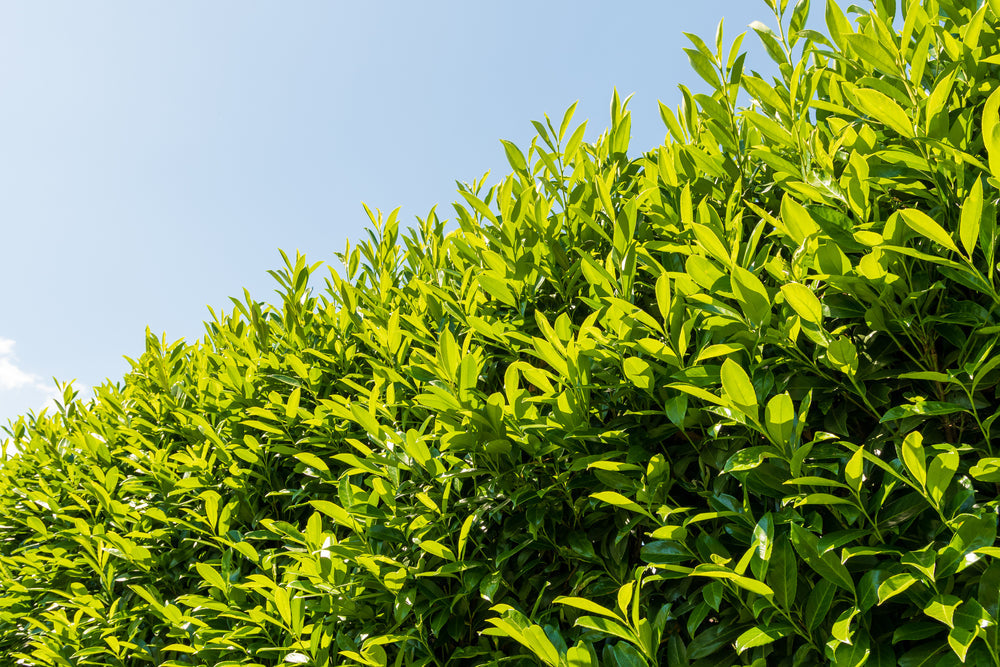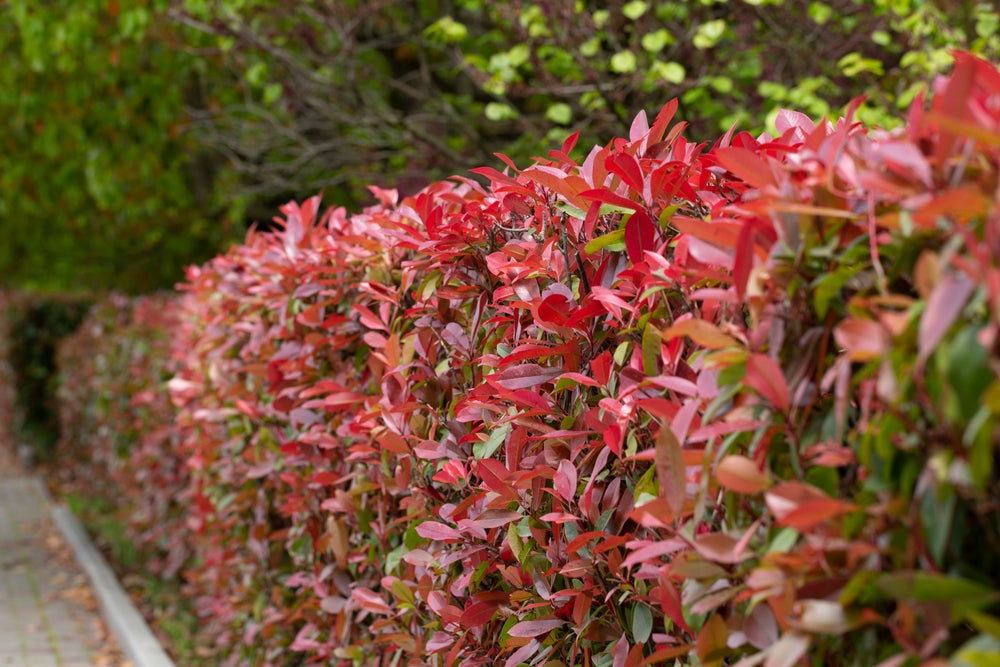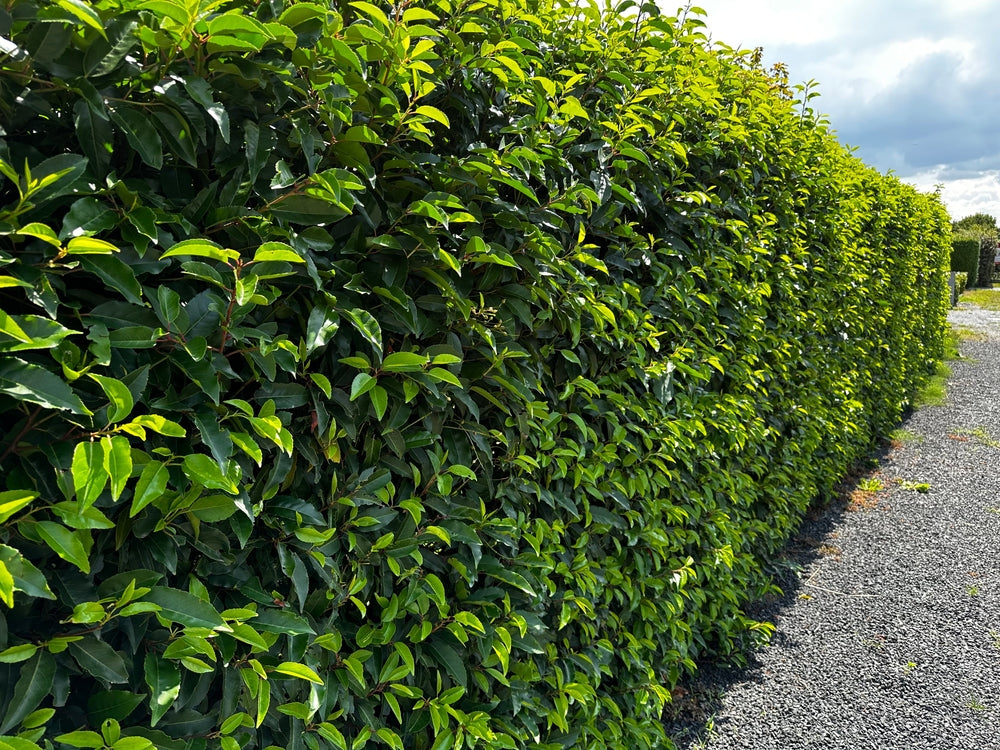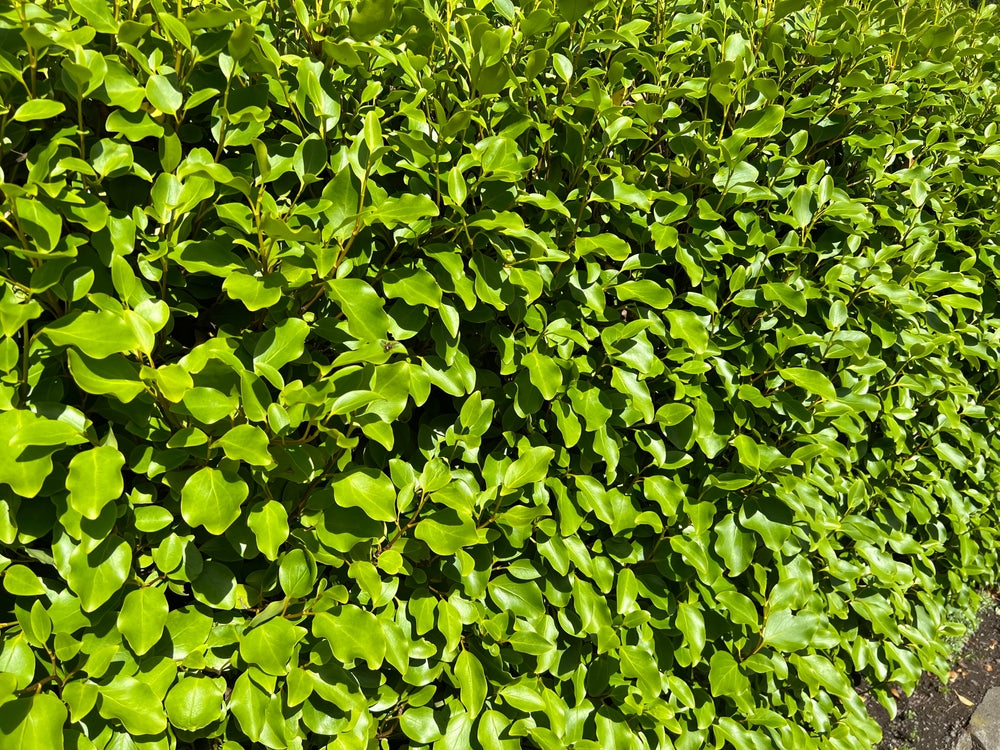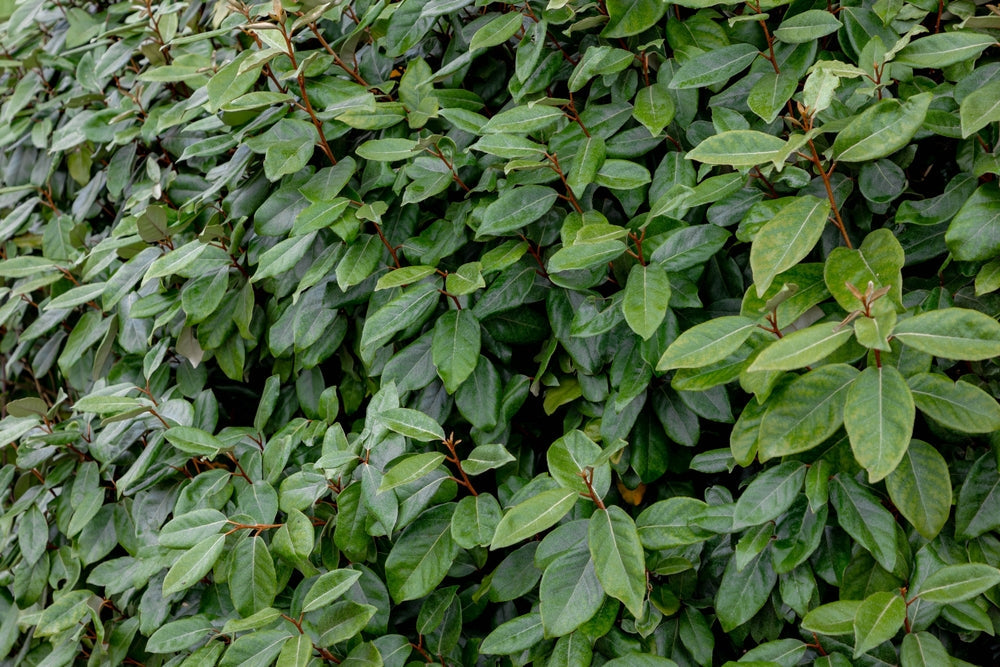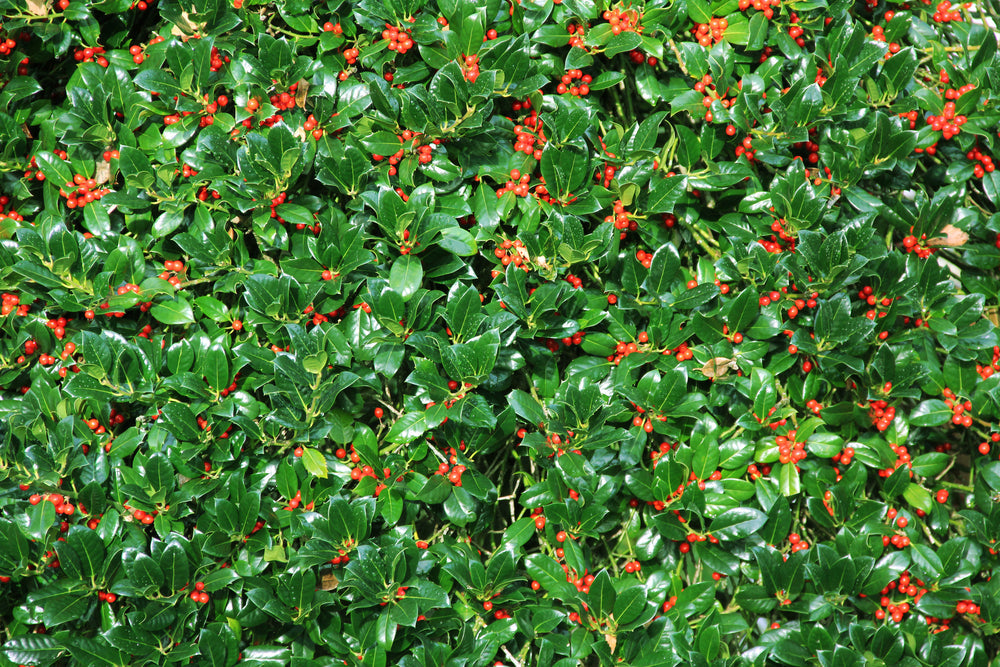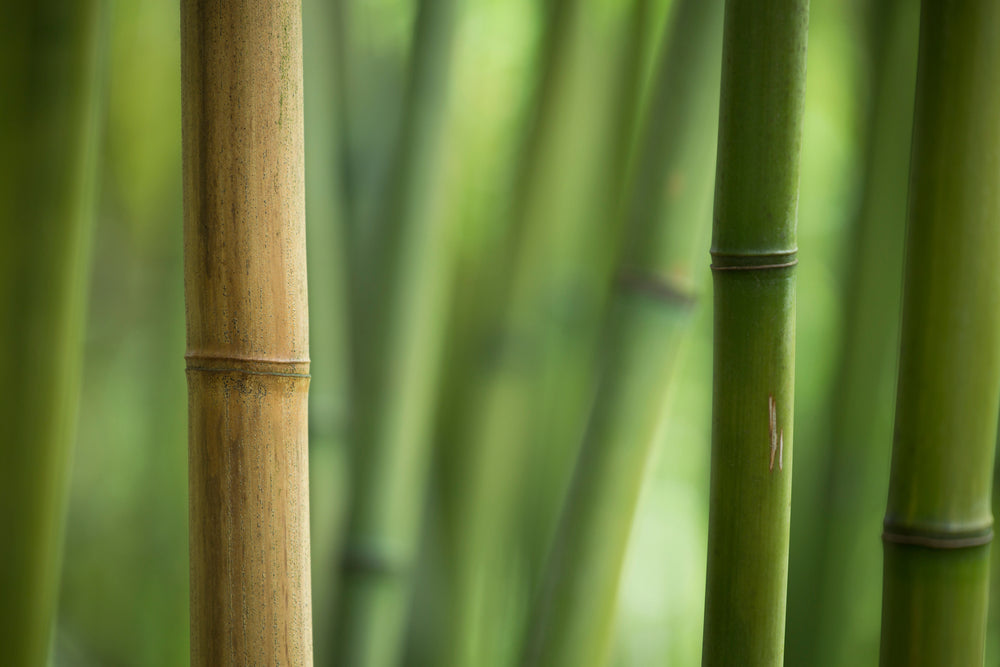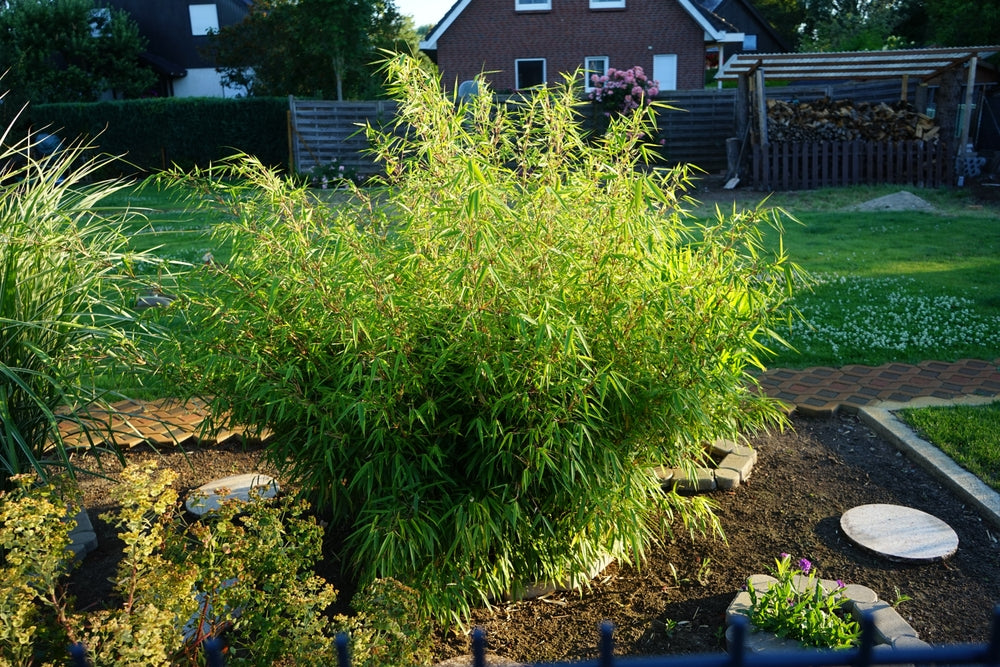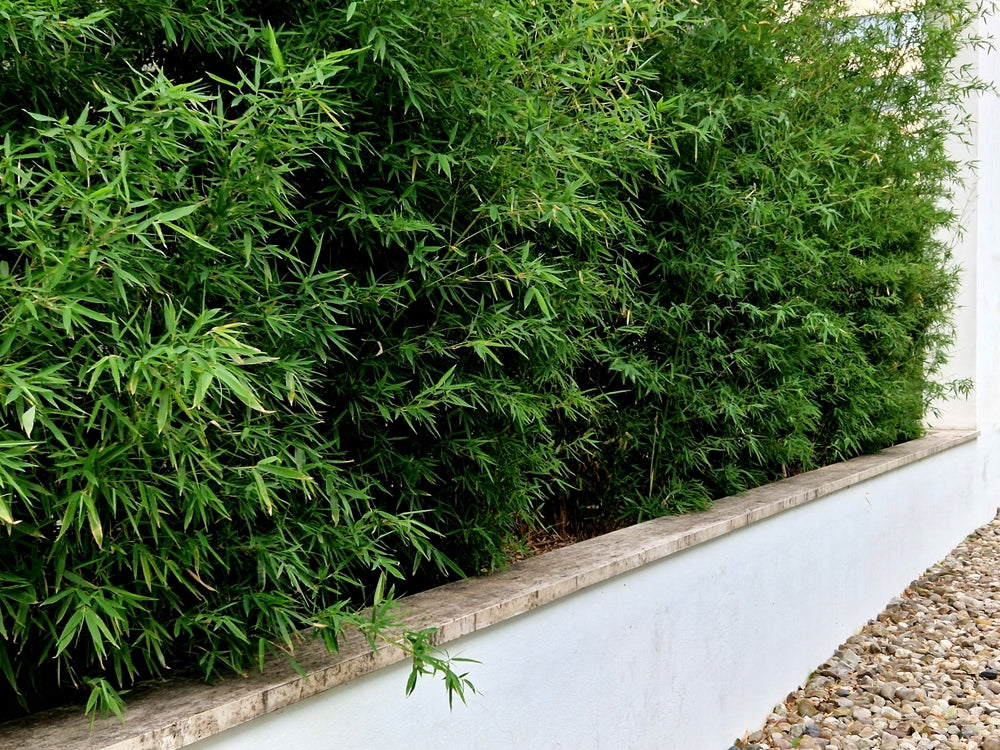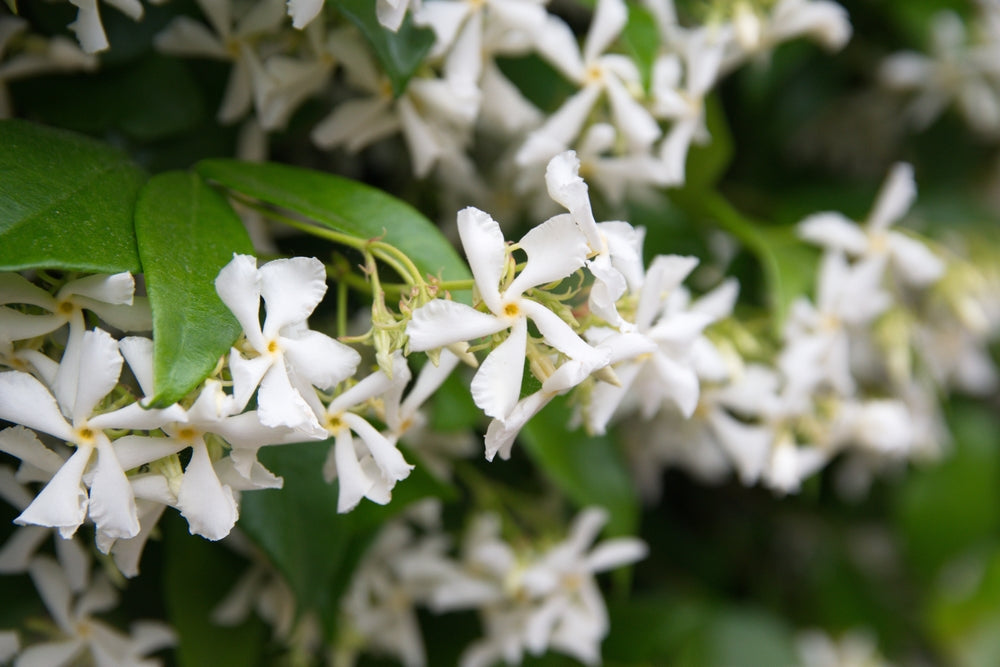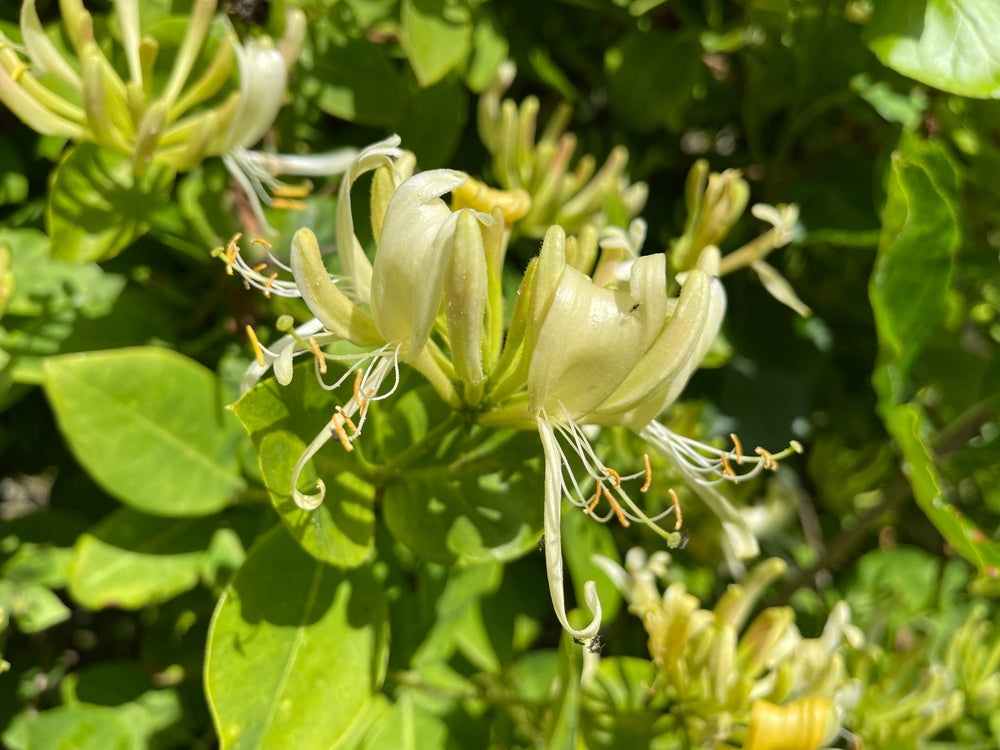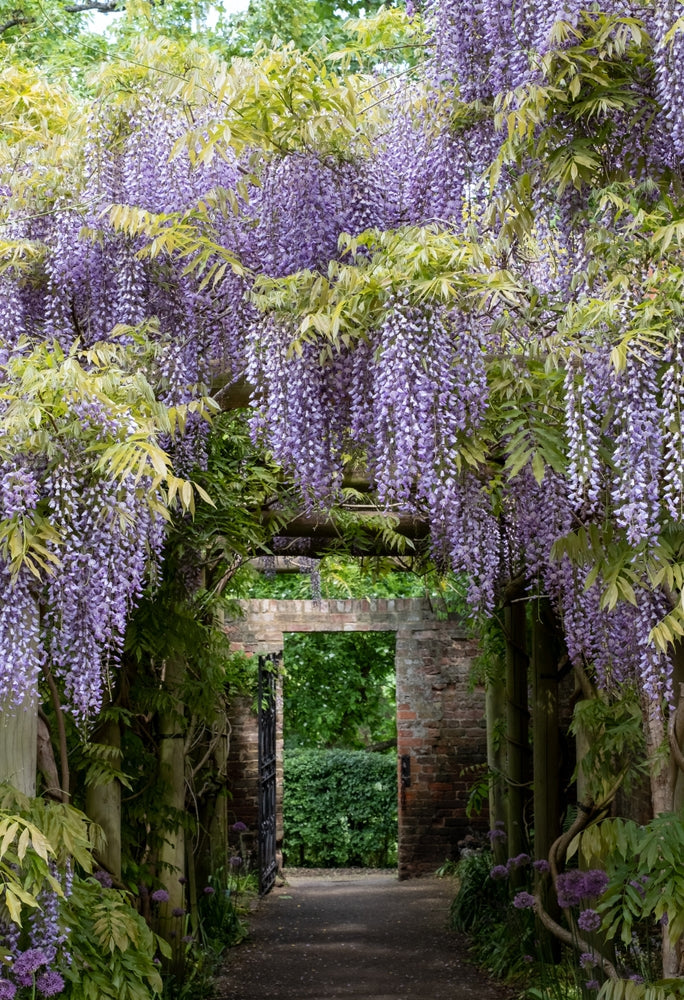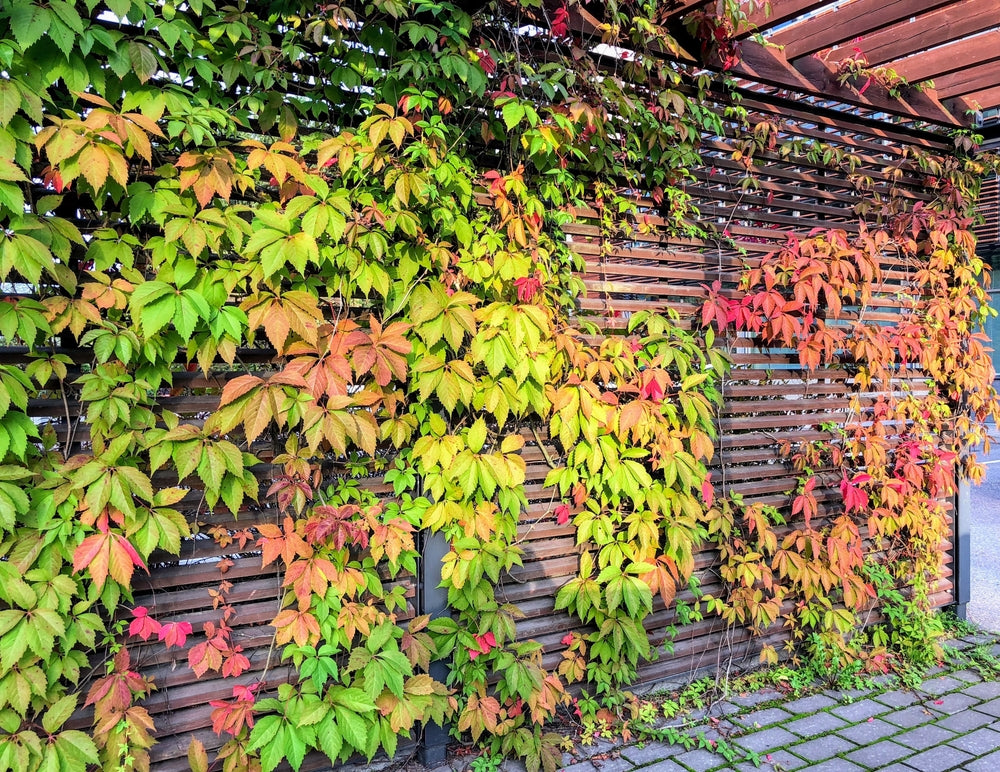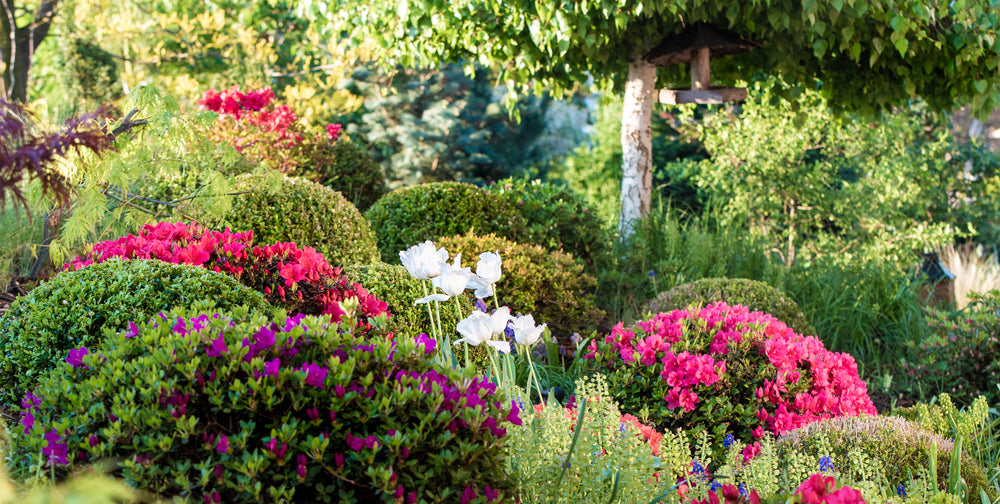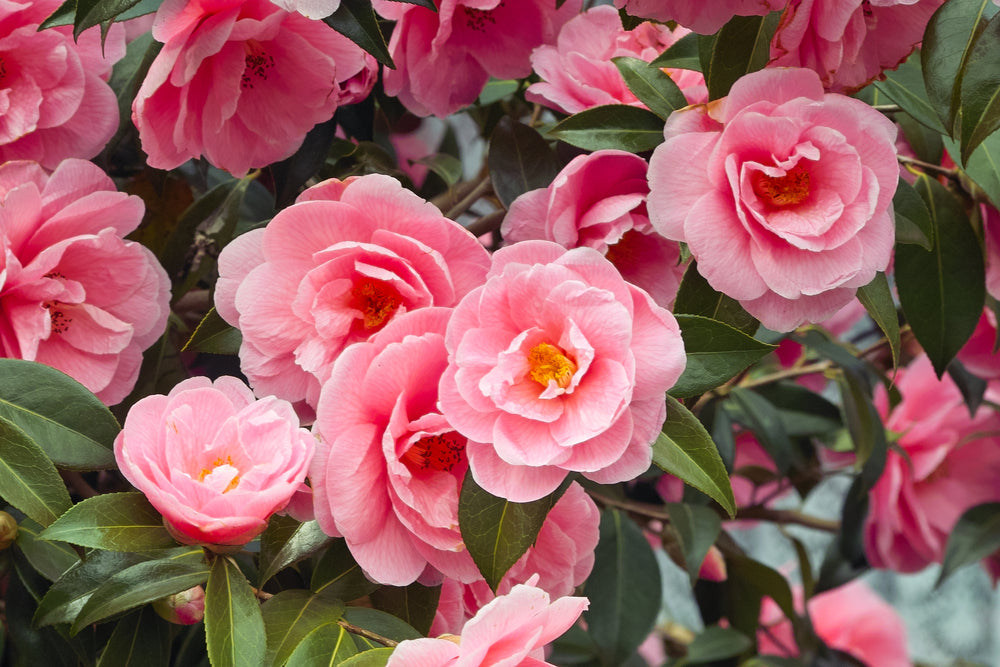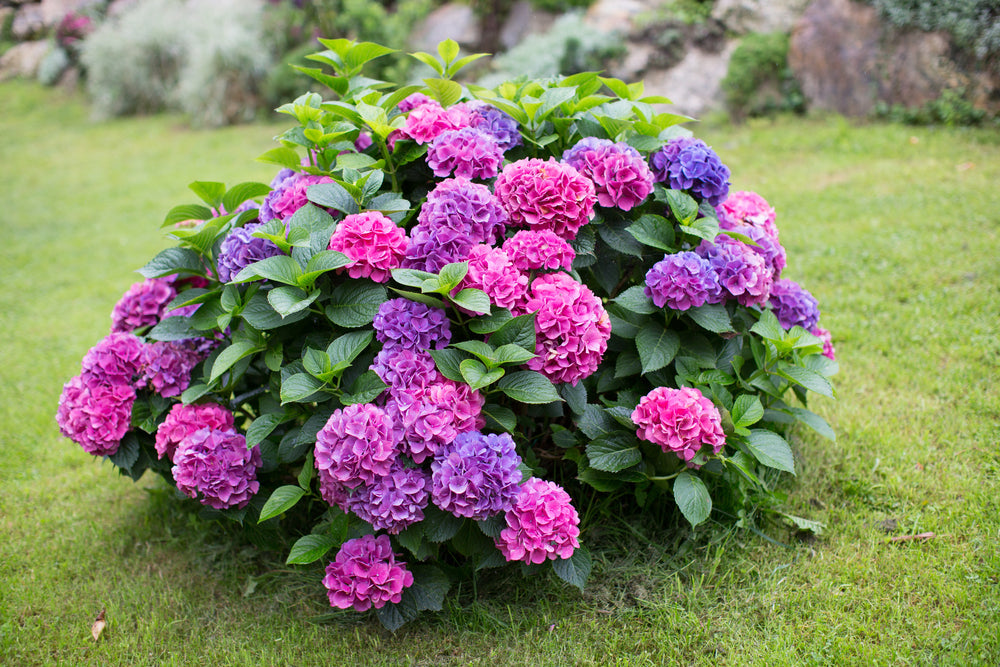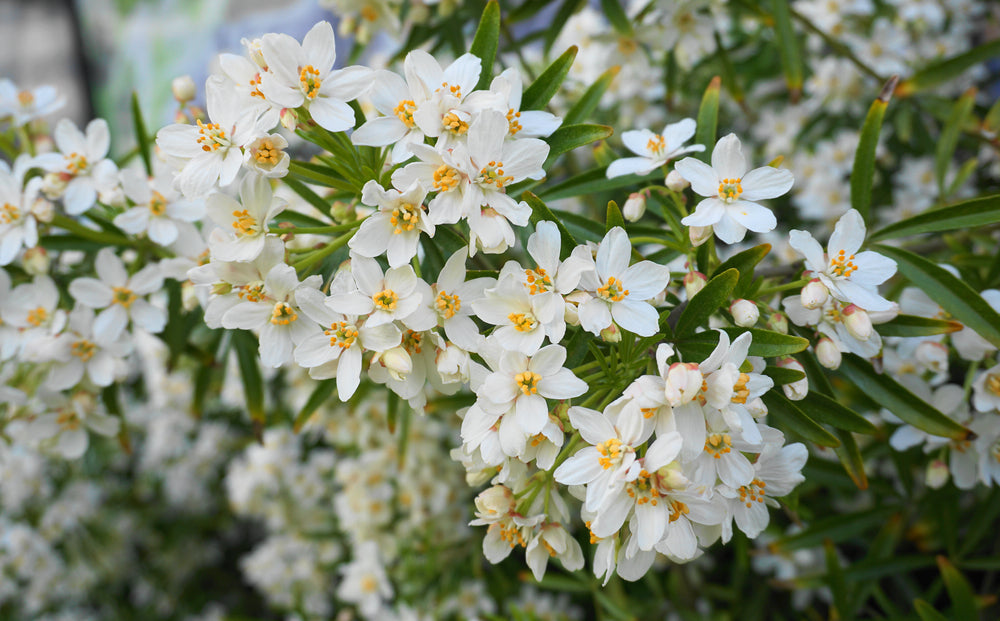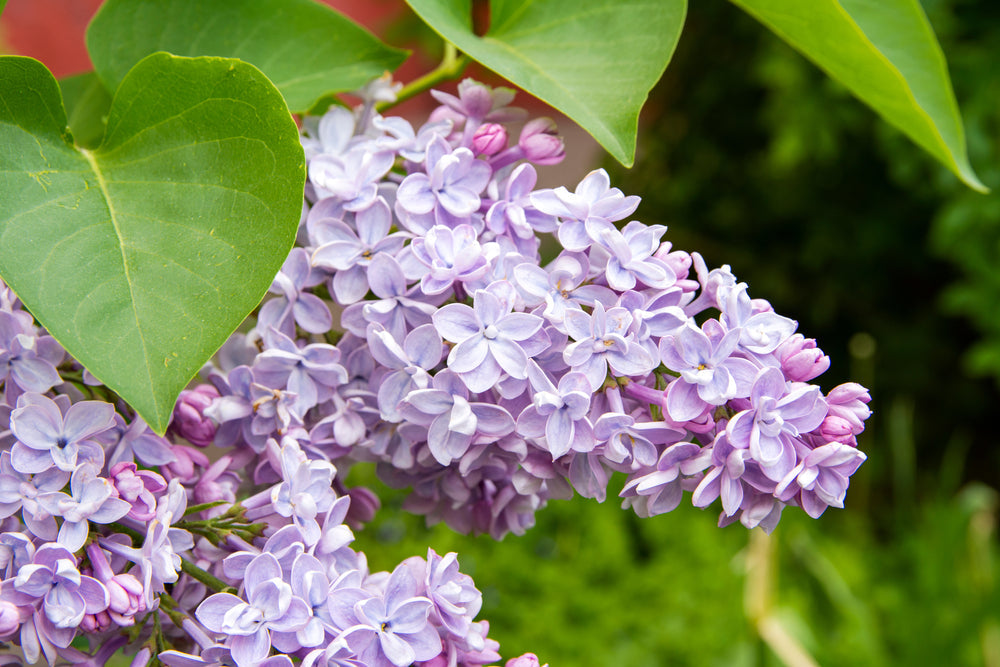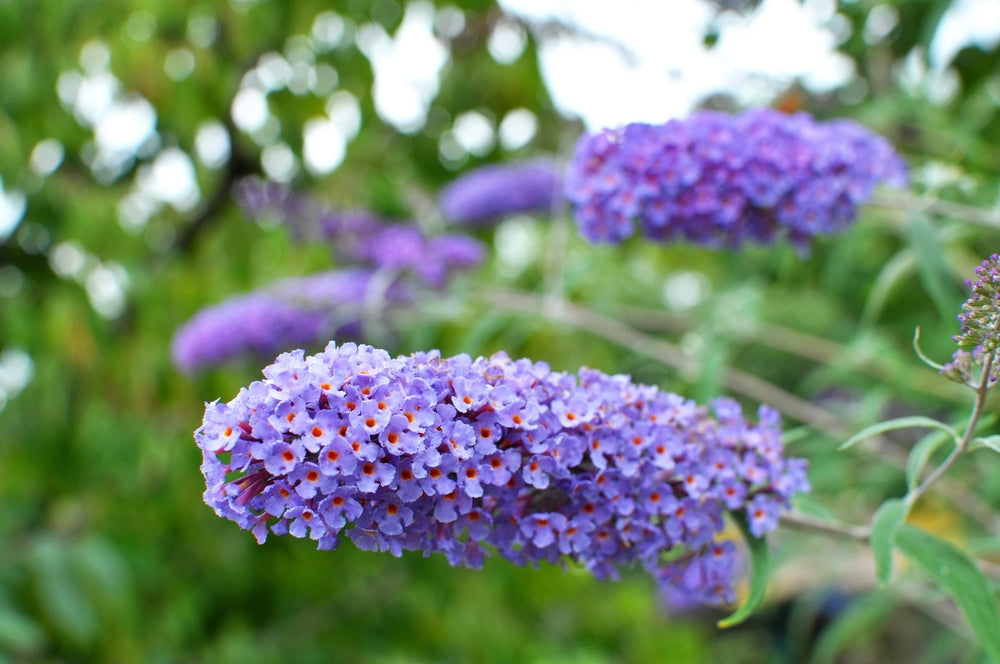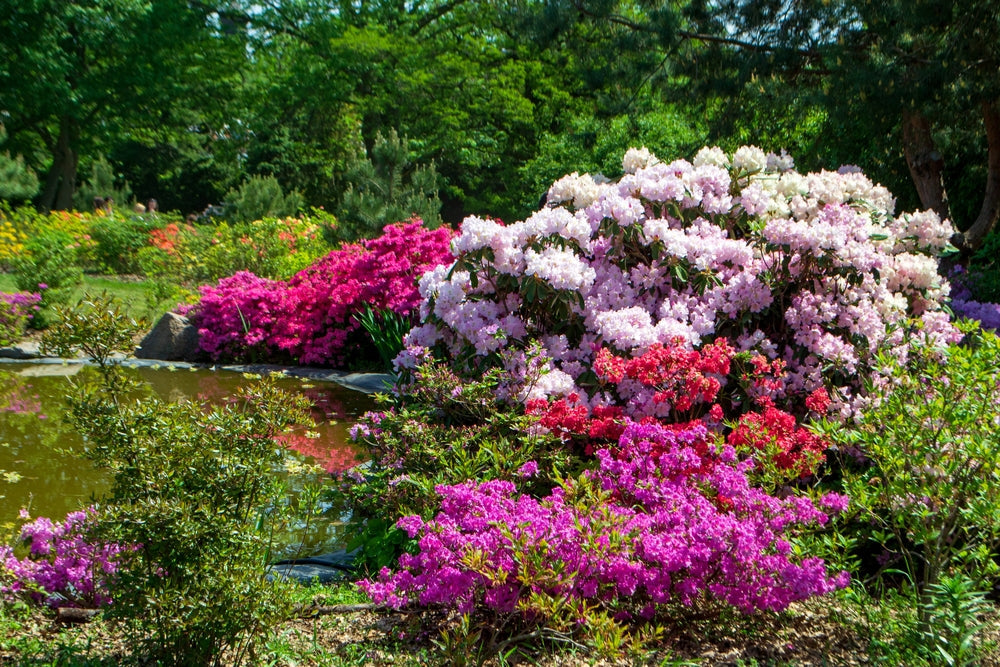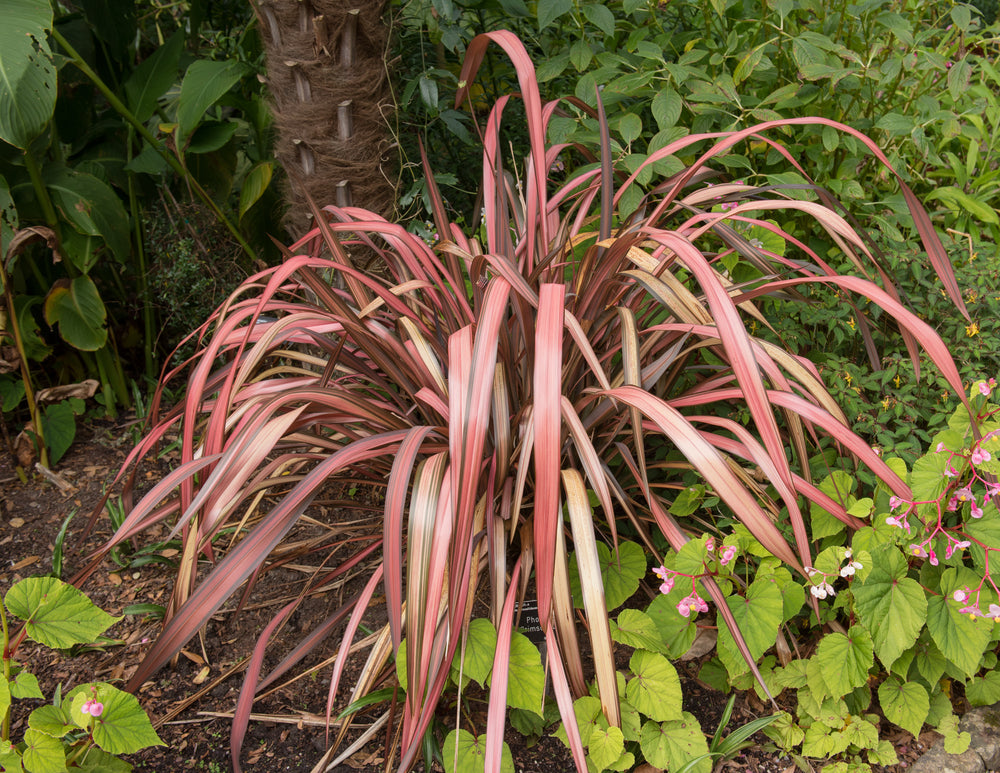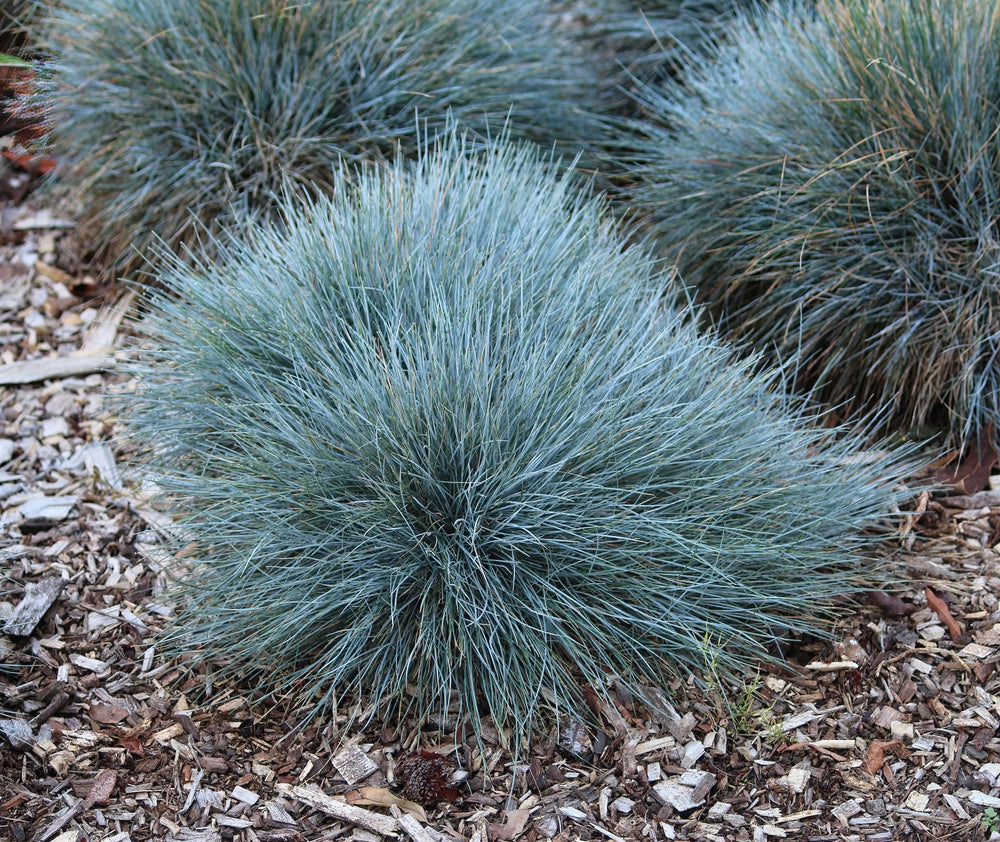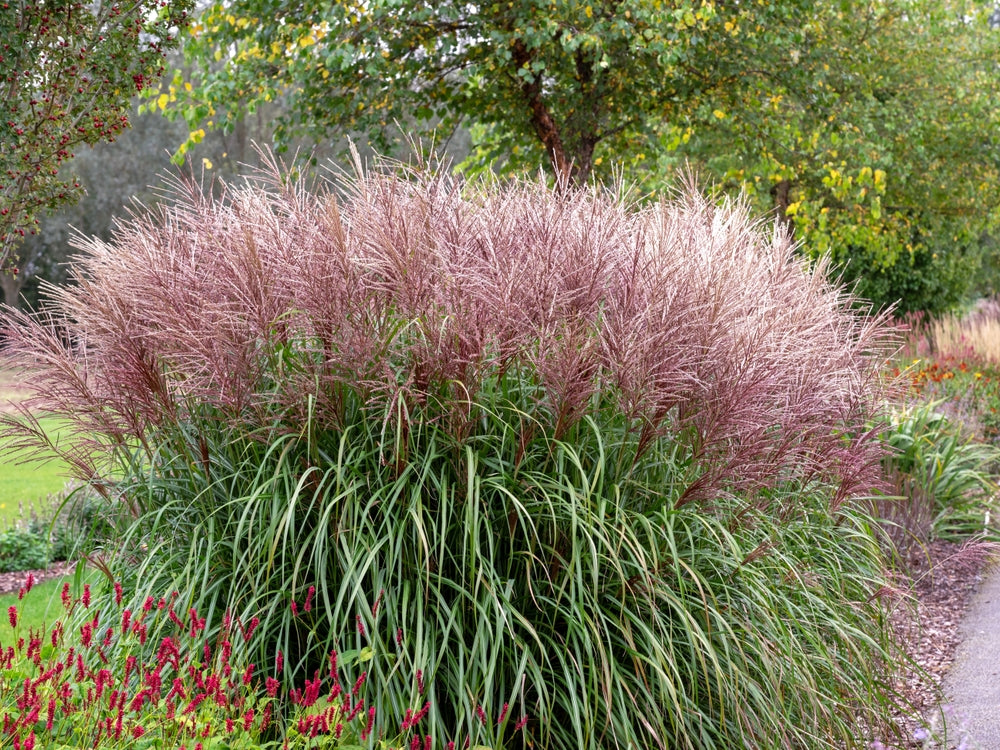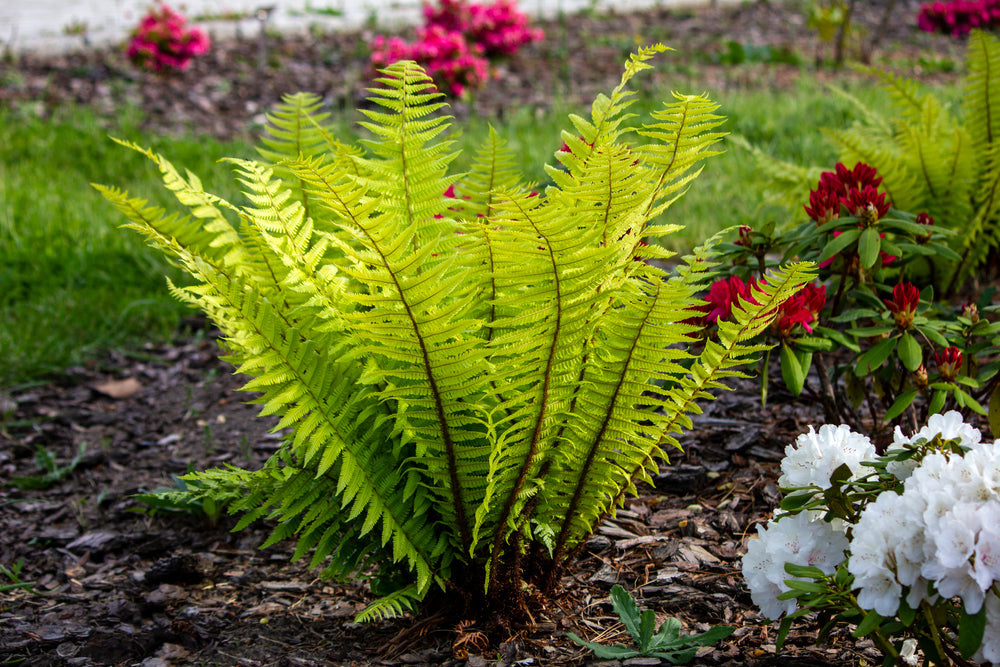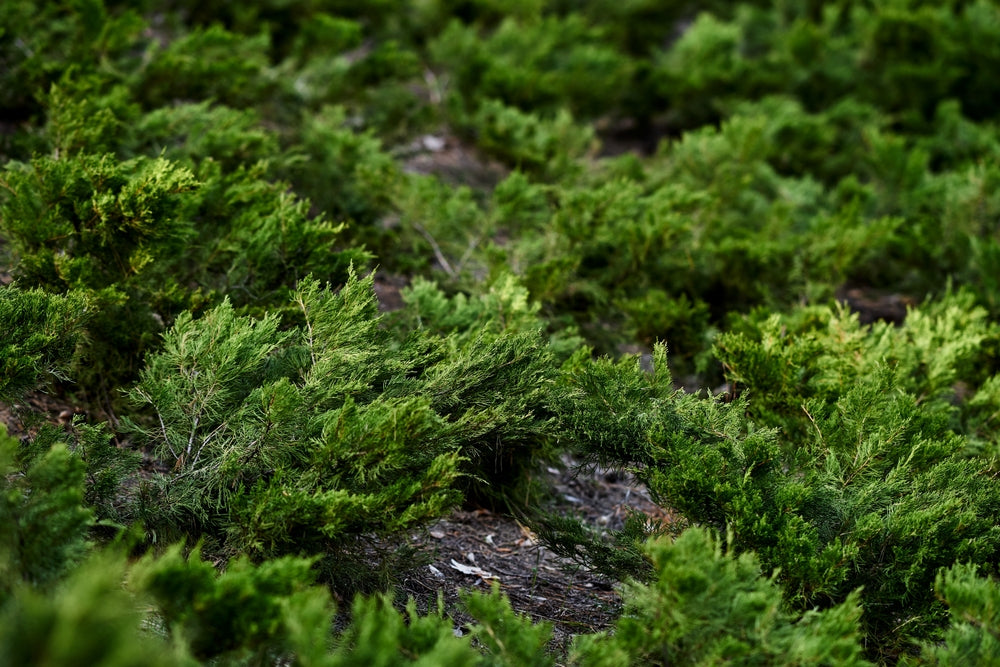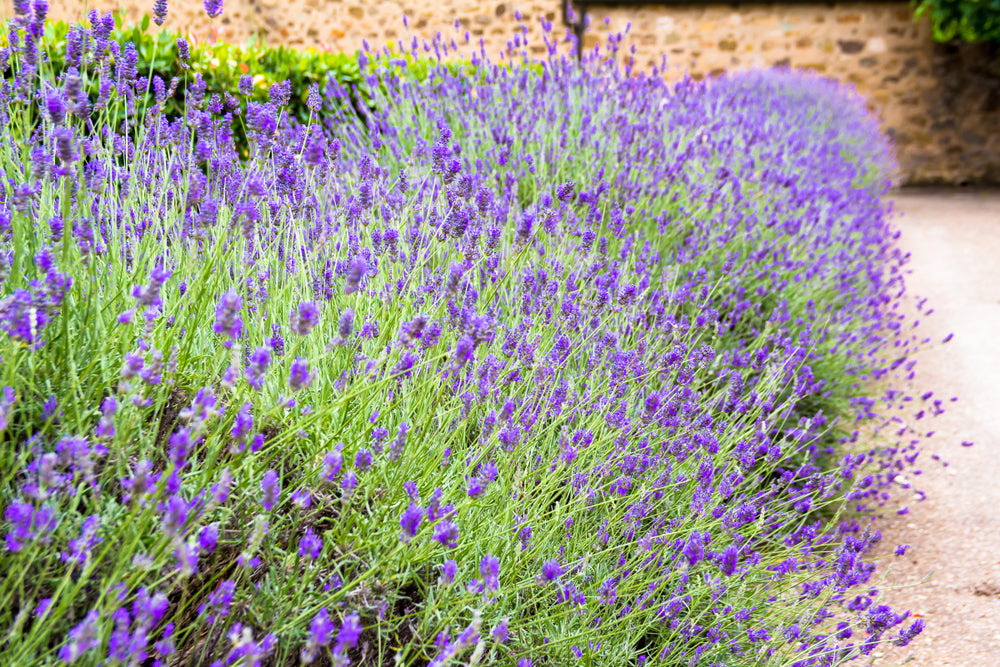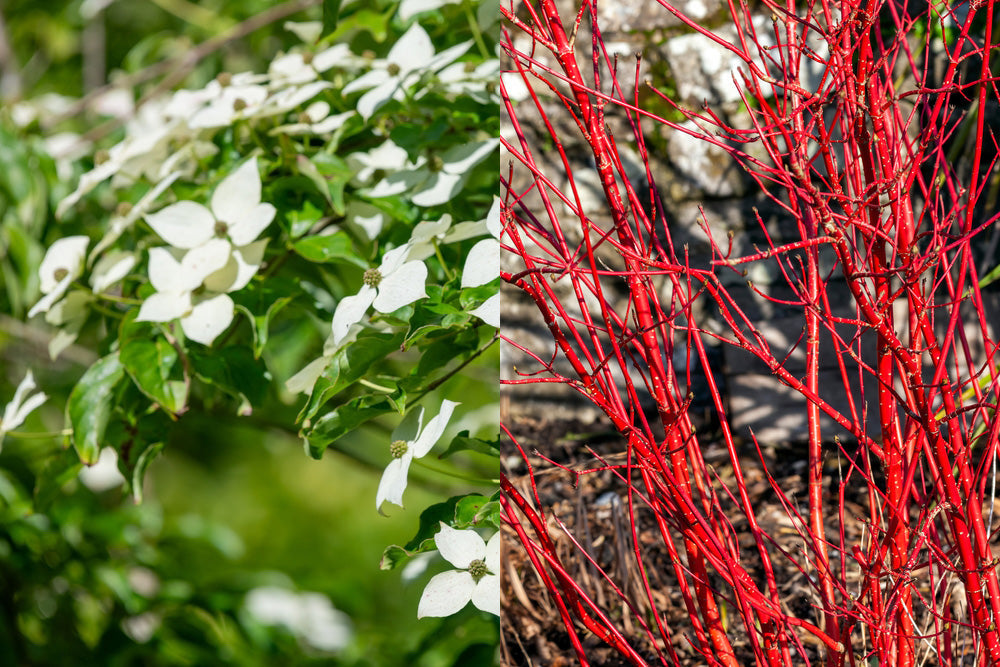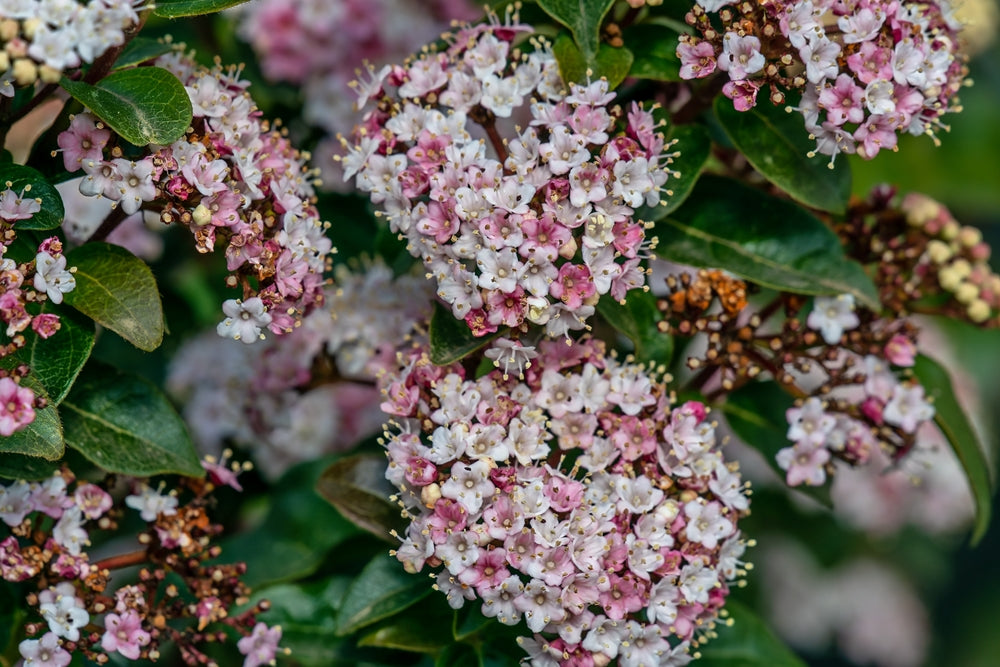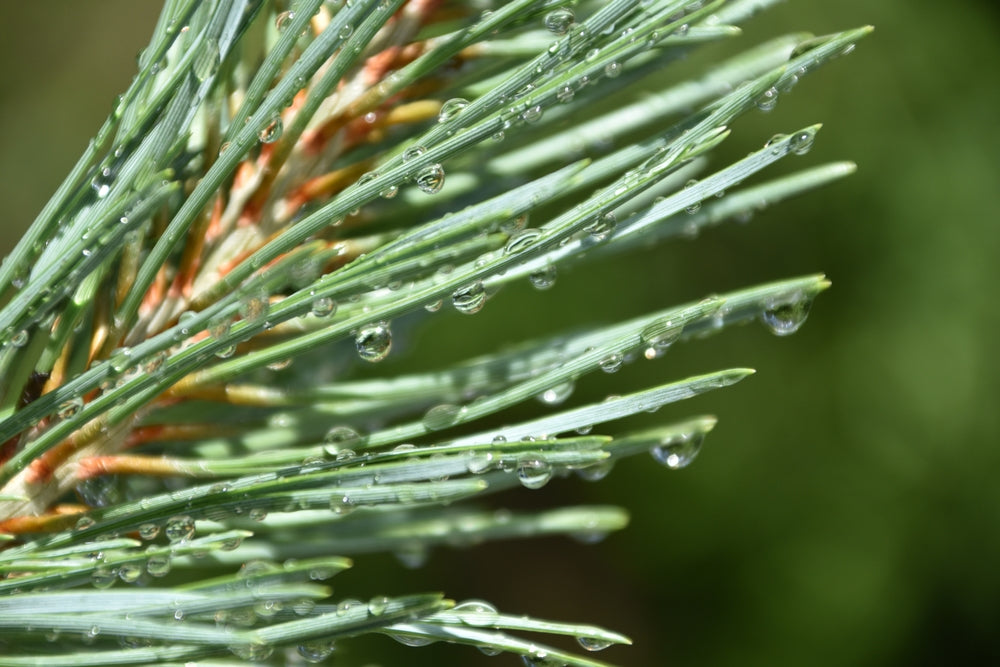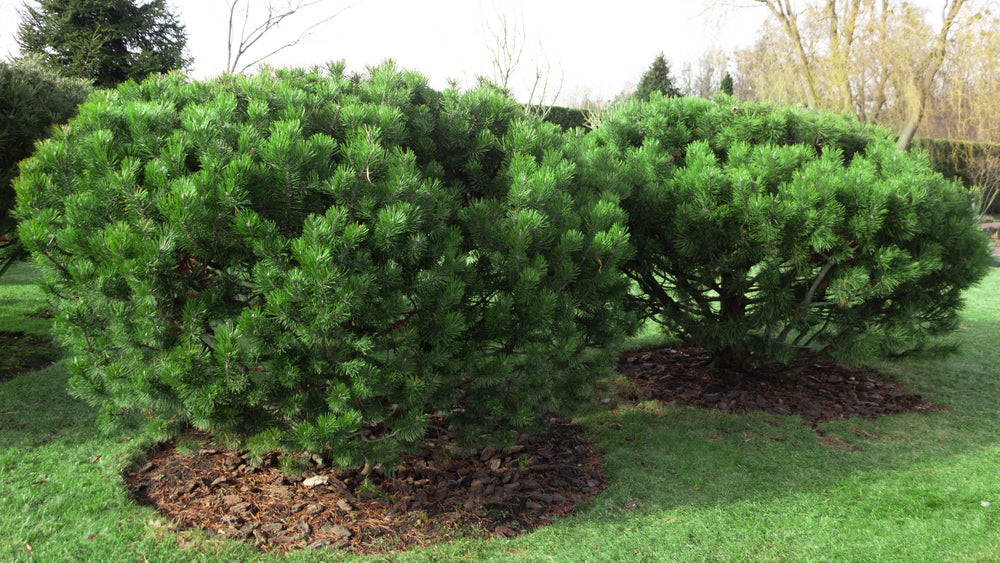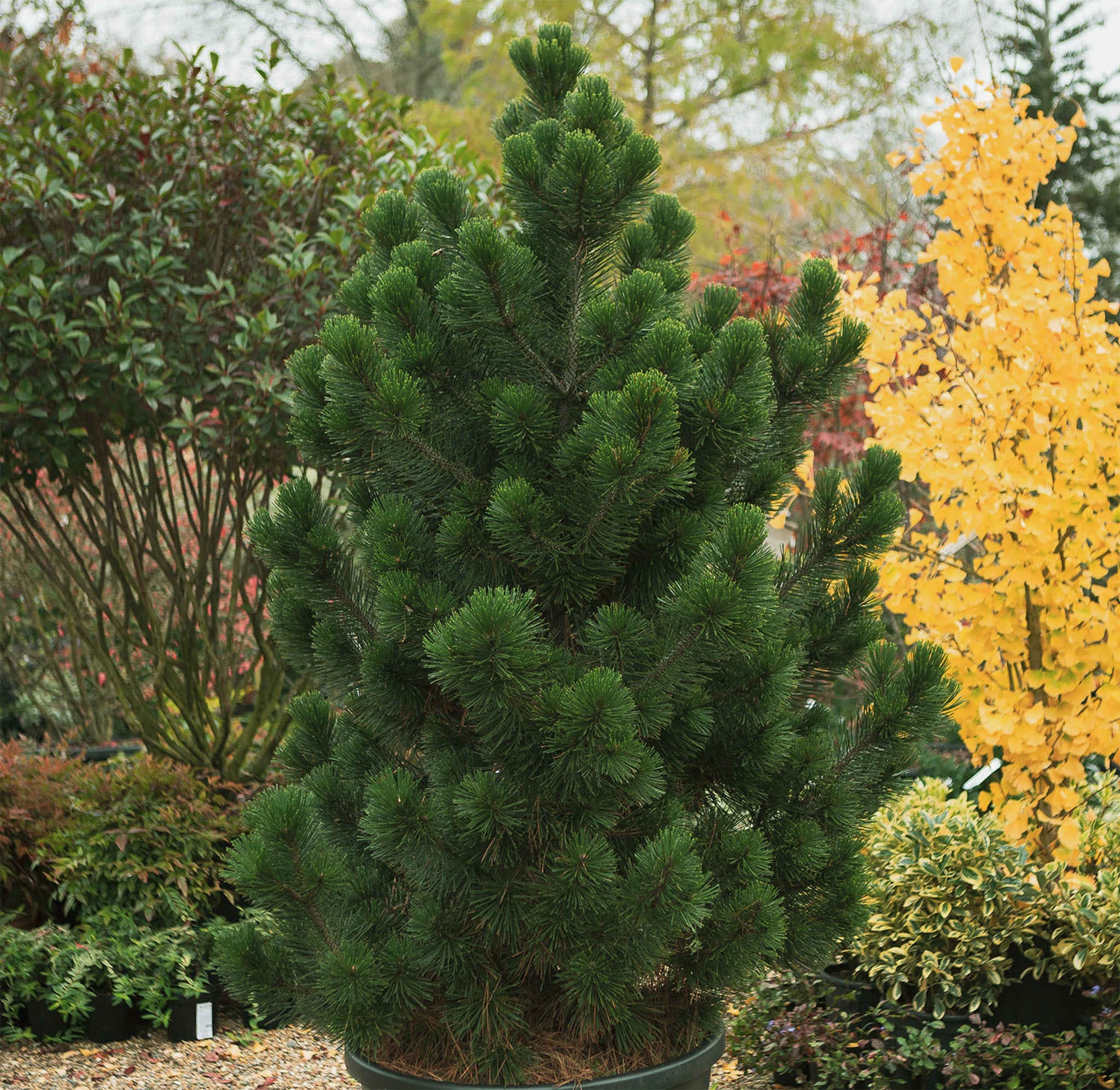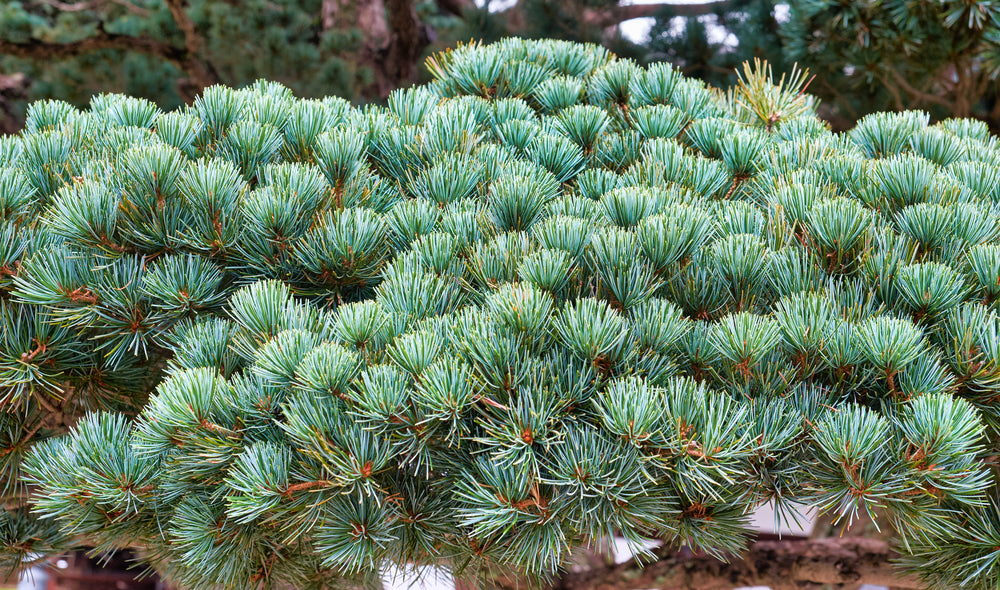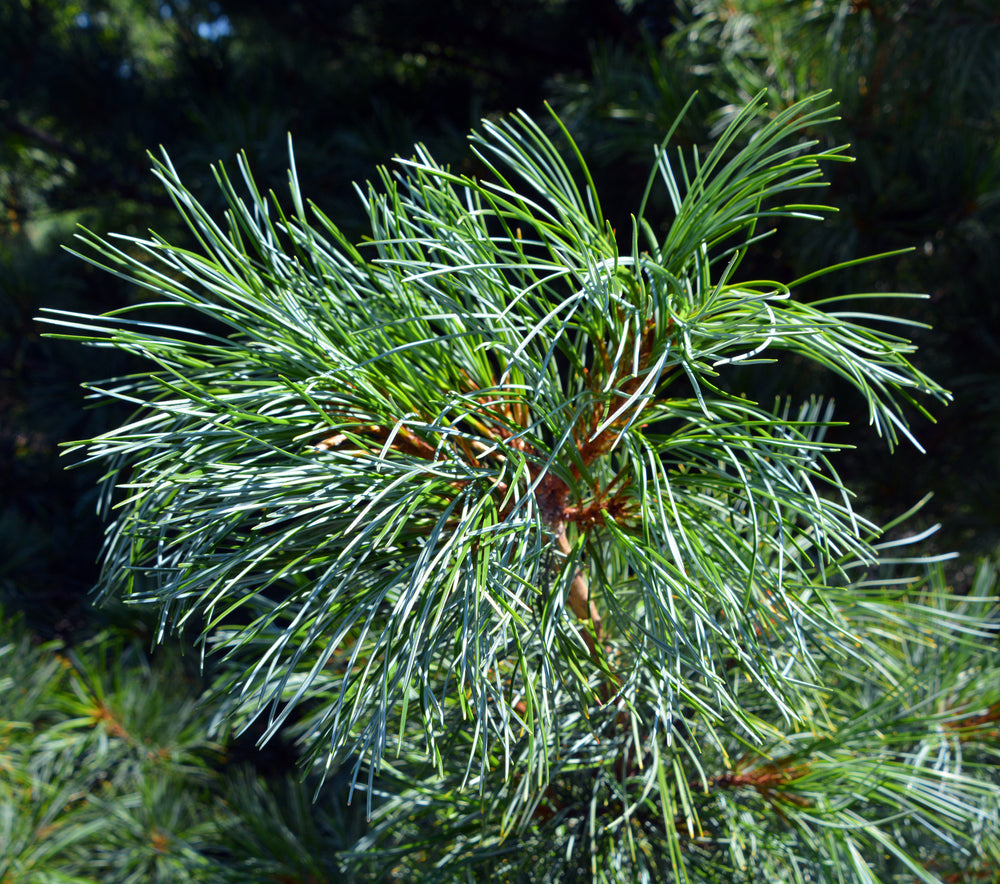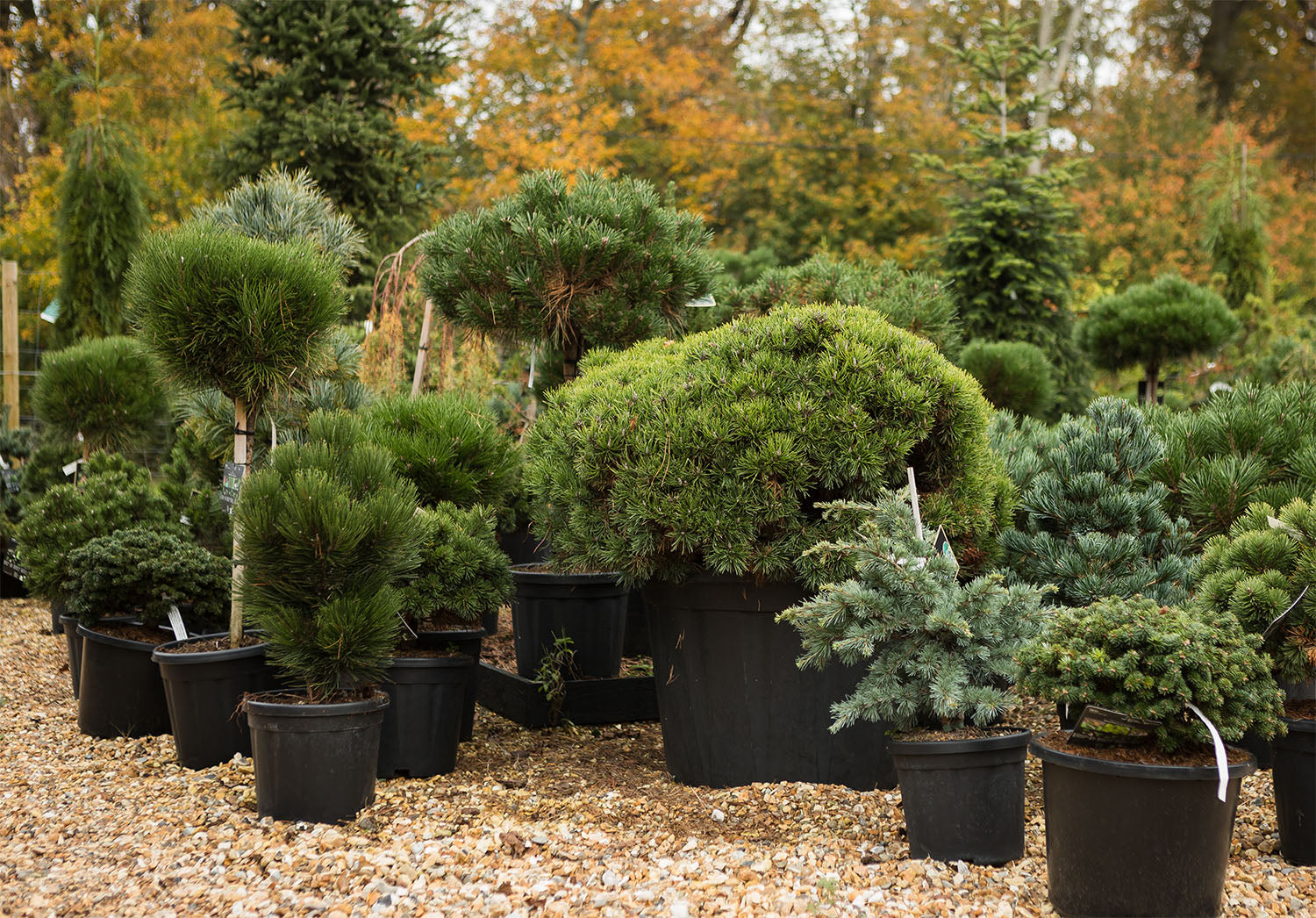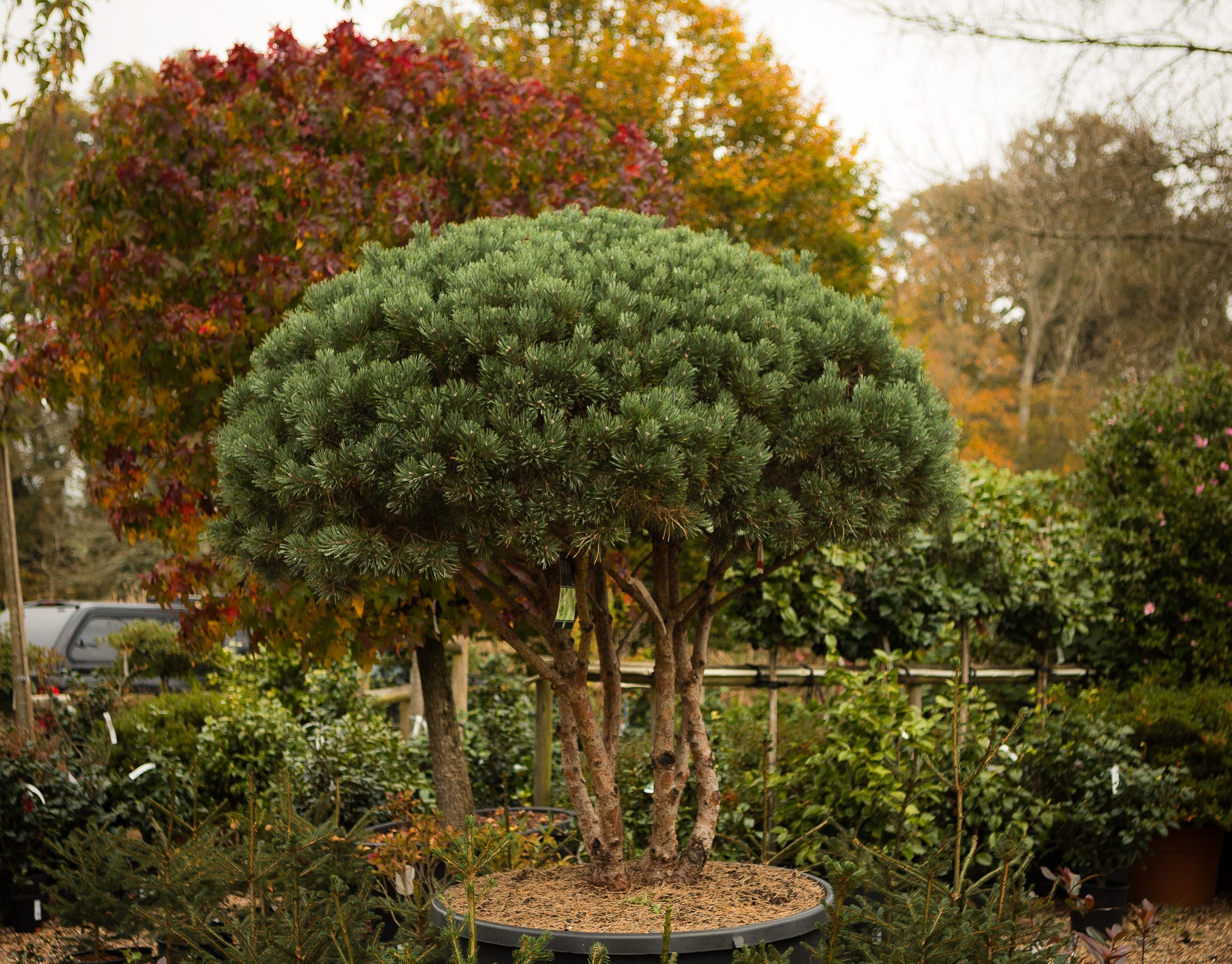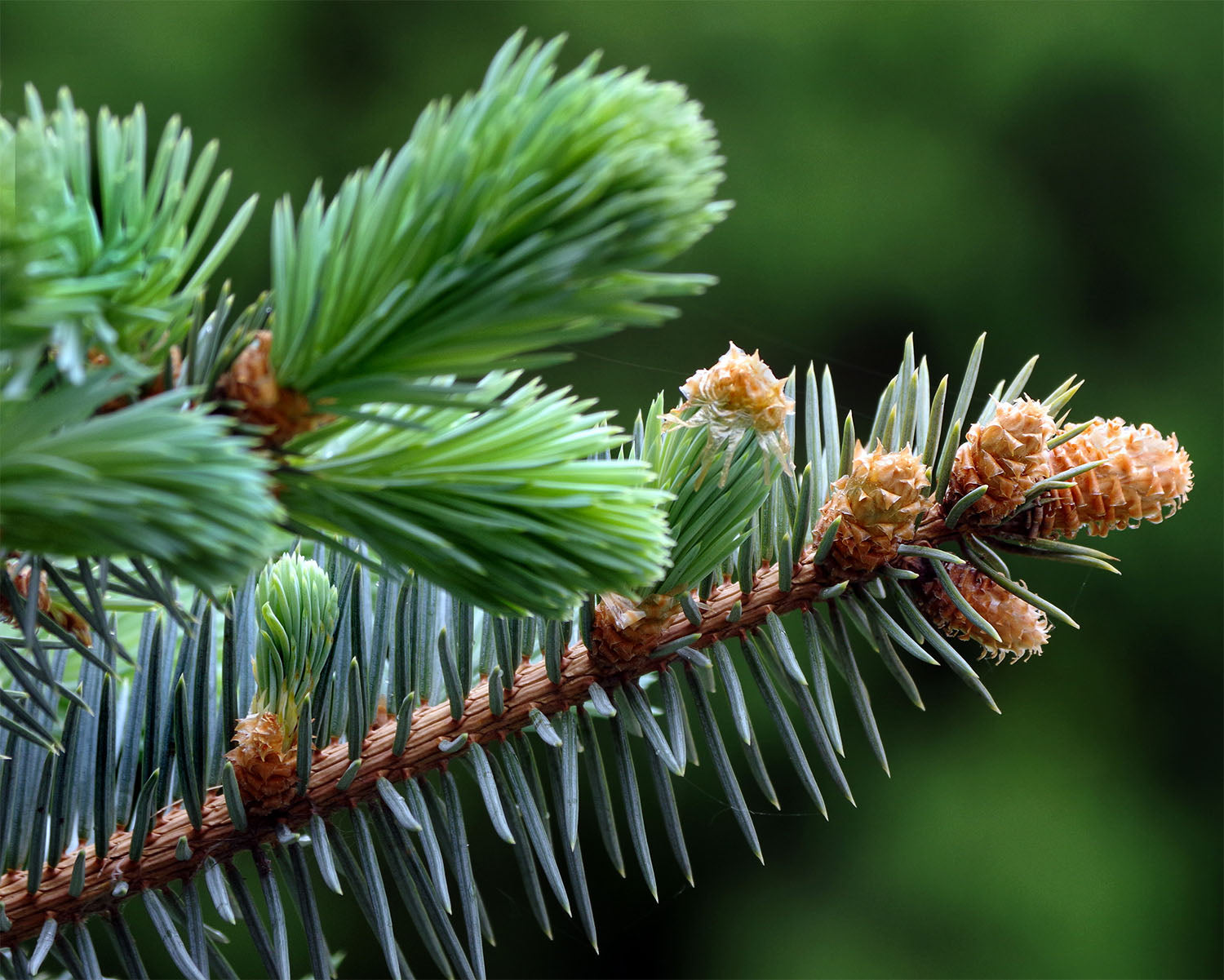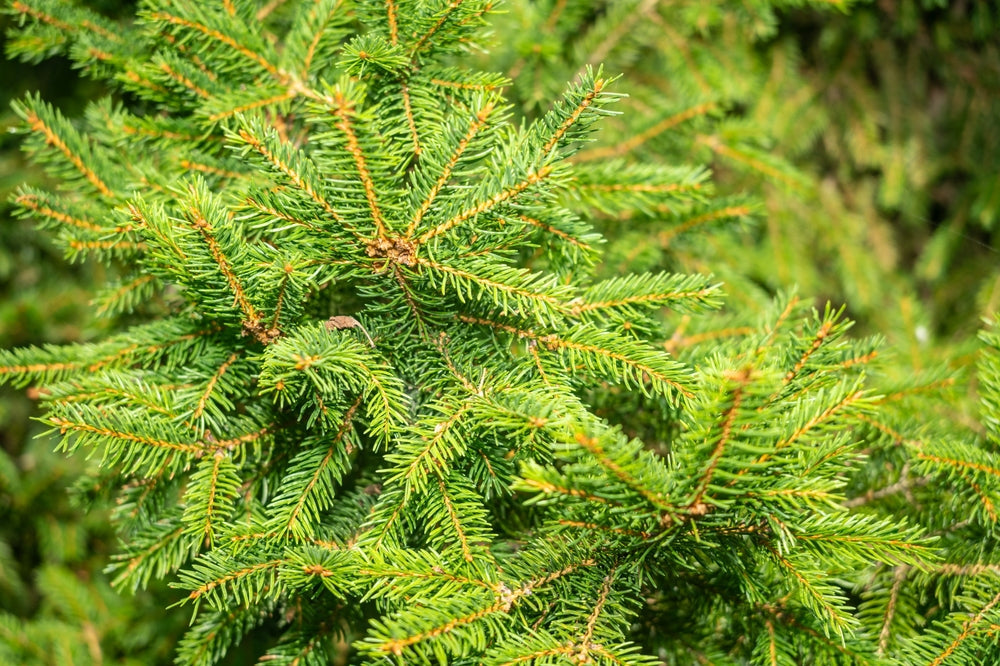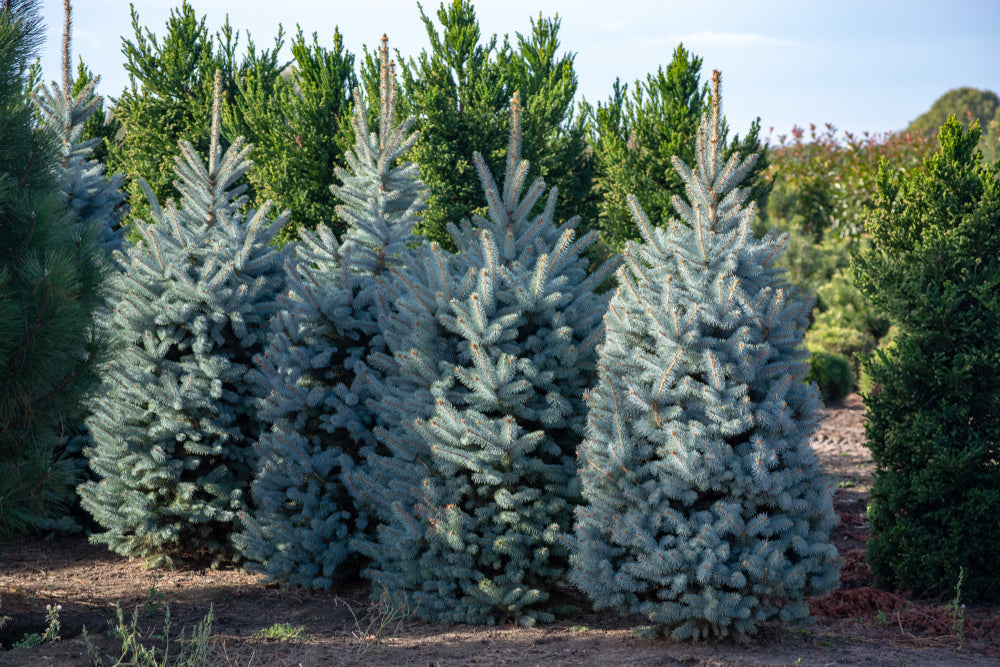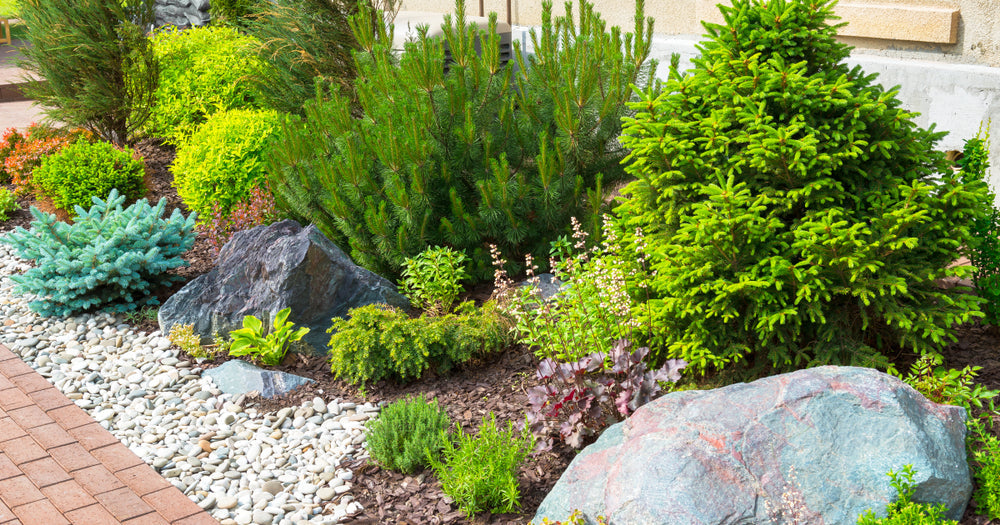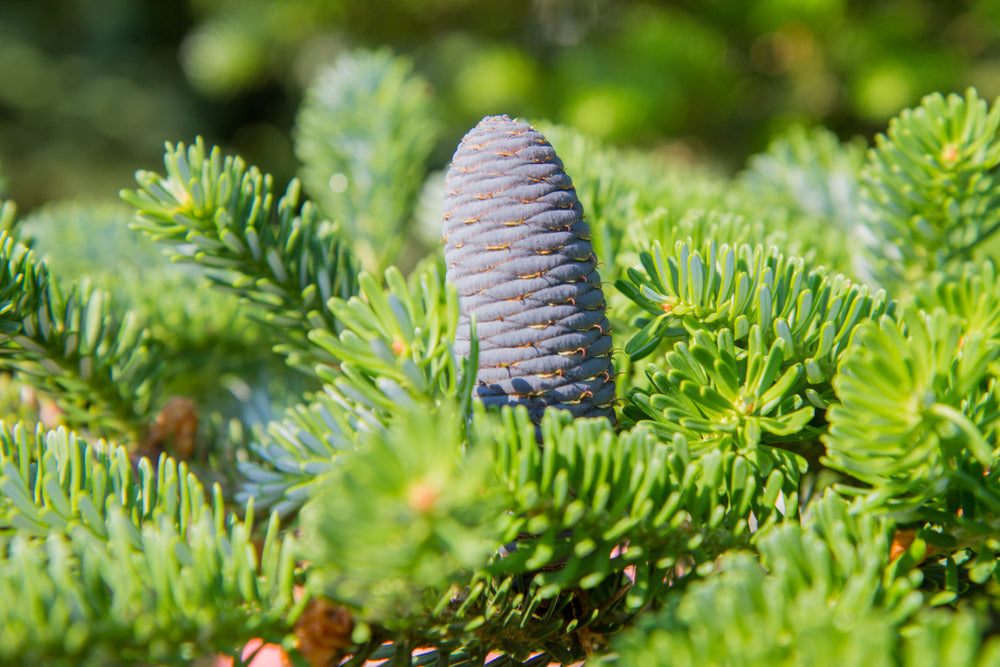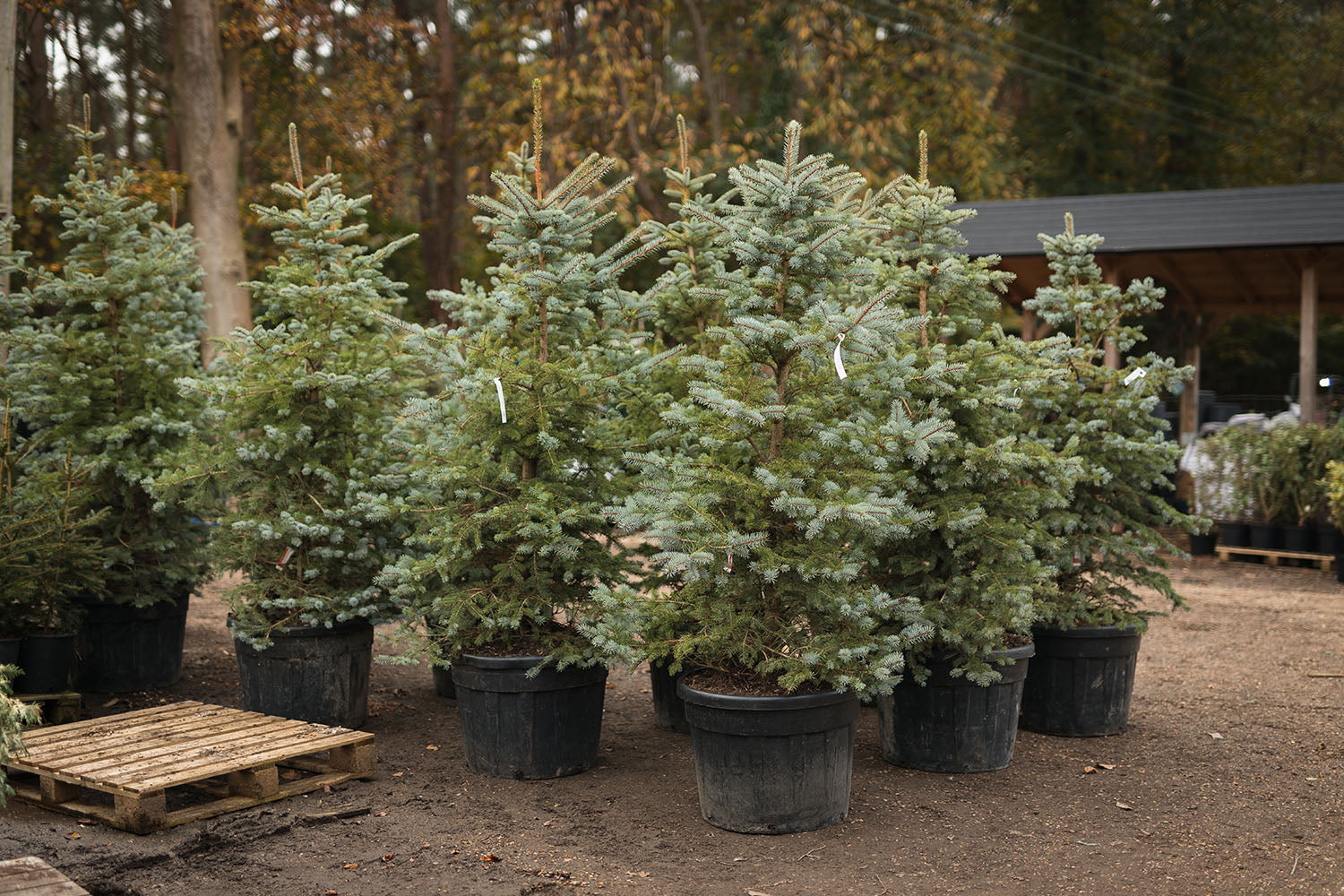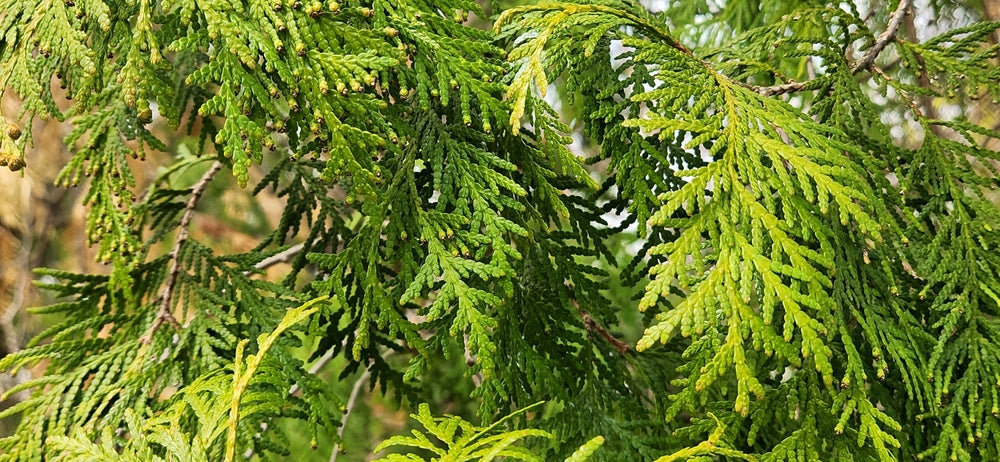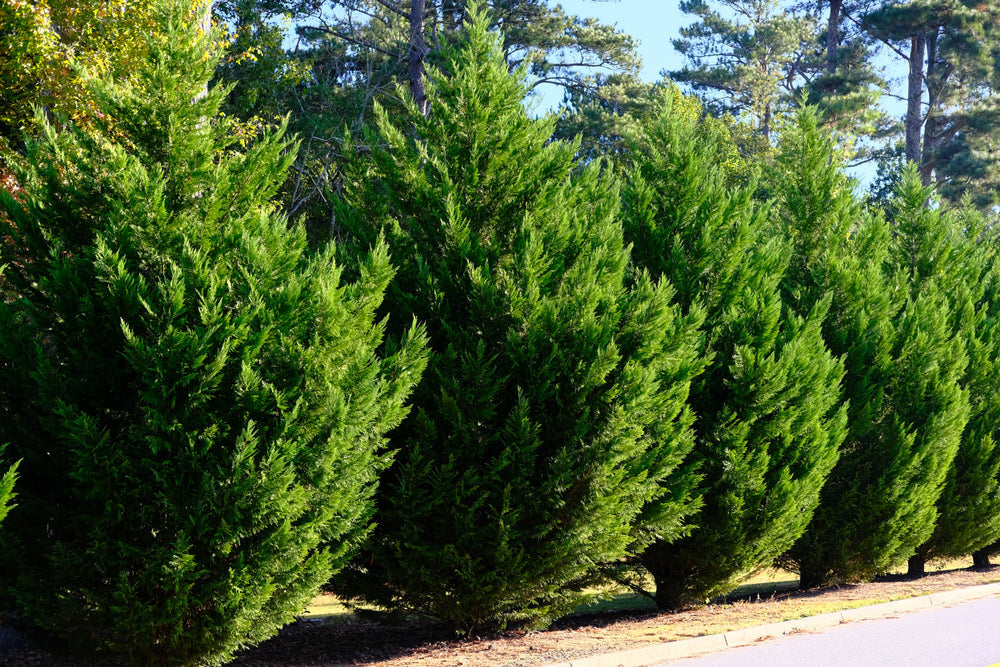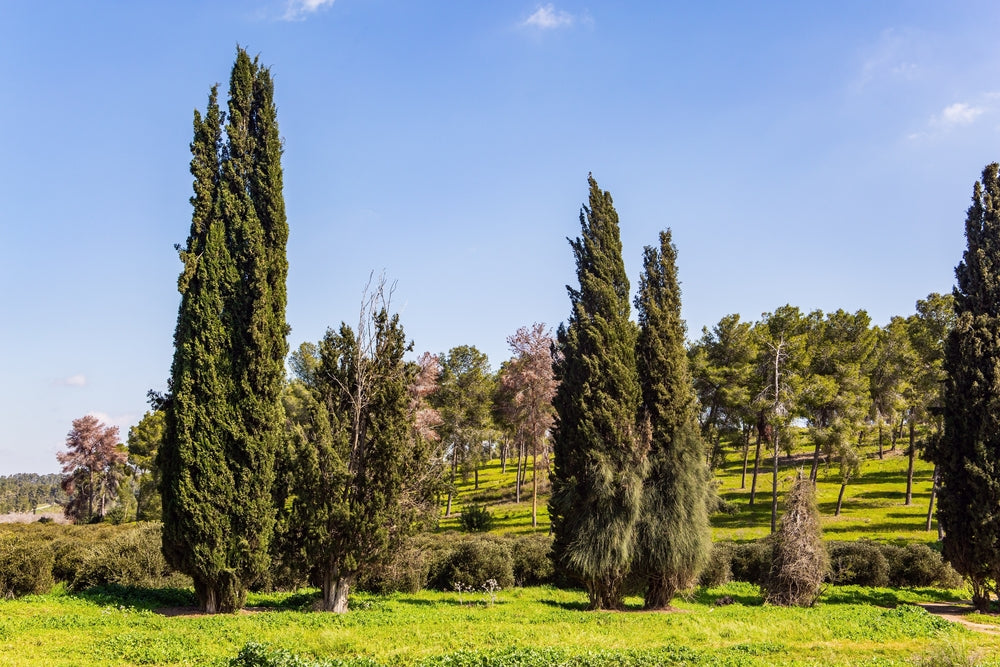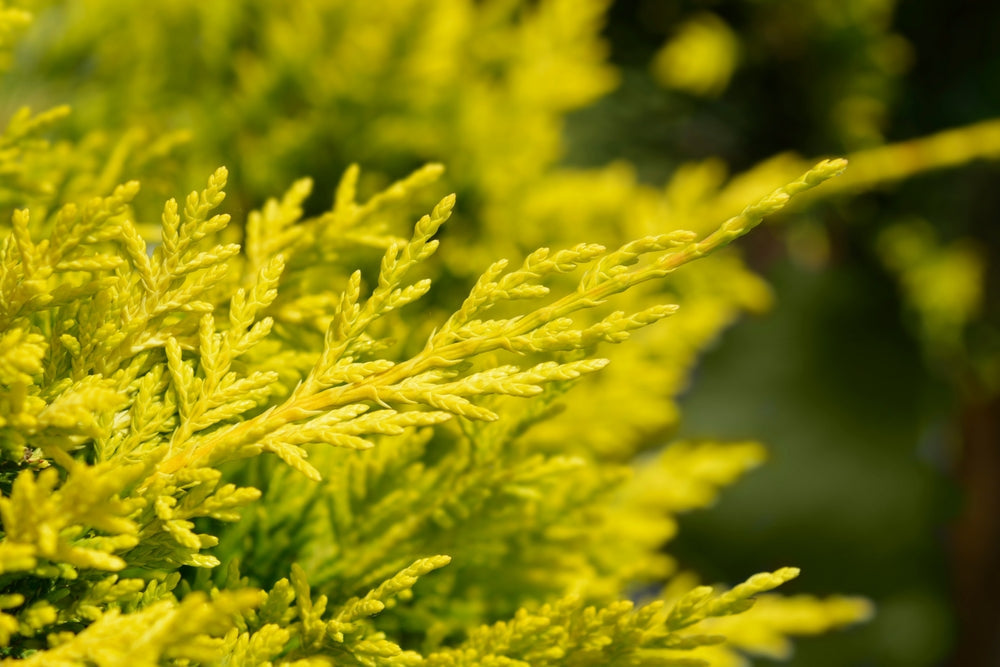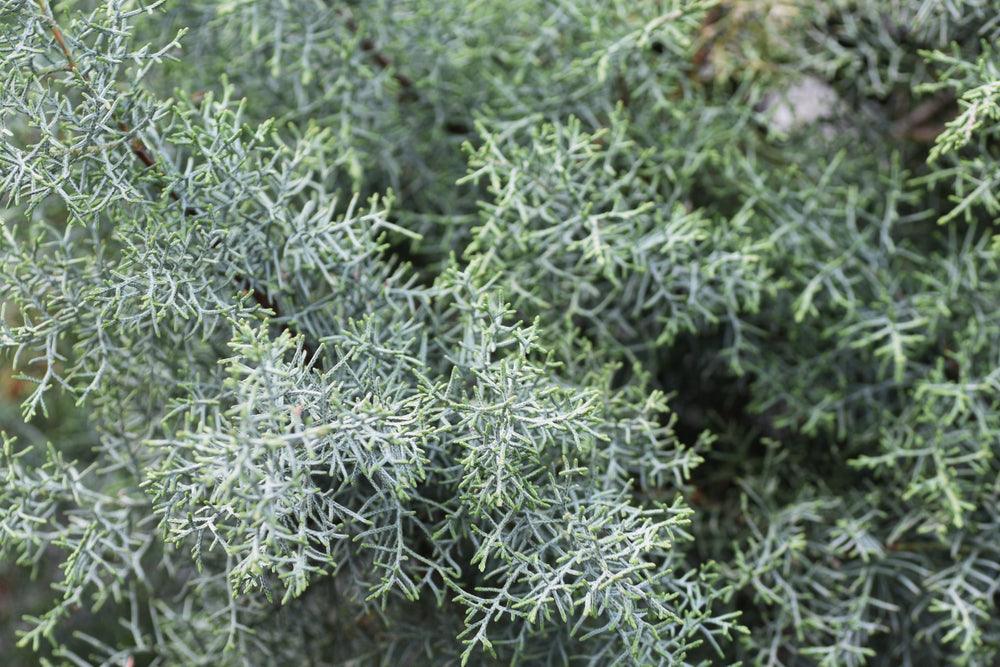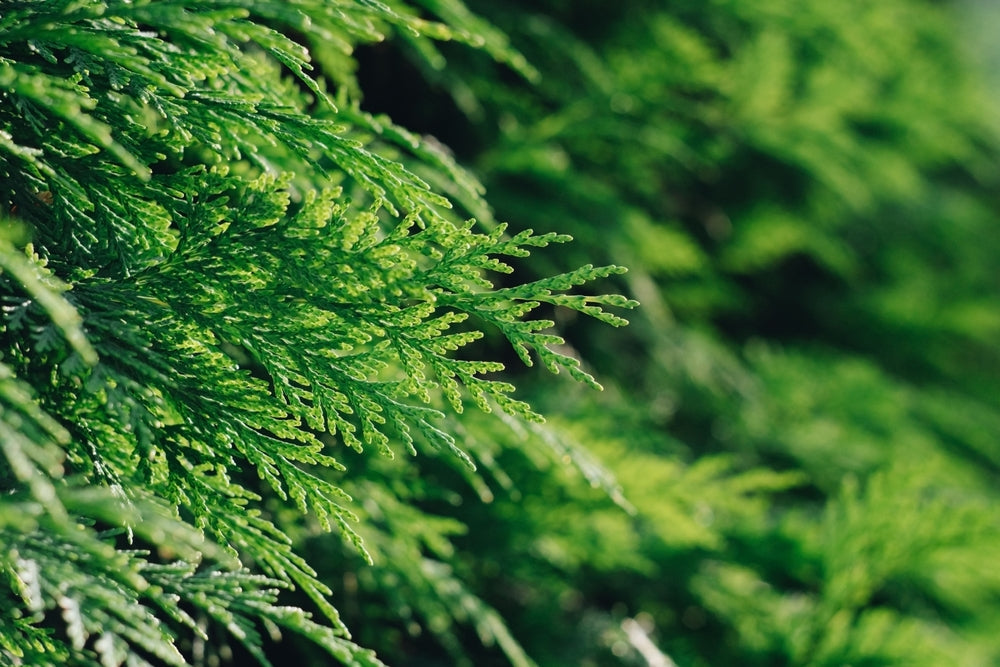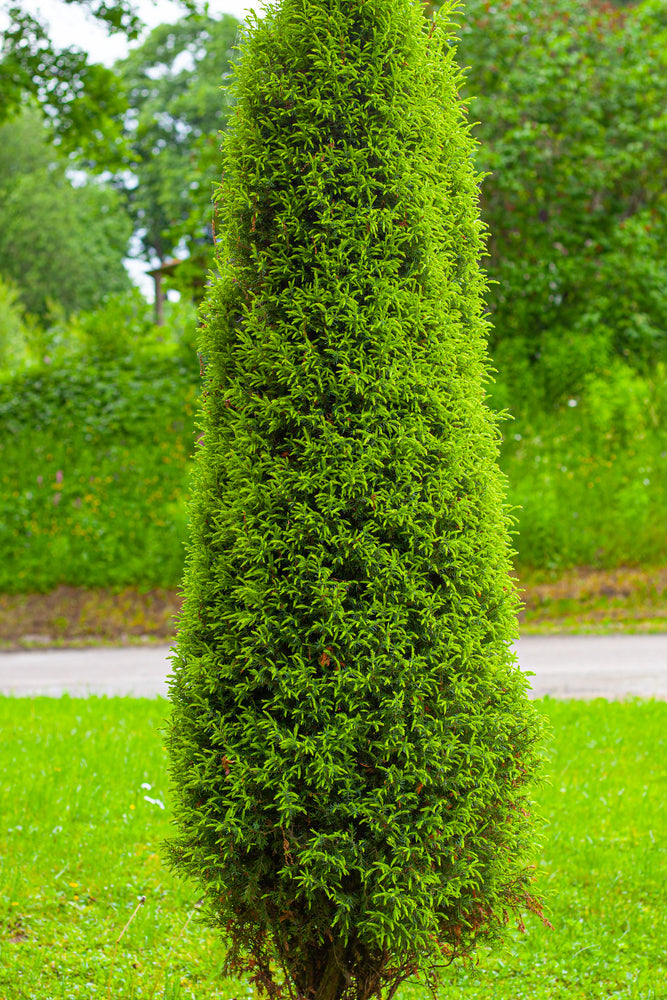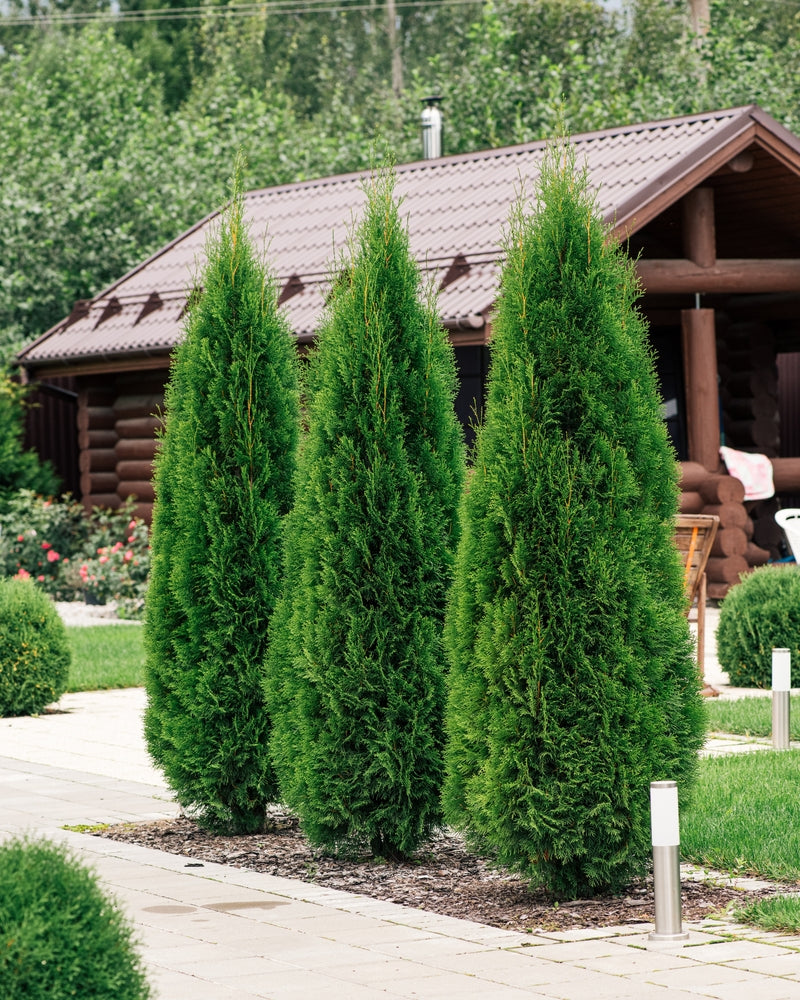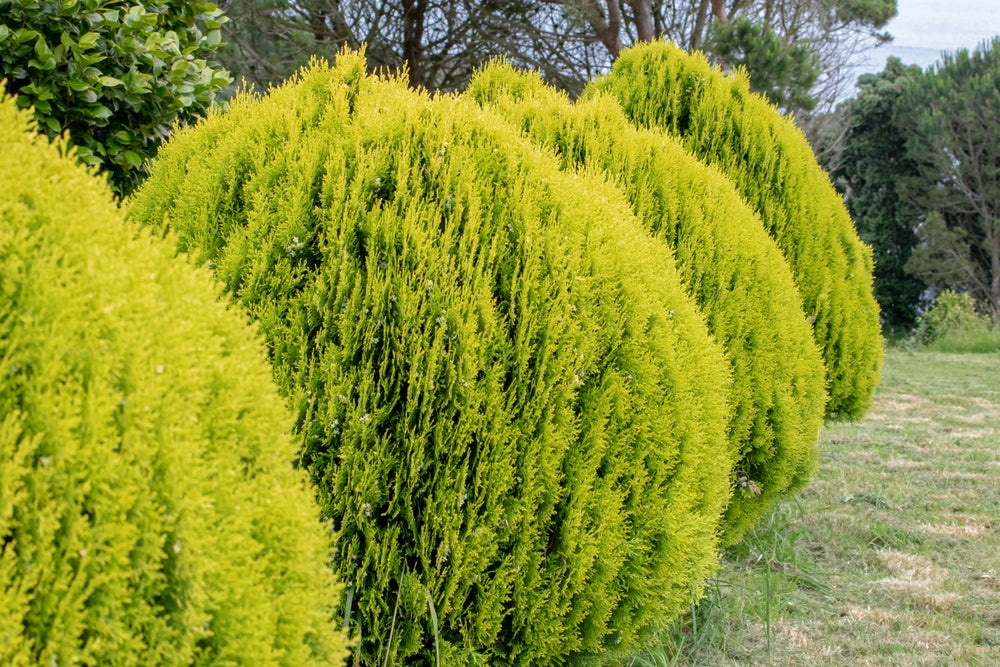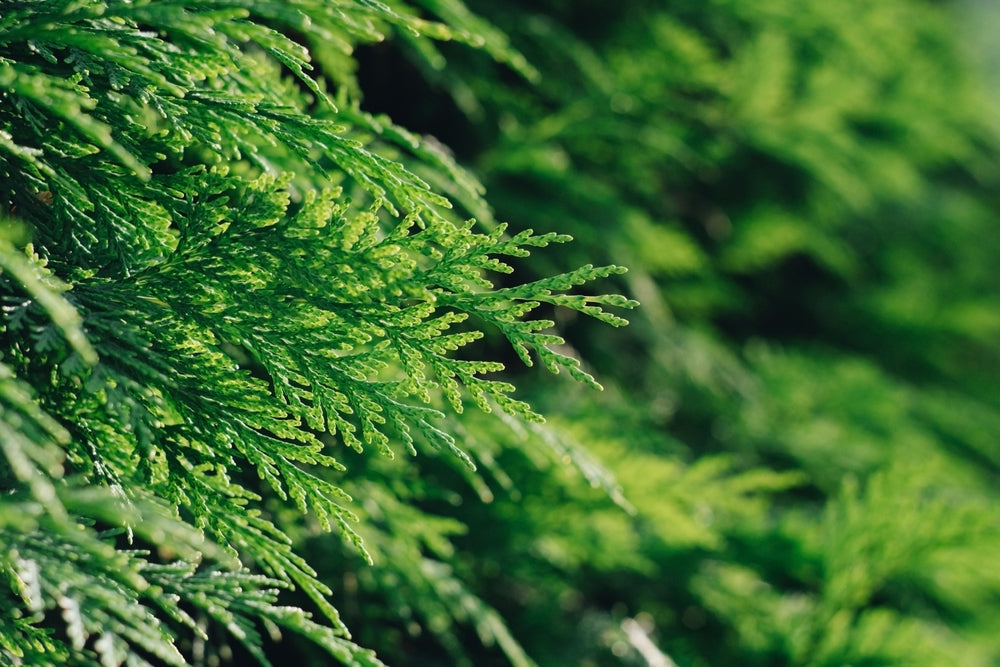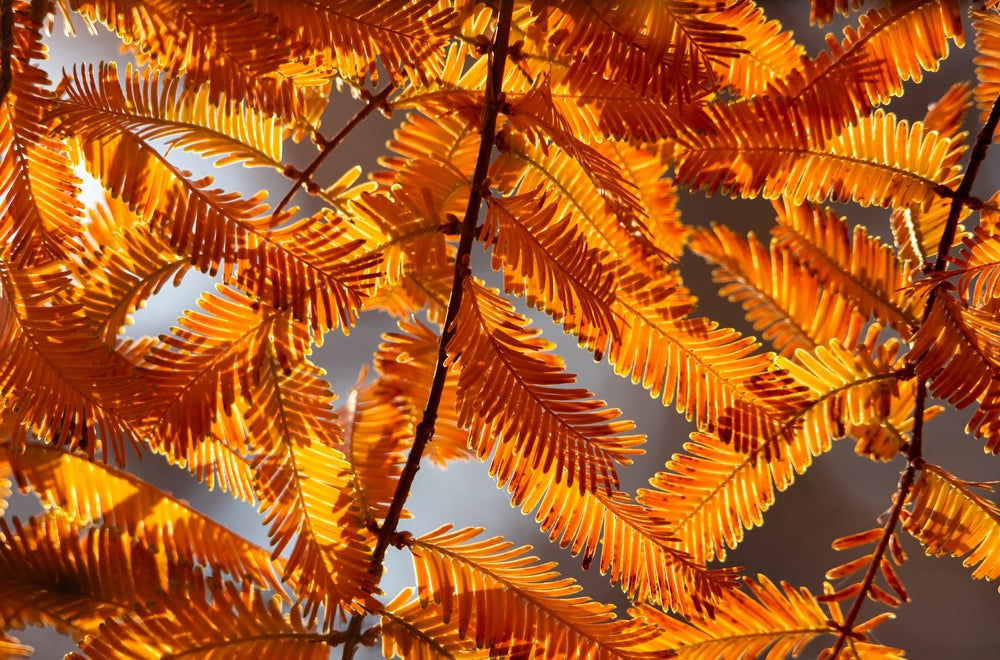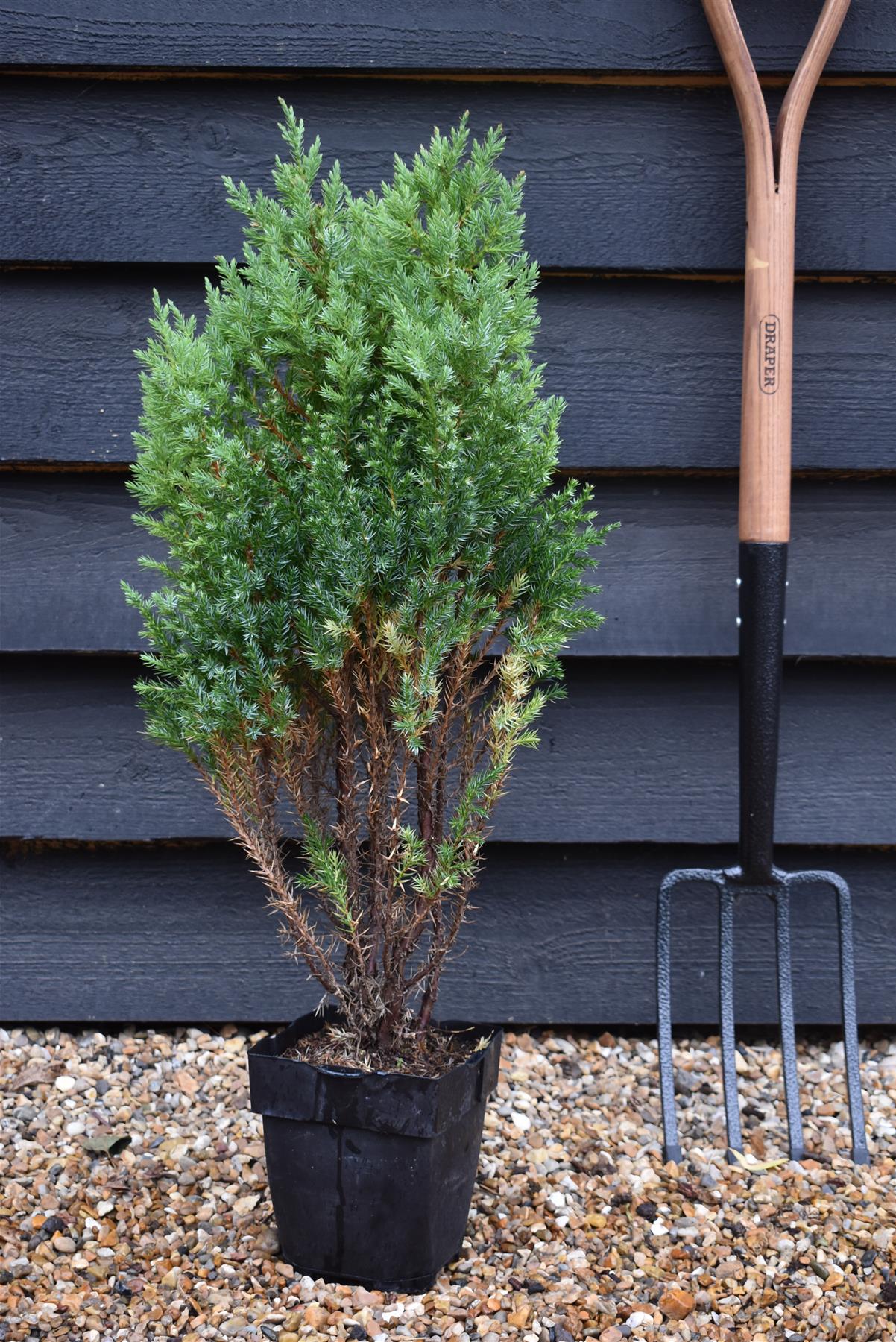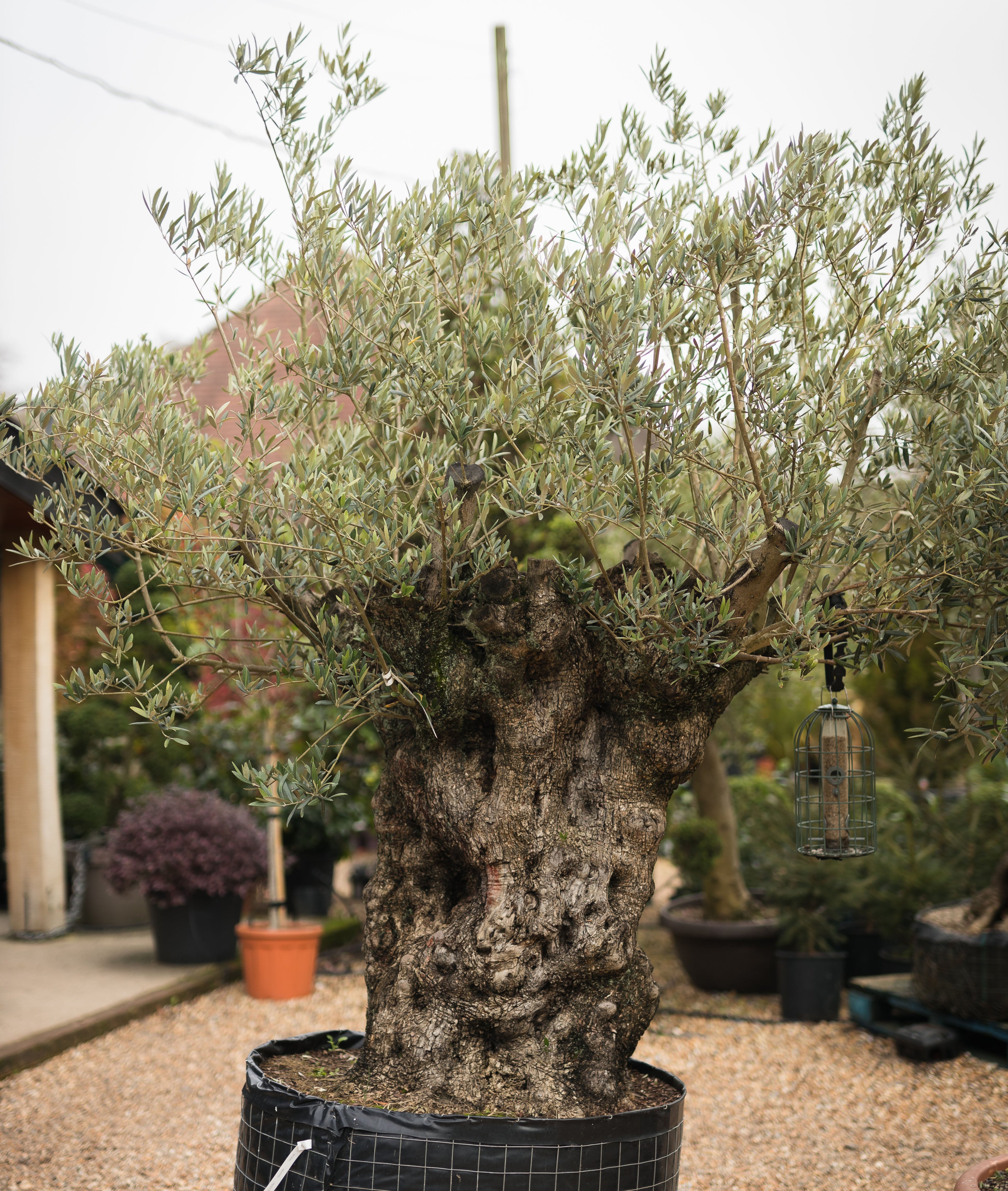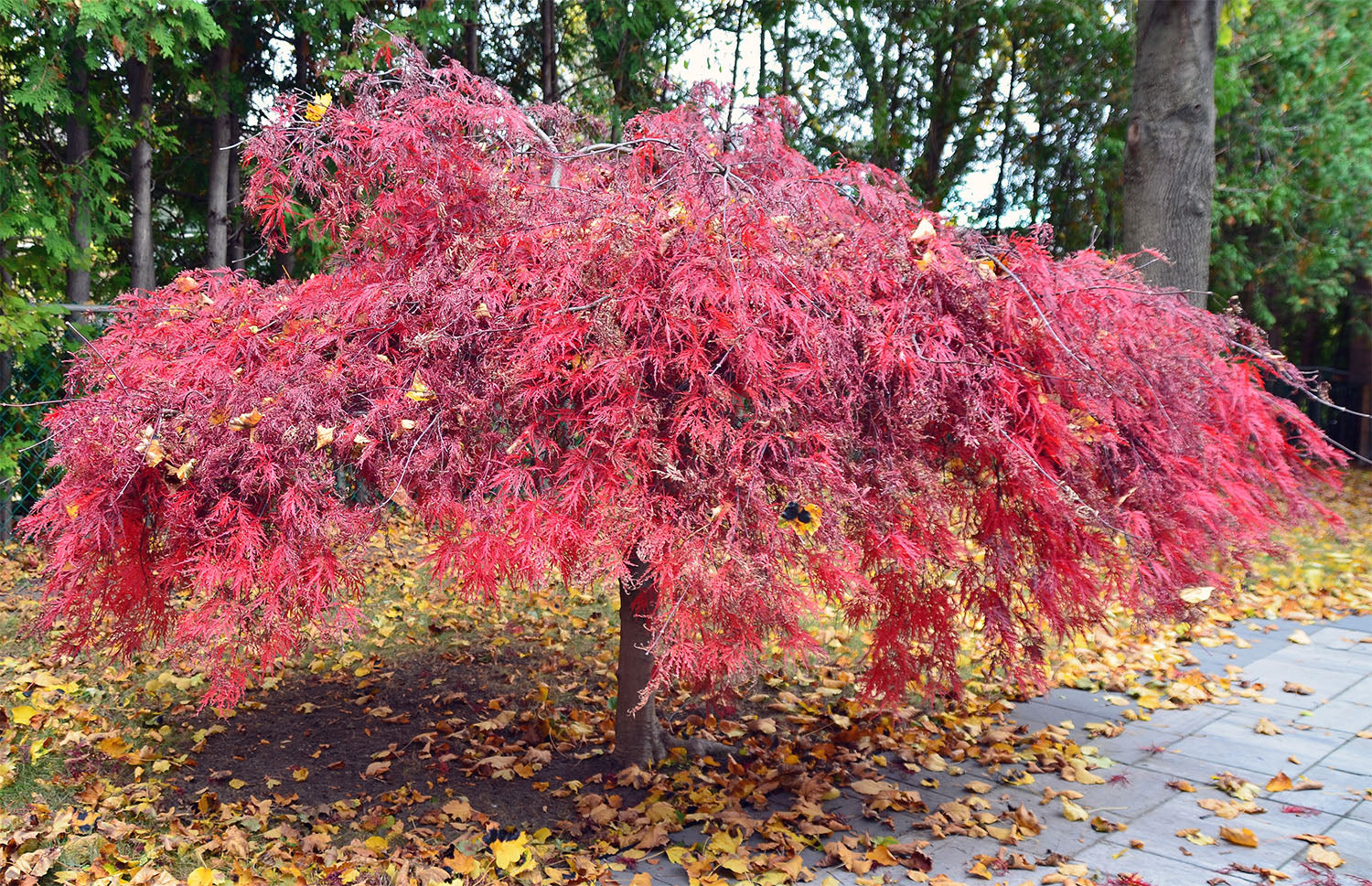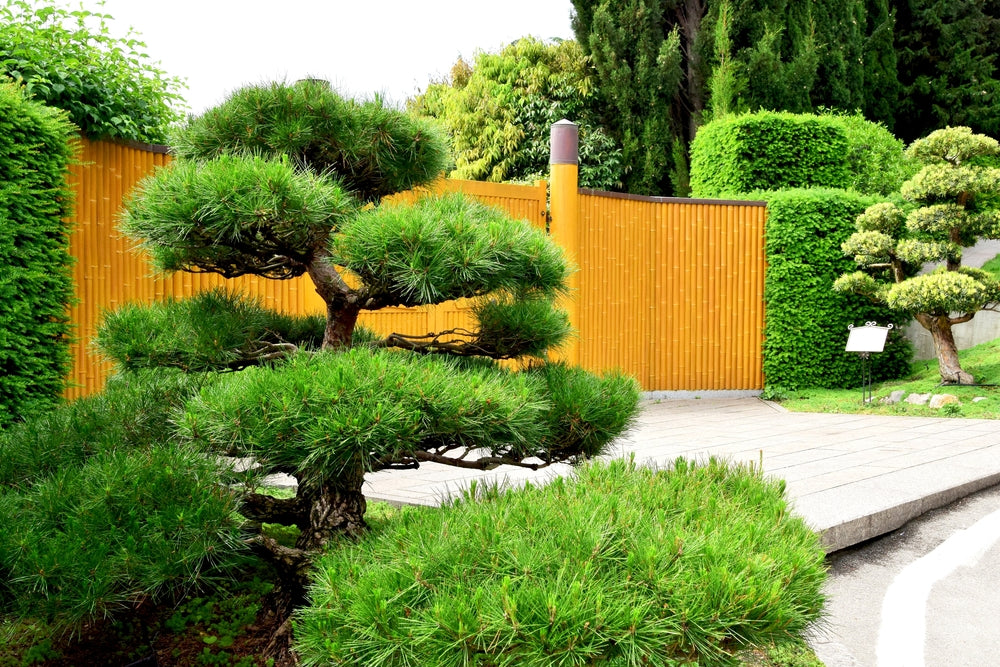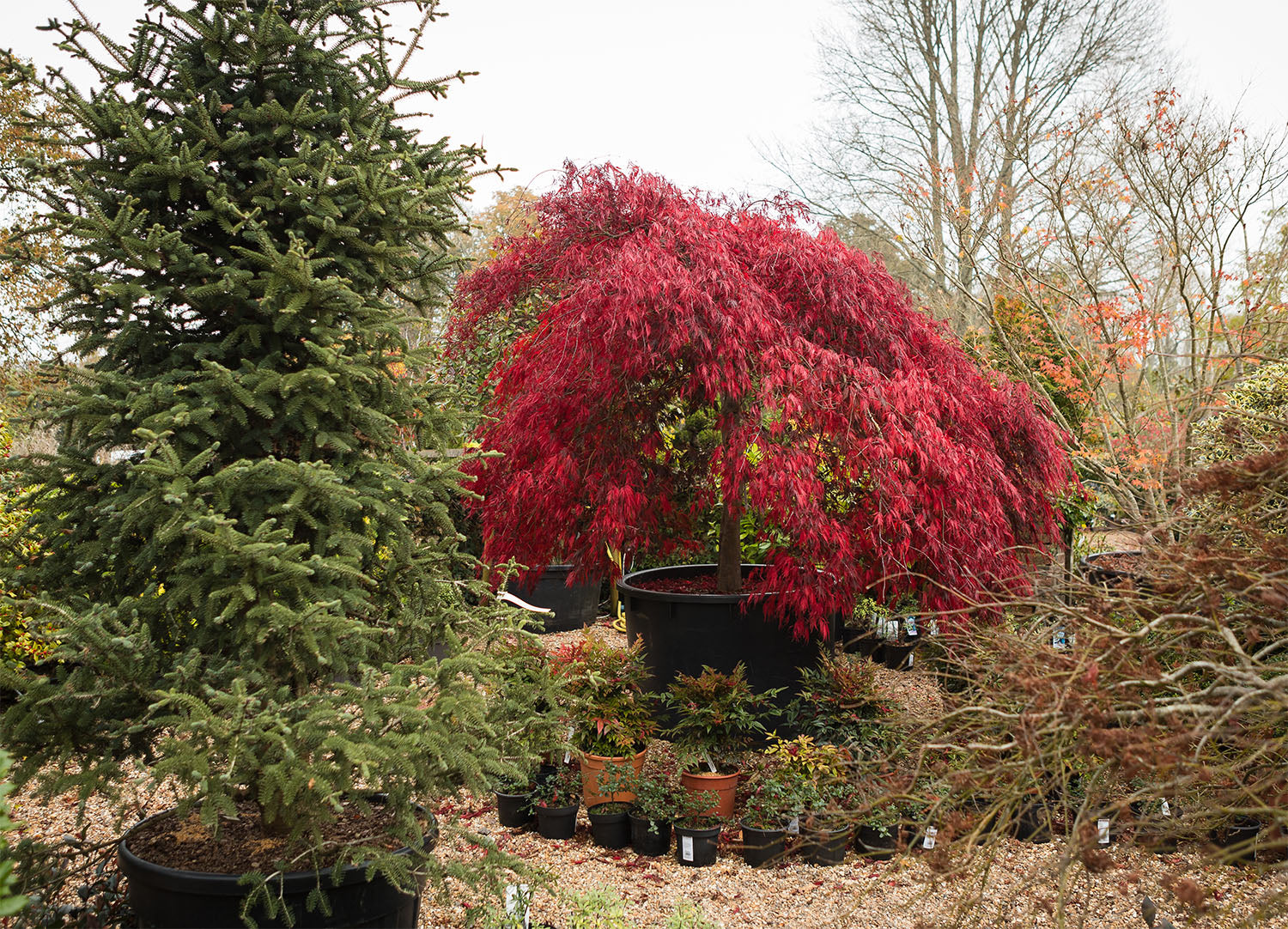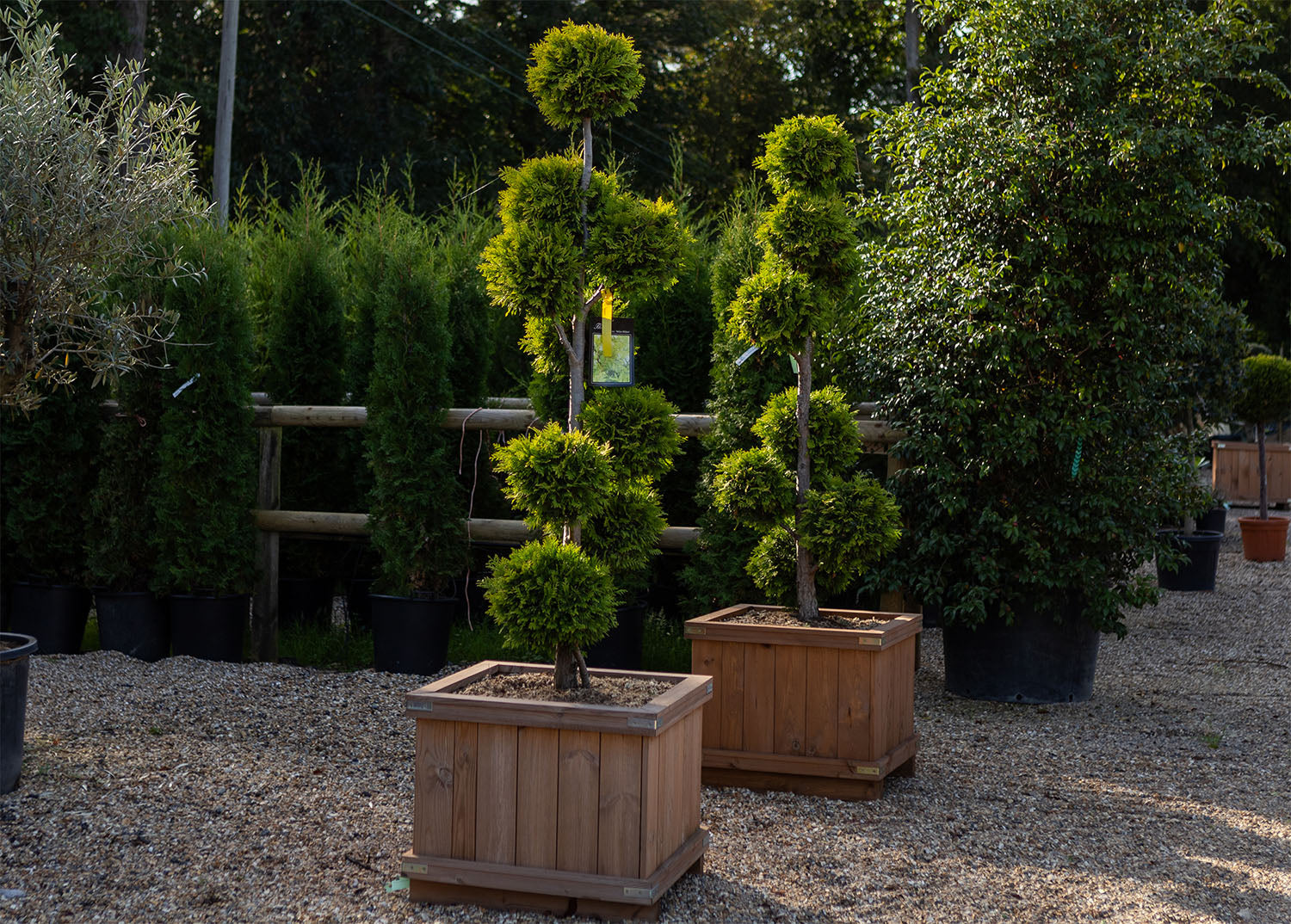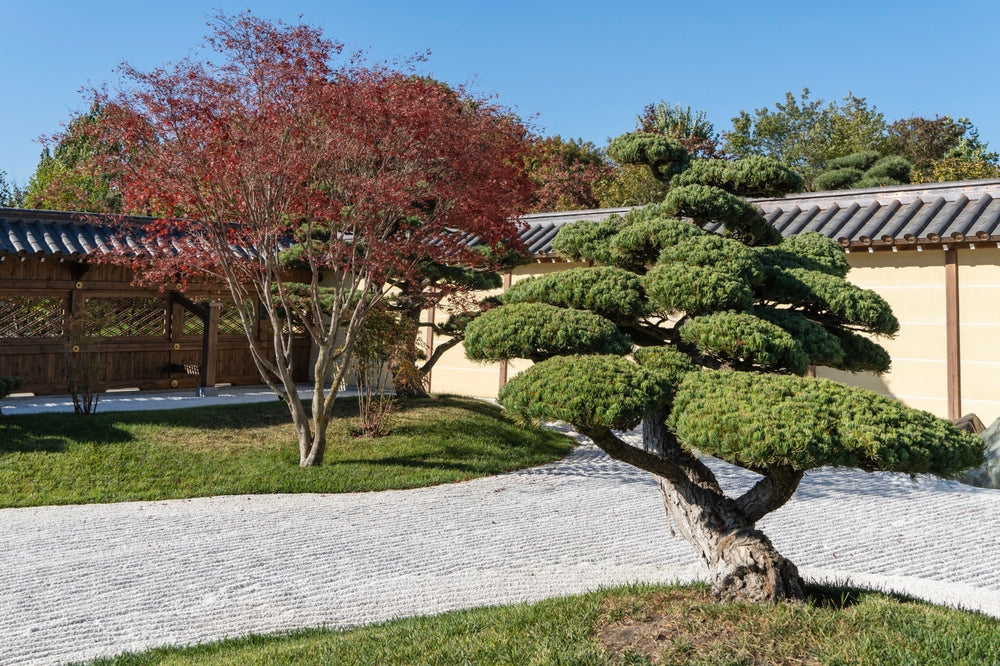Shrubs
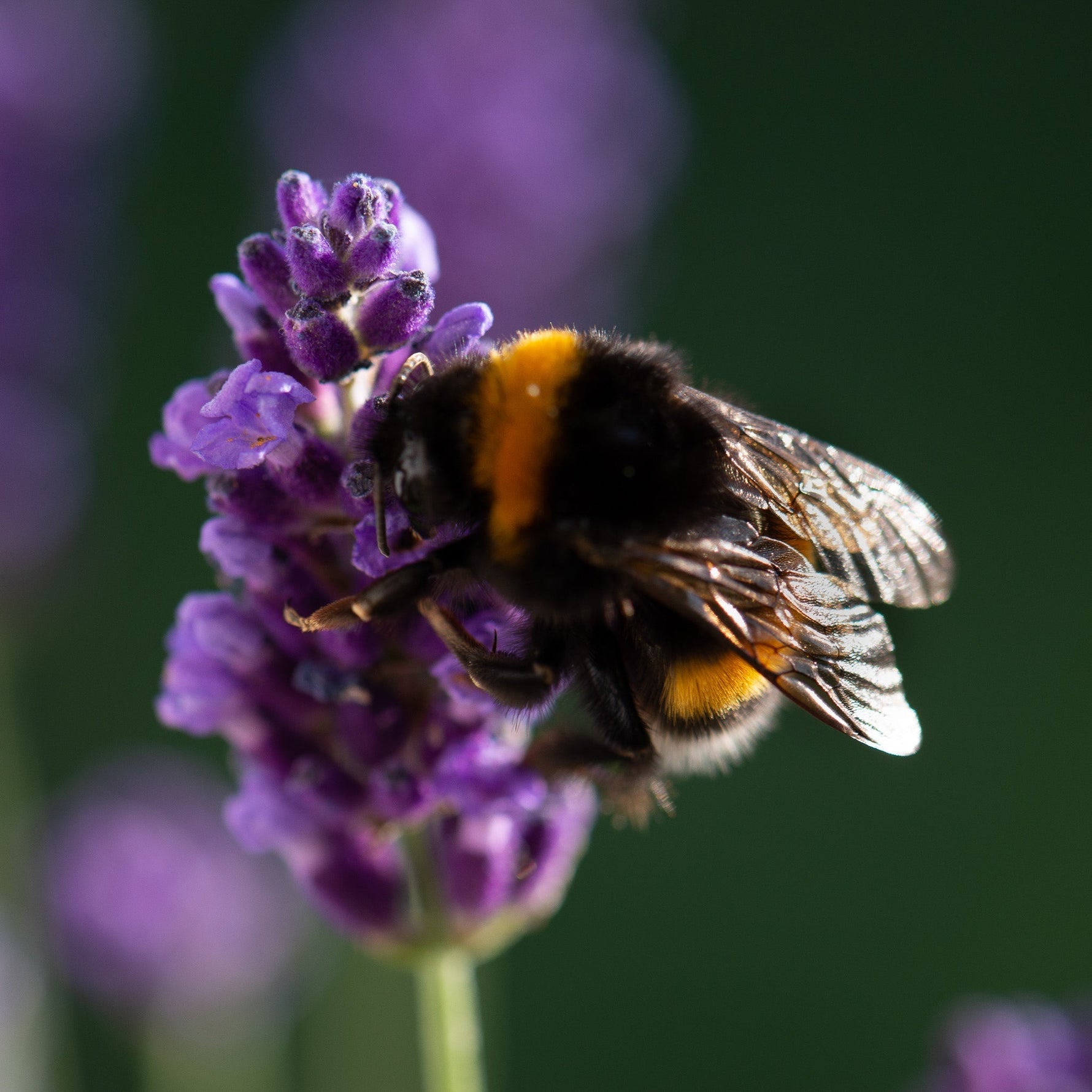
Shrubs
Best Trees & Shrubs for Pollinators and Wildlife
by Arundel Arboretum on Sep 24, 2025
The best UK gardens aren’t the tidy ones. They’re those full of shrubs and trees that attract pollinators and shelter wildlife. UK gardeners love knowing their gardens aren’t just beautiful, but buzzing with life and helping nature.
At Arundel Arboretum, we know just how important wildlife-friendly plants are for UK gardeners. That’s why we offer a wide range of trees and shrubs best for pollinators, from native species to other wildlife plants. If you are a beginner, we’ll be happy to help you choose the best wildlife shrubs and trees for your garden.
What Really Matters in UK Wildlife-Friendly Gardens
If you really want to create a garden that supports wildlife, it’s not enough to just plant a few bee-friendly trees and a couple of flowering shrubs. It’s worth taking a little time to think about how to create a good wildlife-friendly garden and how to choose the best plants for pollination. So, before you buy any plants and start planting, here are a few things to consider.
Native vs. Non-Native Plants for UK Wildlife Gardens
Are you considering growing UK native trees and shrubs for wildlife and pollinators? Maybe you’re wondering why that matters. Well, native plants have been living with local insects, birds, and mammals for thousands of years. They know each other well and get along well. With native plants, everything is much easier.
Here is why native plants for pollination are a great choice:
Excellent food sources - Native plants match the feeding needs of UK bees, butterflies, and other pollinating insects. Perfect timing - They bloom just when pollinators wake up in spring or prepare for the winter.Special relationships - Some pollinators rely on very specific native plants and wouldn’t survive without them.Healthier ecosystem - When the insects are well fed, the birds and small mammals are also taken care of, and the whole garden ecosystem is healthy.Low maintenance - Native UK trees and shrubs are adapted to UK soil and climate. They are easier to grow.Resilience - UK native plants are more resilient to UK pests and diseases. They do not need any special care.
When you know all this, it’s easy to understand why UK gardeners often prefer native trees and shrubs for their wildlife gardens. There’s also some sense of pride in nurturing the plants that truly belong here. Feels like celebrating our own natural heritage while giving something back to local wildlife.
How to Support Pollinators Through Every Season
Your wildlife garden needs to stay alive and active from January through December. Wildlife needs food and shelter throughout the year, so you have to find the right mix of plants to provide that. And no less important, seasonal interest will make your garden more enjoyable to you, too.
Here is an example of how to cover all four seasons in your wildlife garden:
Winter: Mahonia, Viburnum, or any other early-flowering shrub are perfect for early-emerging bees.Spring: Willow catkins, Crab Apple, and Ceanothus are great for bees, hoverflies, and butterflies. Summer: Lavender, Buddleja, and Hebe are essential to keep the insects buzzing since this is their peak.Autumn: Rowan berries and Cotoneaster feed garden birds and small mammals, such as mice and hedgehogs.
Best Low-Maintenance Trees and Shrubs for UK Gardens
Practicality matters too. UK soils aren’t all the same. Gardens can have clay, chalky, or sandy soil. So, if you want low-maintenance pollinator plants for UK gardens, you need to pick plants that are suitable for your soil. With the right choices, you won’t have much work around them. Your plants will take care of themselves.
Here are a few easy options that match different soils:
Clay soils: Hawthorn and Crab Apple do well in clay soils.Chalky soils: Viburnum and Ceanothus do well in chalky soils.Sandy soils: Lavender and Rosemary like drier soils.All-rounders: Hebe and Buddleja are tough and can adapt to various types of soil.
Best Wildlife Plants for Small UK Gardens
You don’t need a huge garden to have a wildlife garden. Even small gardens or patios can be enough for plants that attract pollinators. A single Crab Apple or Rowan Tree, with compact shrubs like Hebe and Lavender, can fit beautifully into small spaces. And if you don’t have a garden at all, you can grow them in containers. So, even a balcony can become a haven for butterflies and bees.
Wildlife-Friendly Trees and Shrubs for All UK Climates
As we all know, the climate is not the same all around the UK. So, when picking your wildlife-friendly plants, make sure they can grow well in your climate. Here are a few ideas for different regions
South & East (hotter, drier summers):
LavenderRosemaryCeanothusThese Mediterranean-style plants thrive in drier soils and full sun. They are also resistant to drought, so they are perfect for hotter climates.
North & West (wetter, windier weather):
Hawthorn Goat WillowRowanNorthern and western regions have a bit rougher climate, so hardy native trees that can tolerate rain and winds are ideal.
Coastal gardens (salty air, sandy soils):
Escallonia HebeSea BuckthornThese plants are perfect for coastal gardens because they can tolerate salty winds and sandy soils. Sea buckthorn is a classic coastal shrub and is often planted in dunes.
For more suggestions like these, visit us at Arundel Arboretum, and we can help you find the perfect combination for your area.
Different Types of Pollinators in UK Gardens
When thinking about pollinators, people usually picture honeybees. But it’s not only about bees. UK gardens support a wide range of pollinators. Here are just a few that you might welcome into your garden:
Bumblebees – Large, furry bees that need a lot of nectar.Solitary bees – Small, hardworking bees that love plants with open flowers so they can access nectar easily..Hoverflies – Often mistaken for wasps, great pollinators, and their larvae are eating garden pests.Butterflies – Beautiful creatures feeding on nectar from shrubs like Buddleja and Lavender.Moths – Active at dusk or night, when other insects are asleep, pollinating flowers such as honeysuckle.
The main thing to remember is to choose single-flowered plants. Double or heavily ruffled varieties may look stunning to us, but pollinators can struggle because the nectar and pollen are hidden deep inside or missing altogether
Best Native UK Trees for Pollinators & Wildlife
Now that we’ve covered what really matters when planting for wildlife, it’s time to get to know some of the best plants better so you can make your choice. Here are the top 5 UK native trees for pollination and wildlife gardens:
Crab AppleCrab apple is a small, but powerful tree. In spring, its flowers are rich in nectar and pollen. Later, it bears fruit that feeds birds, and in autumn, fallen apples provide food for mammals like badgers and foxes. Ideal for smaller gardens that want to add value to wildlife.
HawthornFew trees are as important for UK wildlife as the common hawthorn. It's a generous tree with spring blossom, perfect for pollinators. Its dense foliage and thorny branches create safe nesting spaces for small birds. In autumn, haws feed birds and small mammals. This tree is a part of traditional British landscapes.
RowanAlso known as the mountain ash, rowan is highly valuable for wildlife. Its spring flowers attract various pollinating insects, while in autumn, its red berries are a feast for birds. Rowan thrives in many soil types and climates, making it a great choice for gardens of all kinds.
Pussy WillowPussy willow is one of the earliest sources of nectar and pollen in the UK. It’s a crucial food source for bees and queen bumblebees after hibernation. Later in the year, its leaves support moth and butterfly caterpillars, which in turn provide food for hungry birds
Silver BirchSilver birch (Betula pendula) is one of the best trees you can plant for wildlife in the UK. It supports more than 300 different insect species, including many moths and butterflies, more than any other tree. Compared to other birches, silver birch has one more advantage. It copes better with different types of soil.
Best Shrubs for Pollinators & Wildlife
Shrubs are some of the easiest ways to bring life into a garden. Here are top 10 wildlife -friendly shrubs perfect for UK gardens:
Lavender Rich nectar source through summerLoved by bees, butterflies, and hoverfliesEvergreen, adds cover and structure for wildlifeThrives in dry soil, perfect for low-maintenance wildlife gardens
RosemaryFlowers as early as late winterSource of nectar when little else is in bloomEvergreen, offering cover all year roundThrives in sunny, dry spots with minimal care
BuddlejaKnown as the “butterfly bush”Attractive to butterflies, bees, and hoverfliesFlowers from July to early autumnNeeds pruning to control growth and boost blooms
MahoniaFlowers in winter when nectar is scarceSupports early-emerging pollinatorsProduces berries for birds in springEvergreen, hardy, and low-maintenance
CeanothusLots of nectar-rich flowers in springAttractive to bees, hoverflies, and other early pollinatorsEvergreen foliage gives cover and structure all year roundPerfect for sunny, sheltered spots
ViburnumSpring flowers perfect for bees, hoverflies, and butterfliesSummer and autumn berries for garden birdsEvergreen species (V. tinus) give winter cover and flowersDeciduous species (V. opulus) add seasonal wildlife value
BerberisIts spring flowers are rich in nectar Autumn berries provide food for birds and small mammalsDense growth offers safe nesting cover for birdsHardy and low-maintenance, useful for hedging
HebeLong flowering season, often from summer into autumnLots of nectar for bees, butterflies, and hoverfliesEvergreen foliage provides cover for wildlife Ideal for smaller gardens and patios
EscalloniaClusters of flowers from early summer into autumnProvides nectar during the warmer monthsDense, evergreen foliage offers shelter for birds year-roundIdeal for seaside gardens
CotoneasterSmall flowers in late spring and summerBerries in autumn and winter to feed birdsDense branches offer nesting sites for small birdsHardy and easy to grow
WisteriaCascades of fragrant flowers in late springNectar-rich blooms that attract bees in large numbersBest for walls, arches, and pergolas in larger gardensNeeds heavy pruning, but it’s very rewarding
Create a Wildlife Garden with Arundel Arboretum
If you’re now ready to turn your garden into a haven for bees, butterflies, and birds, we’d love to help you choose the perfect mix of trees and shrubs. At Arundel Arboretum in Chichester, West Sussex, you’ll find everything from much-loved native trees to colourful ornamentals that keep pollinators busy for longer. Come and visit us to see our wide range of wildlife-friendly trees and shrubs, or explore our online store to find the perfect plants for your garden.

Shrubs
Wisteria for UK Gardens: How to Choose, Grow and Care for This Iconic Climber
by Arundel Arboretum on Jun 12, 2025
Wisteria is one of the most loved flowering climbers in UK gardens. In spring, there is nothing quite like its cascading, fragrant blooms spilling over pergolas, doorways, or stone walls. They bring a timeless sense of nostalgia and romance to old houses, historic estates, and traditional English cottages. Once established, Wisteria grows quickly and doesn’t need much care. It’s impressively long-lived, and will reward you with beautiful blooms year after year.
No wonder wisteria is such a popular choice among our customers at Arundel Arboretum. We offer a wide selection of wisteria varieties, from classic purple blooms to softer shades of white and pink. If you’re thinking about buying wisteria and adding it to your garden, this guide will help you choose the right variety. You’ll also find plenty of helpful tips on how to grow and care for it successfully.
Choosing the Best Wisteria for UK Gardens
Which wisteria is right for you:
• The most fragrant wisteria? Try Brachybotrys• Wisteria with longest cascades? Choose Macrobotrys.• Fast-growing wisteria? Go with Sinensis• Best wisteria for small gardens & patios? Wisteria clear stem or wisteria umbrella-trained form.• Best wisteria for pergolas and walls? Sinensis or Floribunda trained on cane or arches.
Choosing the right wisteria can feel a bit overwhelming. To help you decide, here are the best wisteria varieties we offer at Arundel Arboretum and what makes each of them special.
Wisteria brachybotrys – Silky Wisteria - Fragrant, Compact and Beautiful.
This wisteria has large velvety leaves, sweet scent, and slightly less vigorous growth compared to other varieties. It is perfect for smaller gardens and gardeners that are enchanted by its sweet fragrance. In our arboretum, we offer:
Wisteria brachybotrys ‘Iko yama Fuji’
A compact, beautifully scented wisteria with plenty of soft lilac flowers that won’t overwhelm smaller spaces.
Wisteria brachybotrys ‘Showa-beni’
A vigorous climber with pale pink blooms, yellow centres and strong, pleasant fragrance that fills the garden in late spring.
Wisteria brachybotrys ‘Golden King’
Notable for its golden green foliage that turns bright yellow in autumn and pale violet to lavender-blue flowers with sweet and pleasant fragrance.
Wisteria sinensis – Chinese Wisteria – Vigorous, Free-Flowering and Reliable
Chinese wisteria is known for its anticlockwise-twining stems, early and abundant flowering, often before the leaves appear, and beautiful sweet fragrance. It is very vigorous and ideal for large pergolas, walls, and archways. We offer:
Wisteria sinensis ‘Prolific'
As the name suggests, this variety delivers masses of fragrant, purple-violet flowers. Ideal for everything from sunny walls to centrepiece containers. It flowers at a younger age compared to other varieties.
Wisteria sinensis ‘Alba’
Elegant variety with pure white, fragrant flowers that open before the leaves appear. A great choice if you’re after a softer, more classic look that blends beautifully with both cottage-style and more minimalistic gardens.
Wisteria sinensis ‘Shiro Kapitan Fuji’
Known for masses of highly fragrant, snow-white flowers, golden yellow leaves in autumn, and vigorous growth. Perfect for gardeners who want a strong climber that offers year-round interest, not just spring blooms.
Wisteria floribunda – Japanese Wisteria
Japanese wisteria is famous for its breath-taking racemes, sometimes reaching up to a metre. Flowers open gradually from top to bottom, and create a stunning waterfall effect from late spring to early summer. The most popular is:
Wisteria floribunda ‘Macrobotrys’
One of the longest-flowering wisterias, with violet-purple blooms and yellow centres on racemes that can exceed 1 metre in ideal conditions. Its graceful, trailing habit is perfect for large pergolas or feature walls.
Wisteria Forms Available at Arundel Arboretum
We offer our wisteria varieties in a range of beautifully trained shapes to suit all kinds of gardens. Whether you’ve got a spacious garden or a small patio, there’s a shape that will be perfect for you.
• Cane-trained climbers – Great for covering fences, walls, or pergolas. Easy to train and perfect for varieties like Prolific, Golden King, and Macrobotrys.• Clear stem / Standard forms – Neat and upright, ideal for pots, patios, or adding structure to borders. Popular options include Showa-beni and Alba.• Umbrella / Roof espalier – Trained for a dramatic, cascading effect. Perfect over seating areas or as a standout feature on the patio. Try Prolific or Shiro Kapitan Fuji.• Arch or frame-trained – Ready-made focal points for entrances or walkways, ideal for instant impact. Look out for our Sinensis Arch Mix.
Where to Plant Wisteria in the UK for Best Flowering Results
Wisteria is a tough plant and can easily survive UK winters, making it suitable for all UK regions. It tolerates temperatures as low as -15°C to -20°C. However, young plants may need a bit of protection during their first winter, particularly in exposed gardens. While the plant itself is hardy, flower buds can be damaged by late spring frosts, especially in colder areas.
Wisteria thrives in sunny places with at least six hours of direct sunlight each day. South or west-facing walls are ideal for abundant blooms. Try to avoid overly exposed and windy spots because they can damage young shoots.
It grows best in moist but well-drained soil that’s neutral to slightly acidic or alkaline. It doesn’t like waterlogged conditions. It prefers loamy and sandy soil rich with organic matter. Still, avoid soil that is too fertile as it can lead to lots of leafy growth but fewer flowers.
How to Train Wisteria on a Pergola or a Wall
With the right support and a bit of guidance, wisteria can become one of the most beautiful features in your garden. Here are some simple tips to help you train it properly, whether on pergola or a wall.
Training Wisteria on a Wall
1. Start by fixing strong horizontal wires to the wall. Make them 30 cm apart.2. Use vine eyes to leave a bit of space between a wall and the wires. This is important for the air to circulate.3. Plant wisteria about 30-45 cm away from the wall.4. As it grows, choose a few strong shoots and tie them to the wires. Spread them to create a fan shape.5. Prune to keep it tidy and encourage lots of flowers.
Training Wisteria on a Pergola
1. Make sure the pergola is strong enough as wisteria can get quite heavy over time.2. Choose the right variety. Japanese wisteria is ideal for pergolas because of its long trailing flowers.3. Plant it 30-45 cm from the base of the post.4. Guide the main stems up the pergola posts and tie them in as they grow.5. When they reach the top, train the side shoots along the crossbeams to create a canopy.6. Trim down any extra shoots to give flowers space to hang.
Twisting Direction and Why It Matters
Different types of wisteria twist in different directions. The best practice is to let them follow their natural growth.• Wisteria sinensis (Chinese wisteria) twines anticlockwise.• Wisteria floribunda (Japanese) and Wisteria brachybotrys twine clockwise.If you try to force stems in the opposite direction, it can stress the plant and slow its growth. Knowing which way your wisteria naturally grows, makes training so much easier.
When to Prune Wisteria in the UK
Wisteria needs pruning twice a year to keep it the neat and tidy and make sure it gives a lot of flowers. Its reputation of being difficult to prune isn’t really deserved. Once you understand the basic routine, it becomes an easy job. The key is being consistent. The young wisteria should not be pruned until it covers the wall or pergola.
In the UK, the first prune is best done in summer, in July or August. That’s when you cut back the long, whippy shoots to just above five or six leaves. The second prune should be in winter, in January or February, when you trim those same shoots even further, down to two or three buds. This winter prune will help wisteria produce a lot of flowers when spring arrives.
How to Feed Wisteria Plants & General Care
To keep your wisteria healthy and help it put on a spectacular display, feeding and watering properly is essential.• Feeding: Proper feeding boosts flower production. The best fertiliser for wisteria is a balanced slow-release fertiliser with an NPK of around 10-20-10. Try fertilisers like Growmore or Fish, Blood and Bone. Apply it in spring at the recommended rate. If the soil is sandy, you can add a bit of sulphate of potash for extra support. For wisteria grown in containers, use liquid tomato fertiliser, Phostrogen, Miracle-Gro or a similar flowering plant food. Apply it every couple of weeks during the growing season. Avoid high-nitrogen fertilisers, which encourage the leaf growth instead of flowers.• Watering: Water newly planted wisteria regularly to help it establish strong roots. Once established, wisteria is tolerant to drought, but it needs regular watering during hot weather. Do not overwater as it hates waterlogged conditions. If you are growing wisteria in containers, water when the top of the soil feels dry.• Mulching: A layer of organic mulch around the base helps retain moisture and suppress weeds. Apply around 5 cm and keep it away from the stem to prevent the rot.
Common Wisteria Issues and How to Fix Them
Even though wisteria is generally easy to grow, a few common issues can pop up along the way, but most are simple to fix with the right approach.
1. Not Enough FlowersThis is the most common problem with wisteria plants. It’s usually caused by too much nitrogen in soil, poor pruning, or planting an inadequate plant.How to Fix: Avoid fertilisers high in nitrogen, prune twice a year and make sure you bought a plant that is grafted or at the age of flowering.
2. Overgrowth and TanglesWisteria is a vigorous grower and it can become a tangled mess if you let it.How to Fix: Be consistent with pruning routine – prune twice a year, in summer and winter.
3. Leaves Turning YellowIt can be poor drainage and lack of nutrients.How to Fix: Make sure the soil is not soggy and drains well. Apply balanced fertiliser in spring.
4. Parts of the Plant Dying BackIt might be root rot, honey fungus, damage from wind, or old age.How to Fix: Check for signs of fungal issues. Make sure the soil is not waterlogged. Cut back any dead wood or affected stems.
5. Pests and DiseasesWisteria is generally resistant to pests, but sometimes aphids or scale insects can become a problem.How to Fix: Wash them off with water or spray with a mild insecticidal spray if needed.
6. Collapsing or Poor SupportAs it gets older, wisteria can get quite heavy. If the structure is not strong enough, the plant may start to sag or collapse.How to Fix: Use strong, permanent supports. Regularly check and replace ties as the plant grows.
Conclusion
As you can see, Wisteria is a low-maintenance plant that brings beauty, fragrance, and a touch of romance to your garden. With so many varieties to choose from, there’s something to suit every space.
If you’re ready to add one to your garden, visit us at Arundel Arboretum, in Chichester, West Sussex, or explore our online store to find the perfect wisteria variety. If you need any help, our friendly team is always ready to offer advice or assist you in finding your perfect wisteria.


